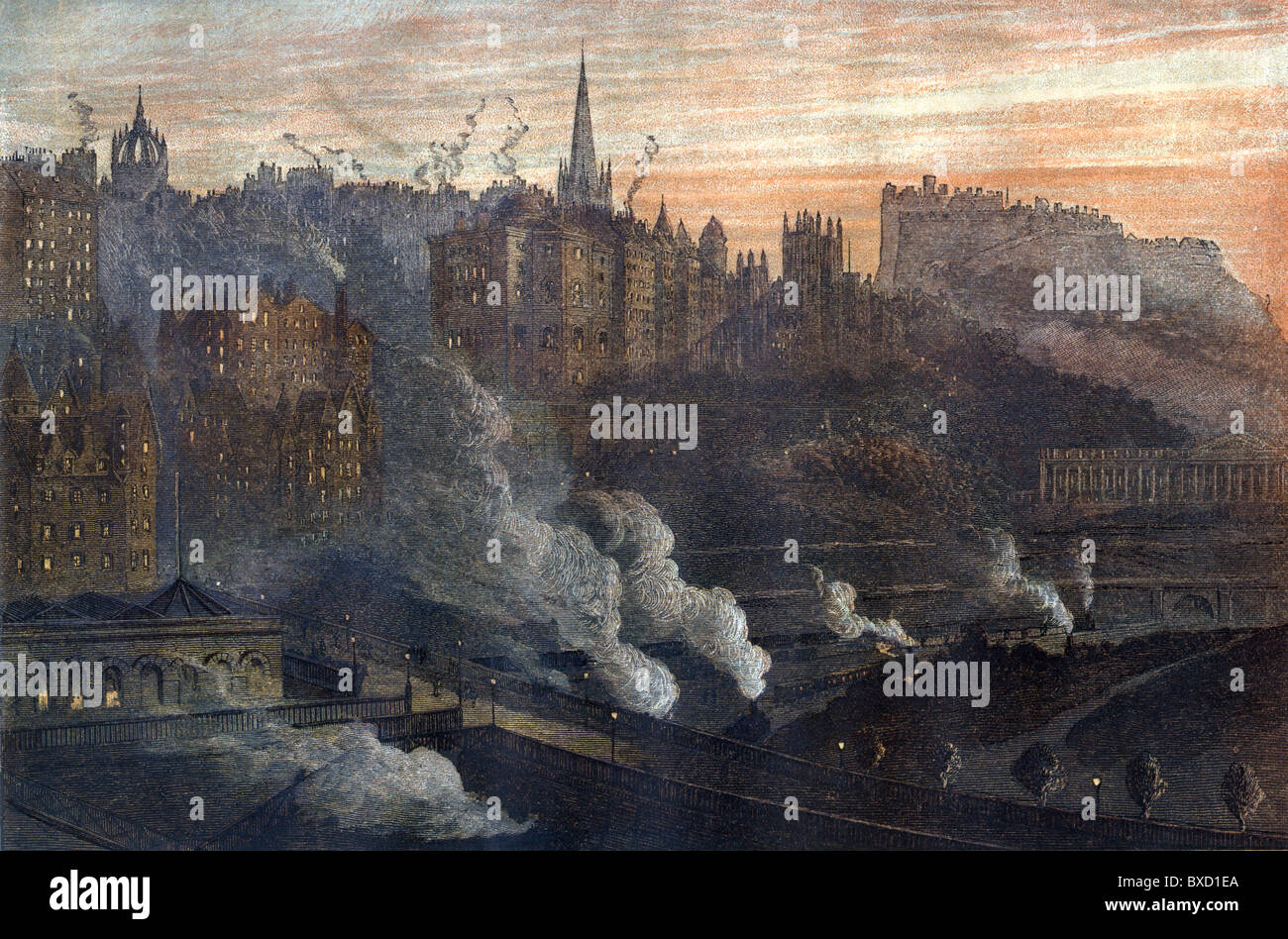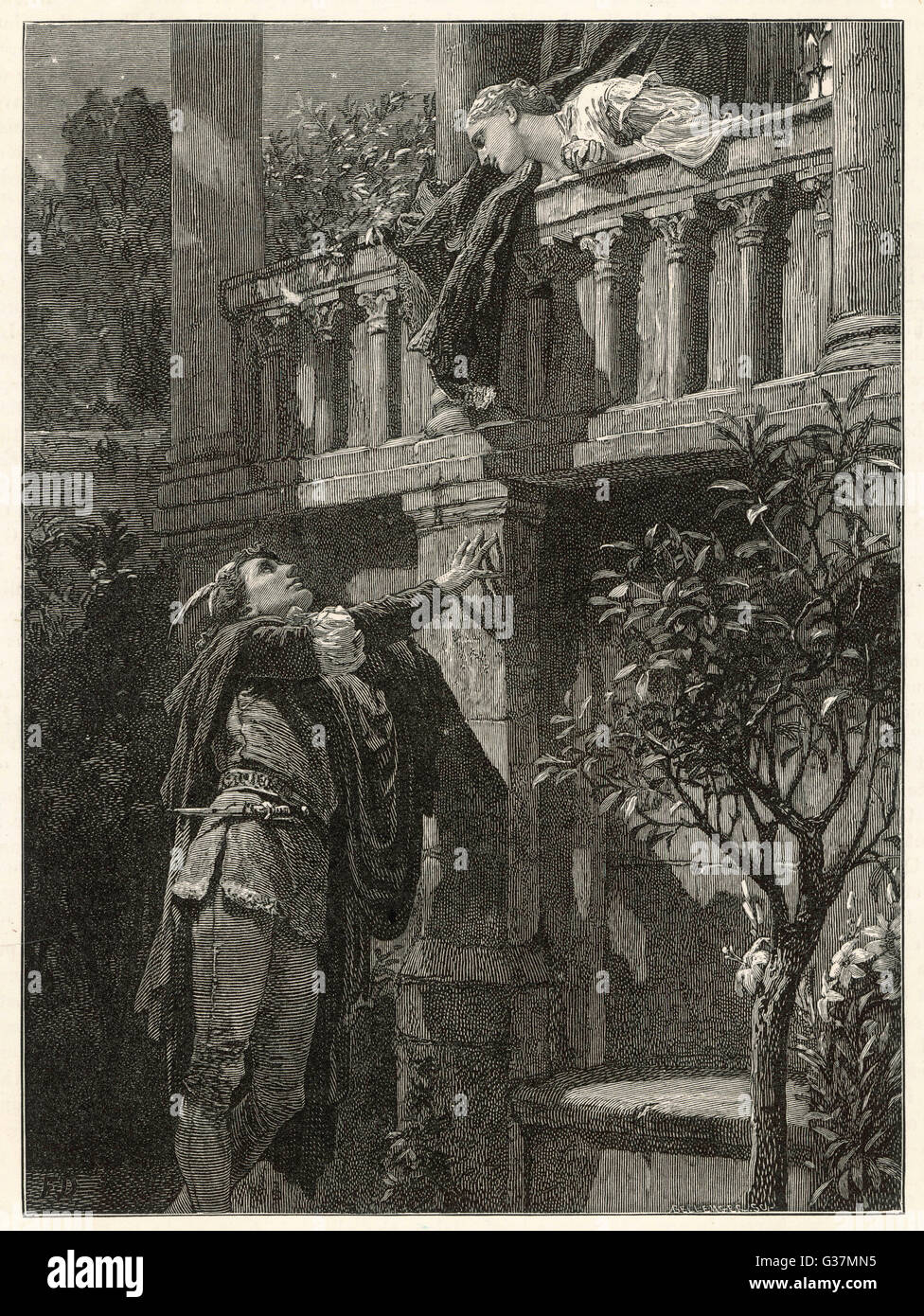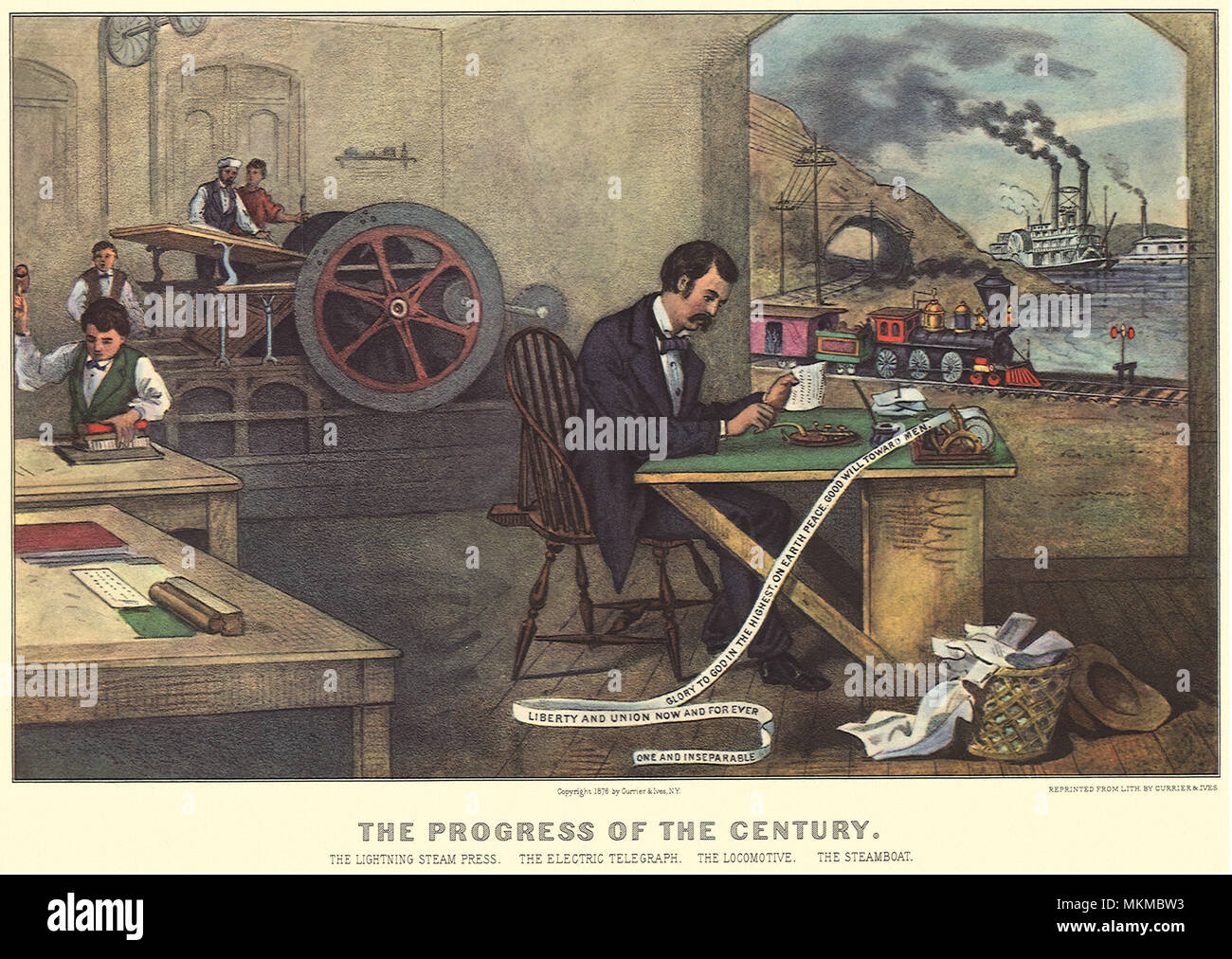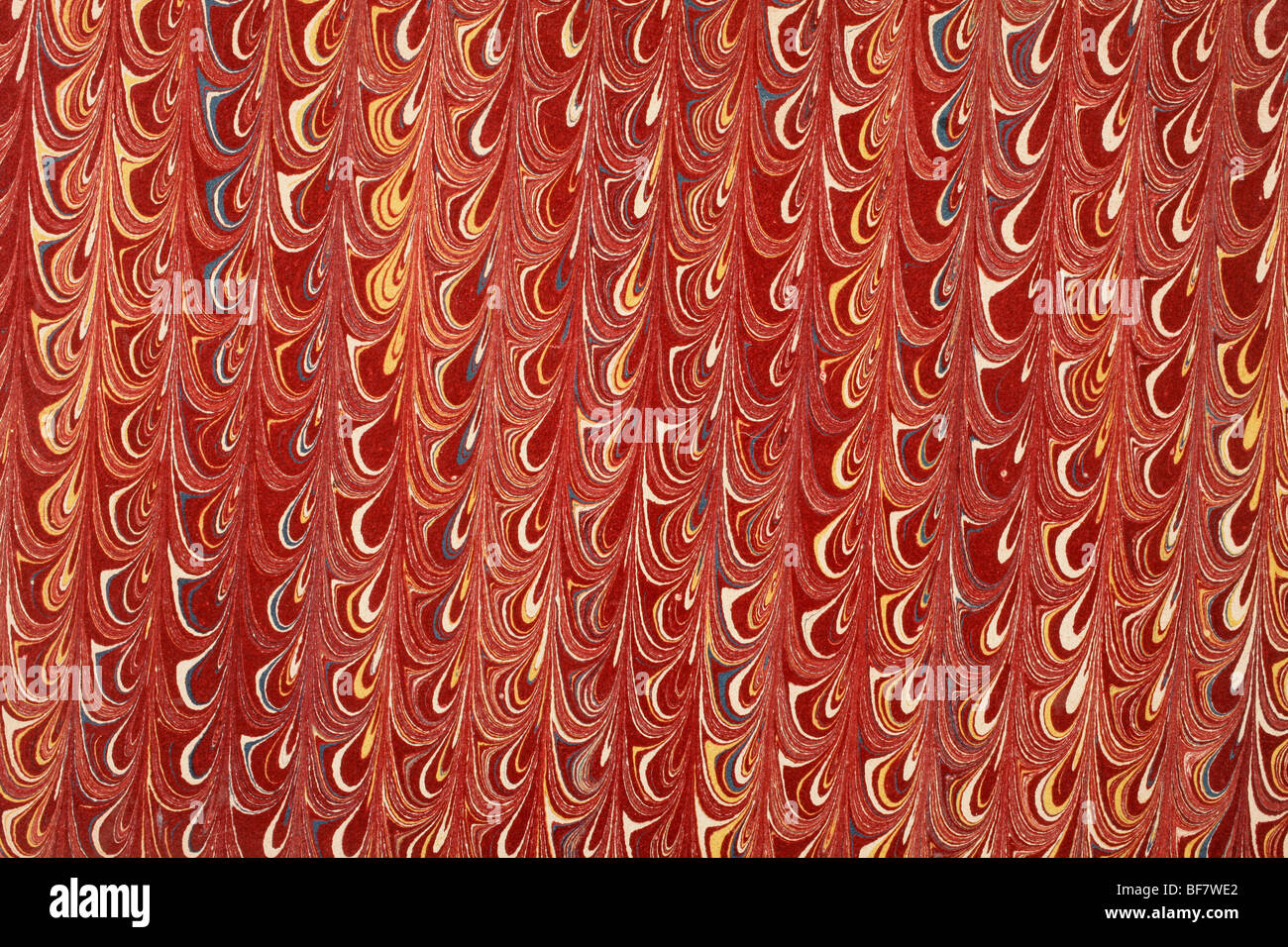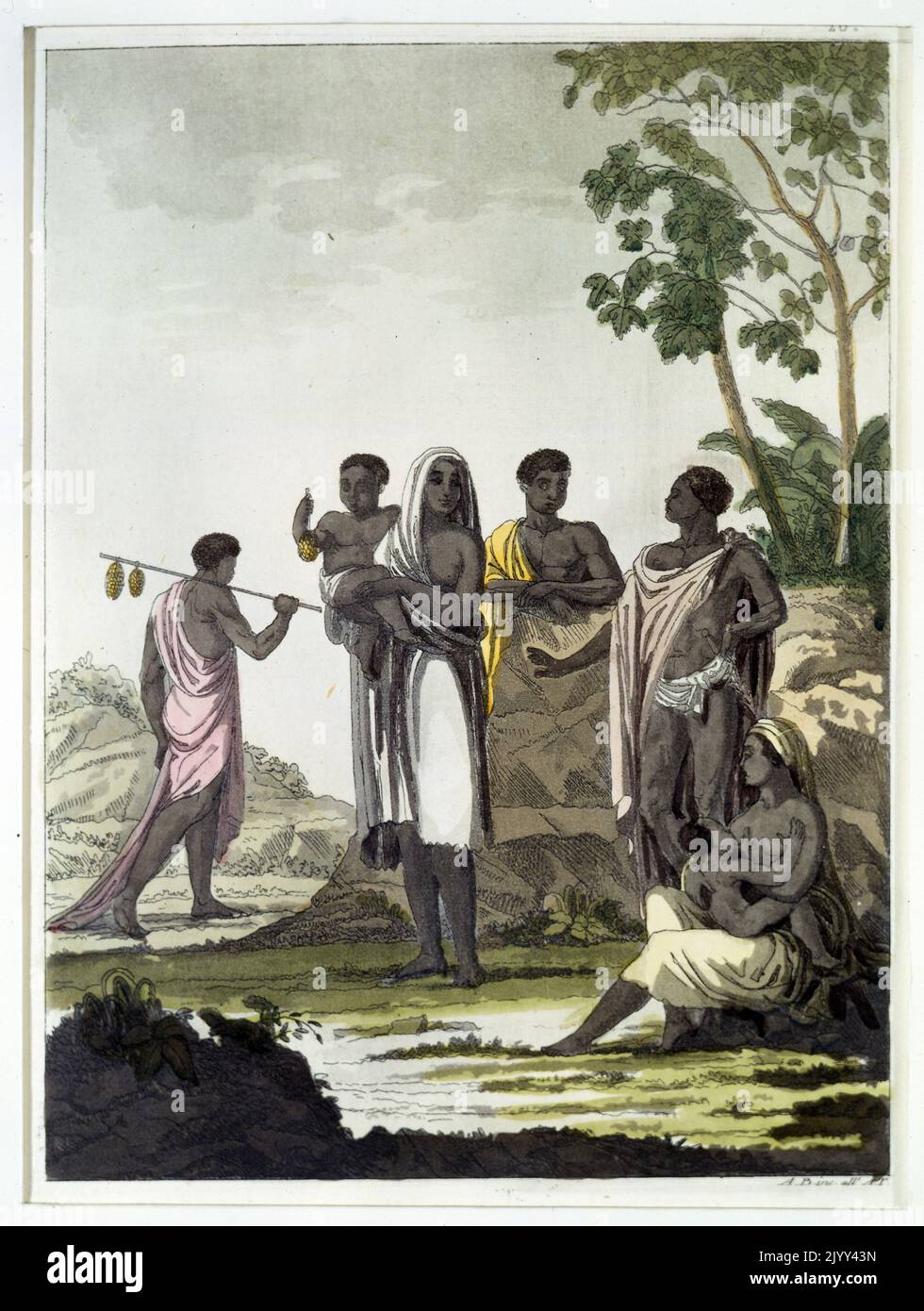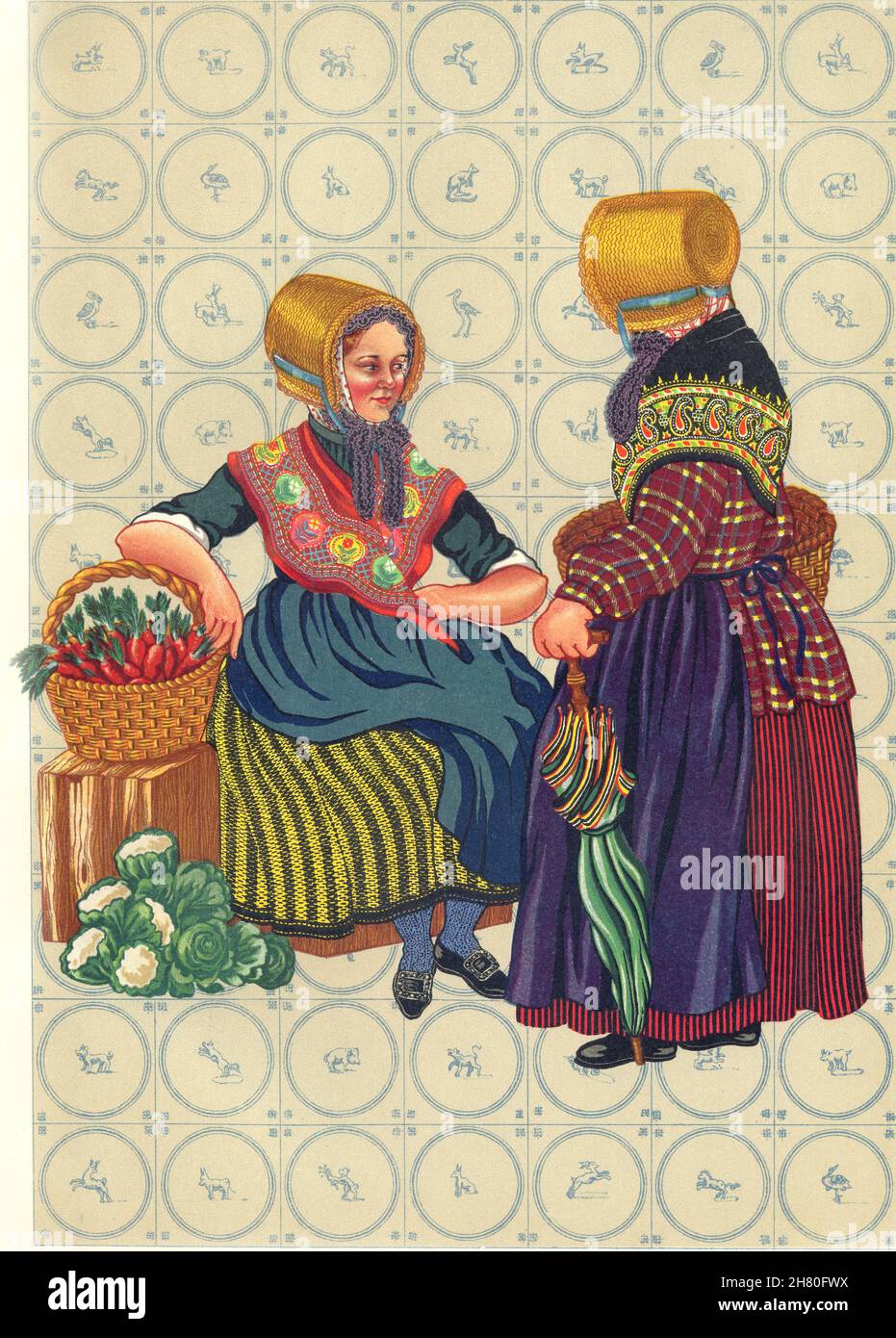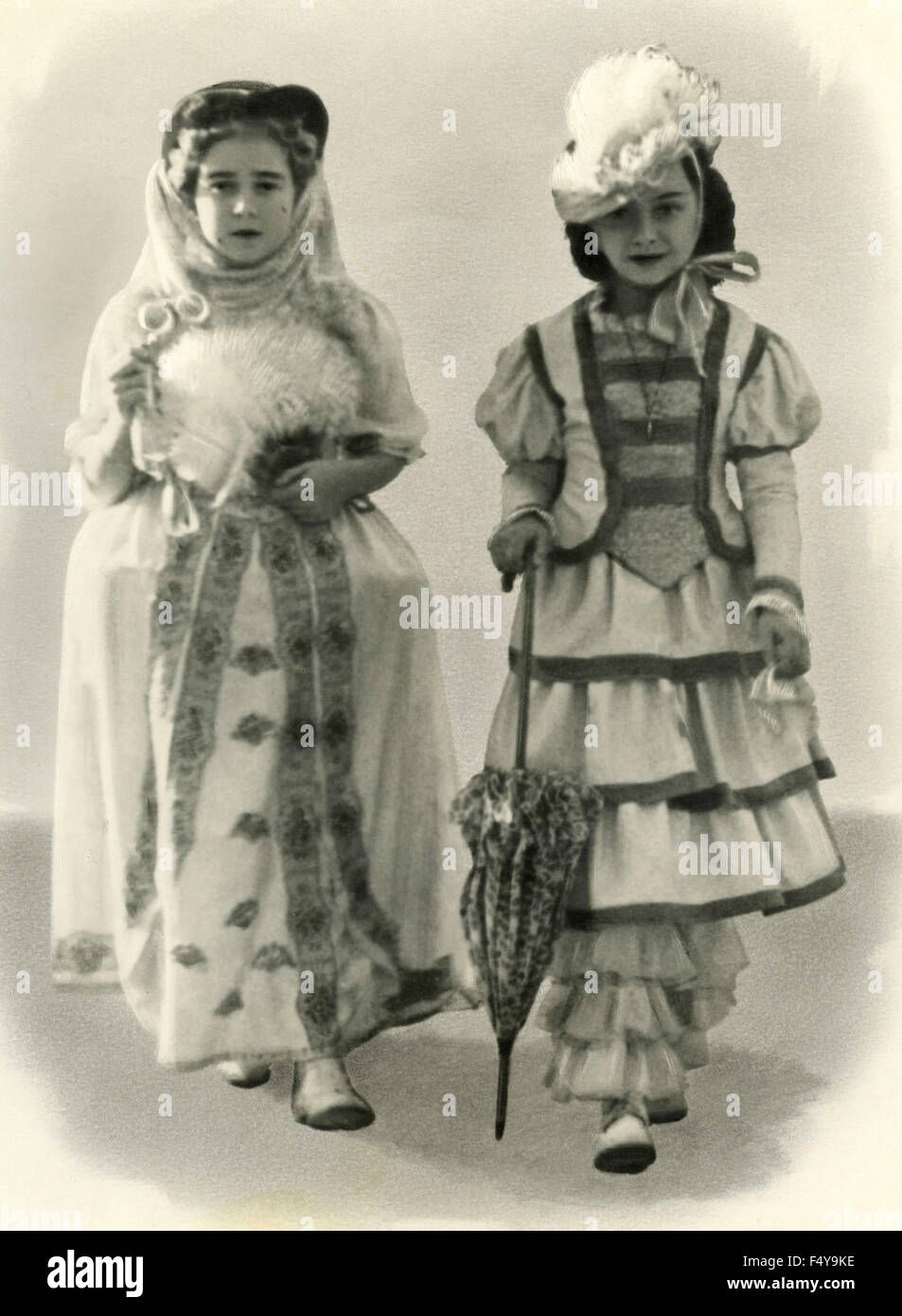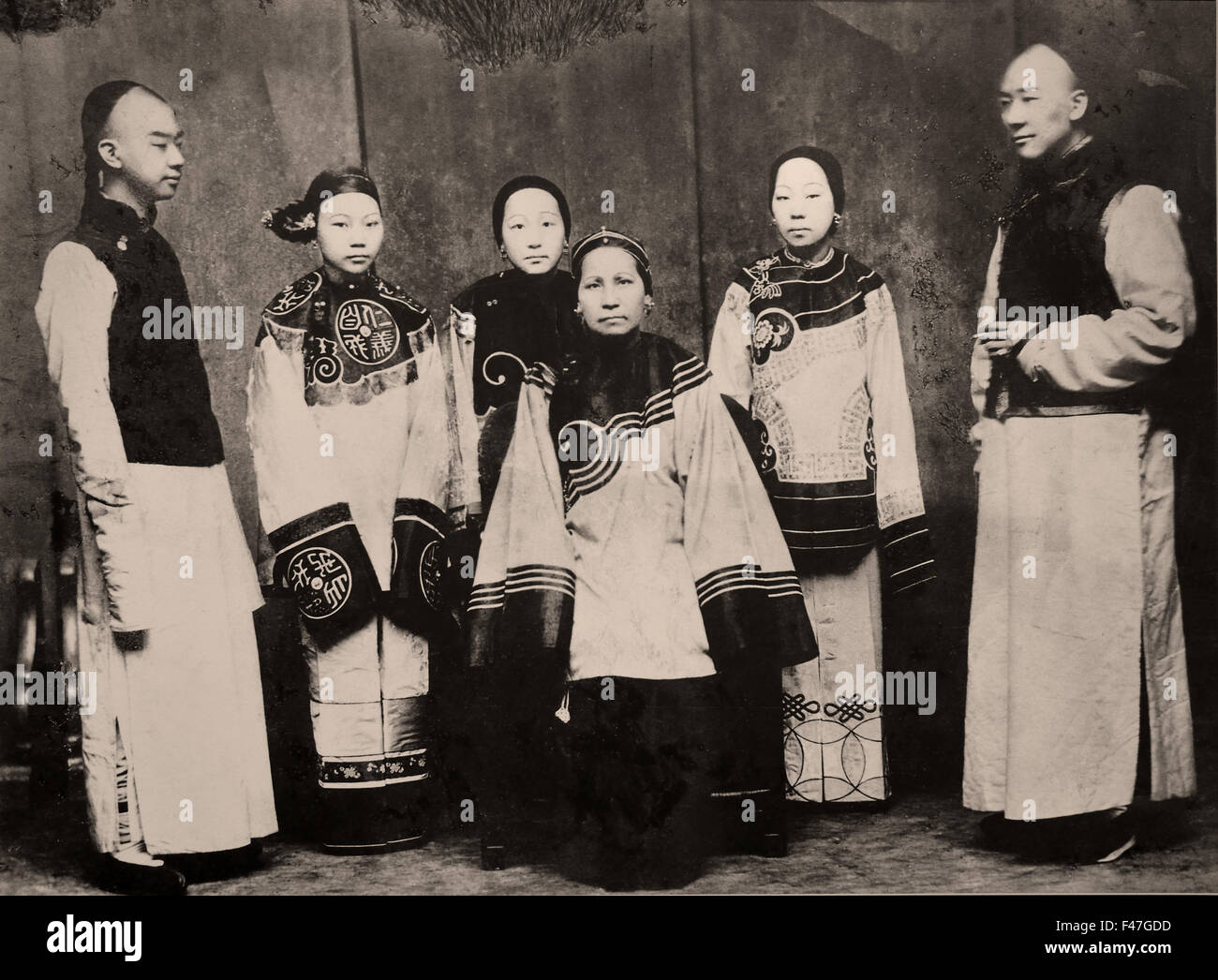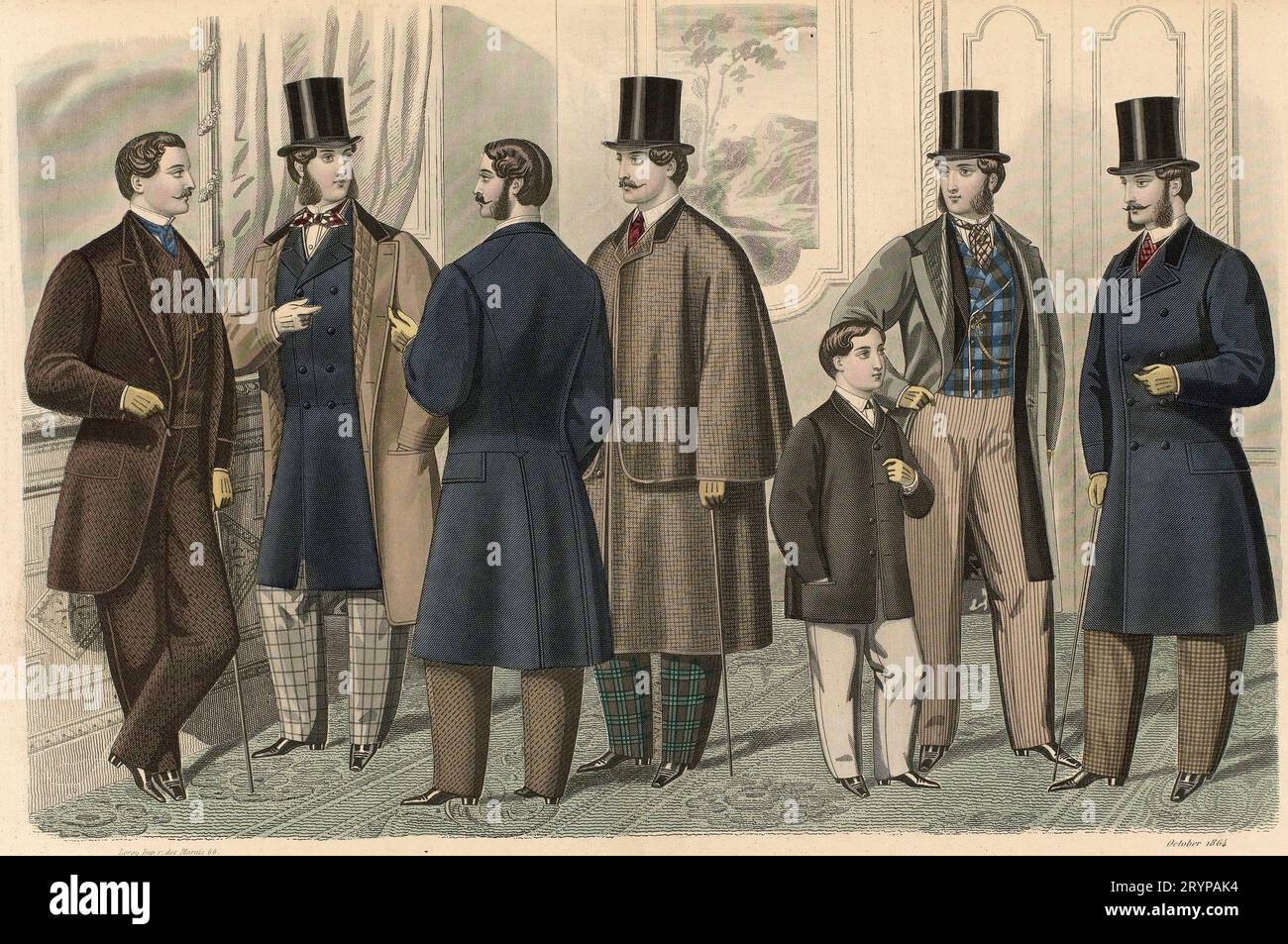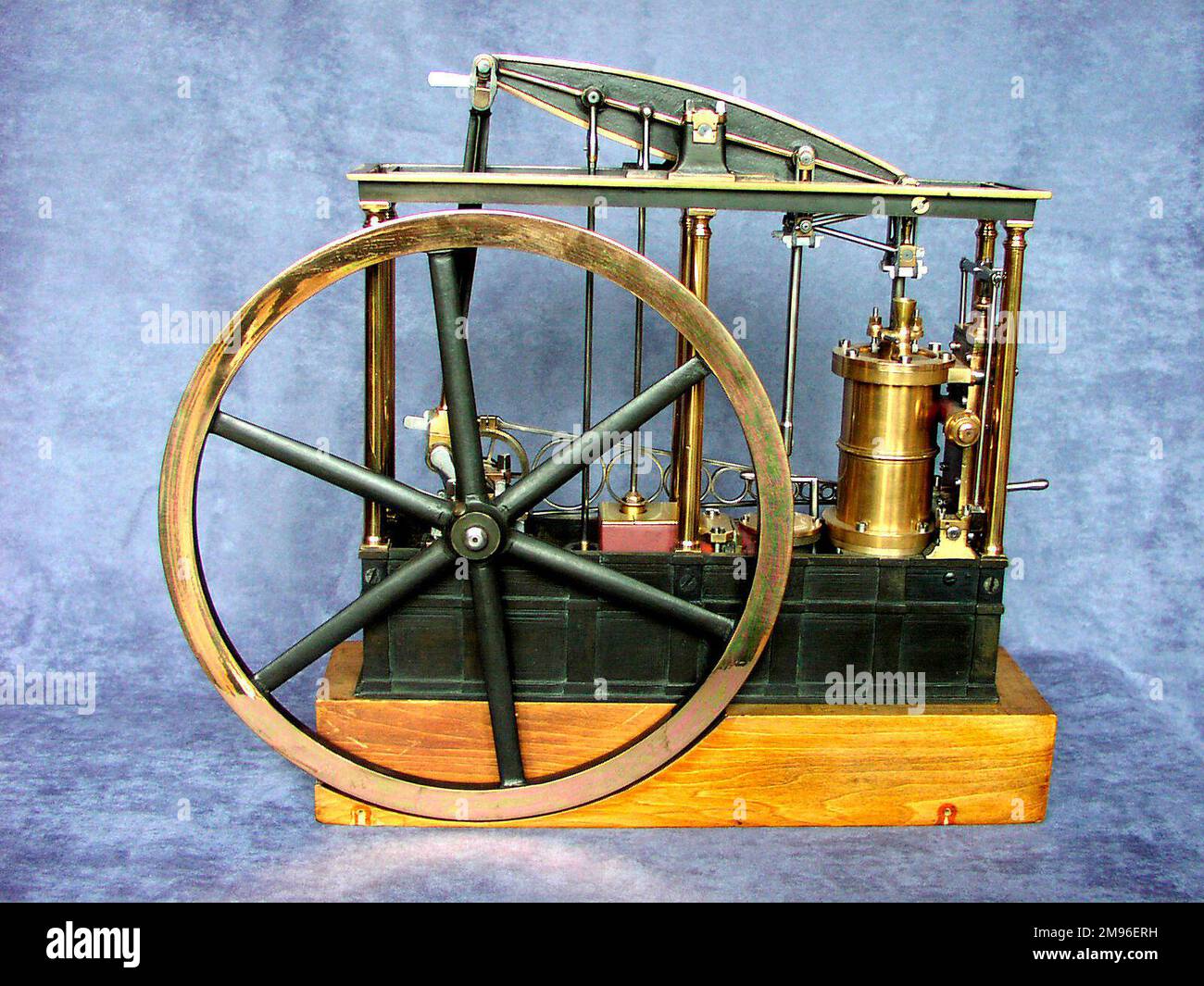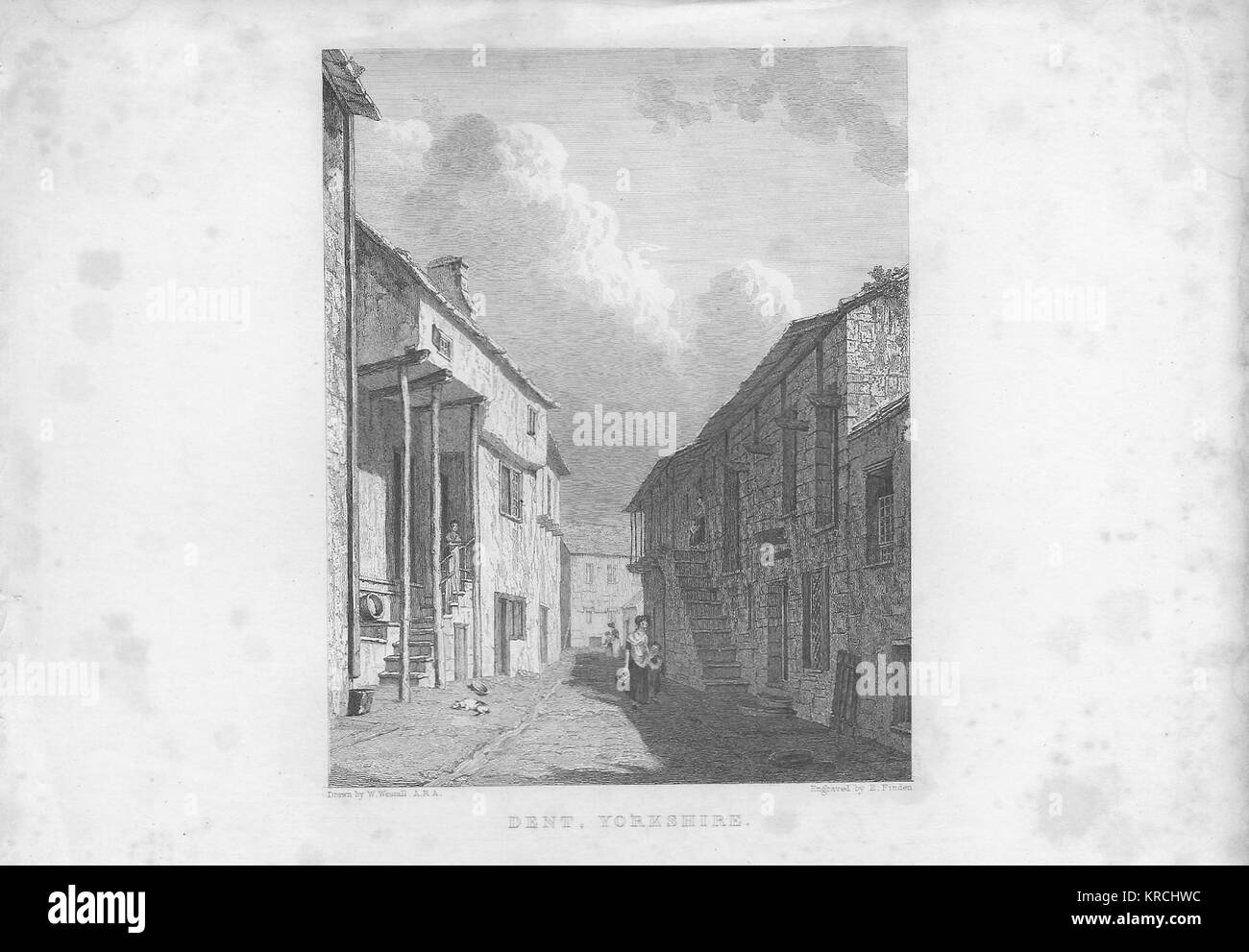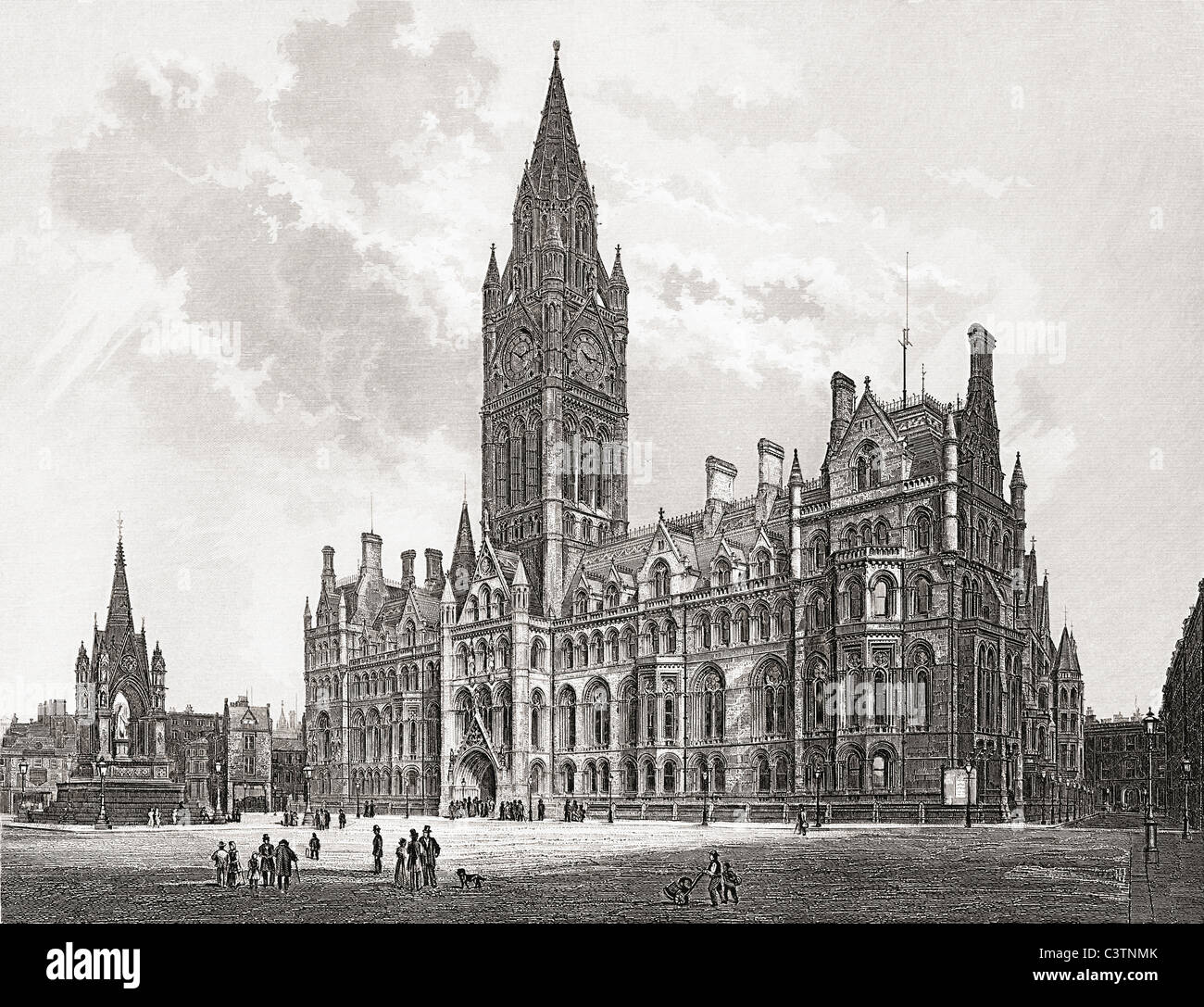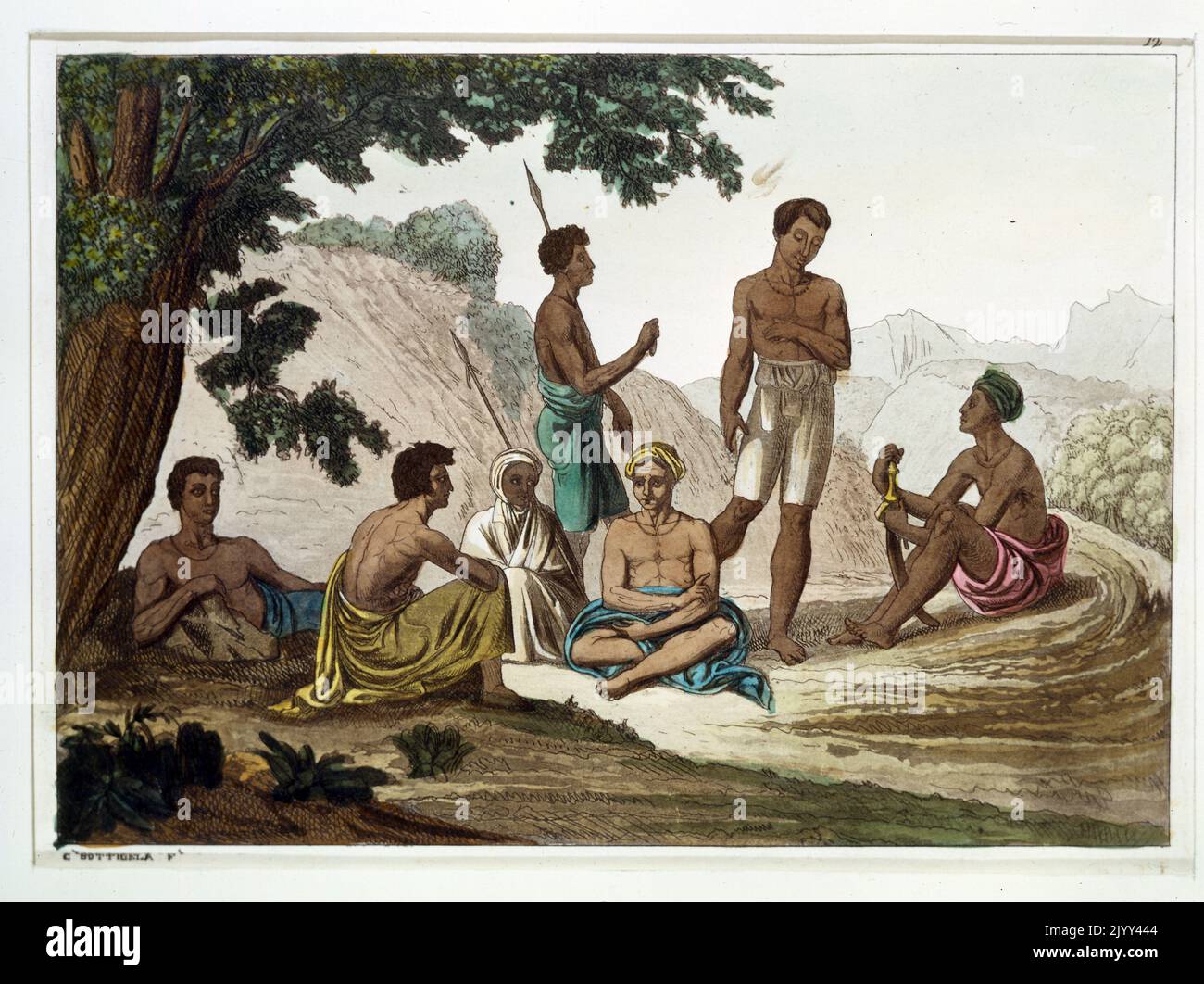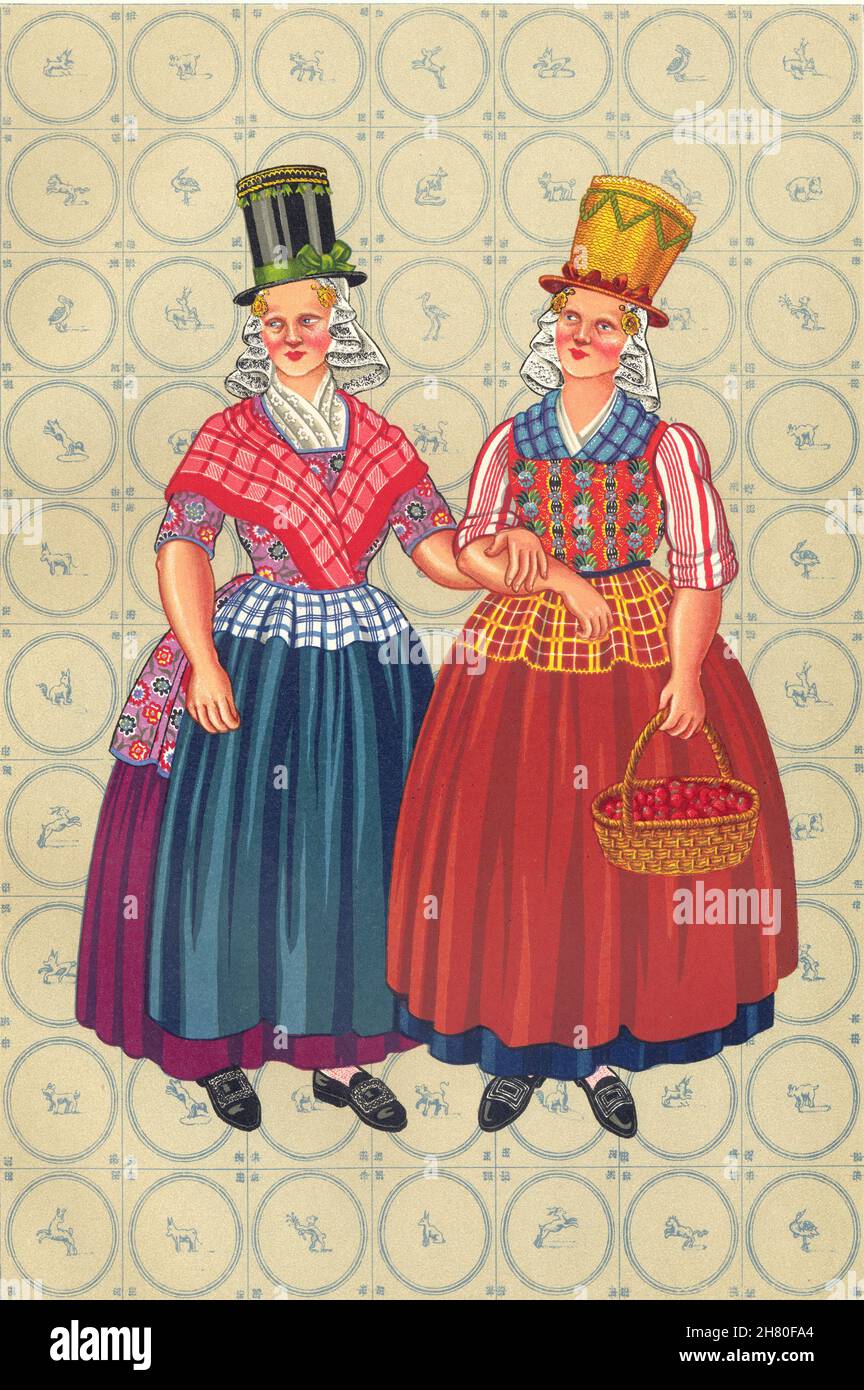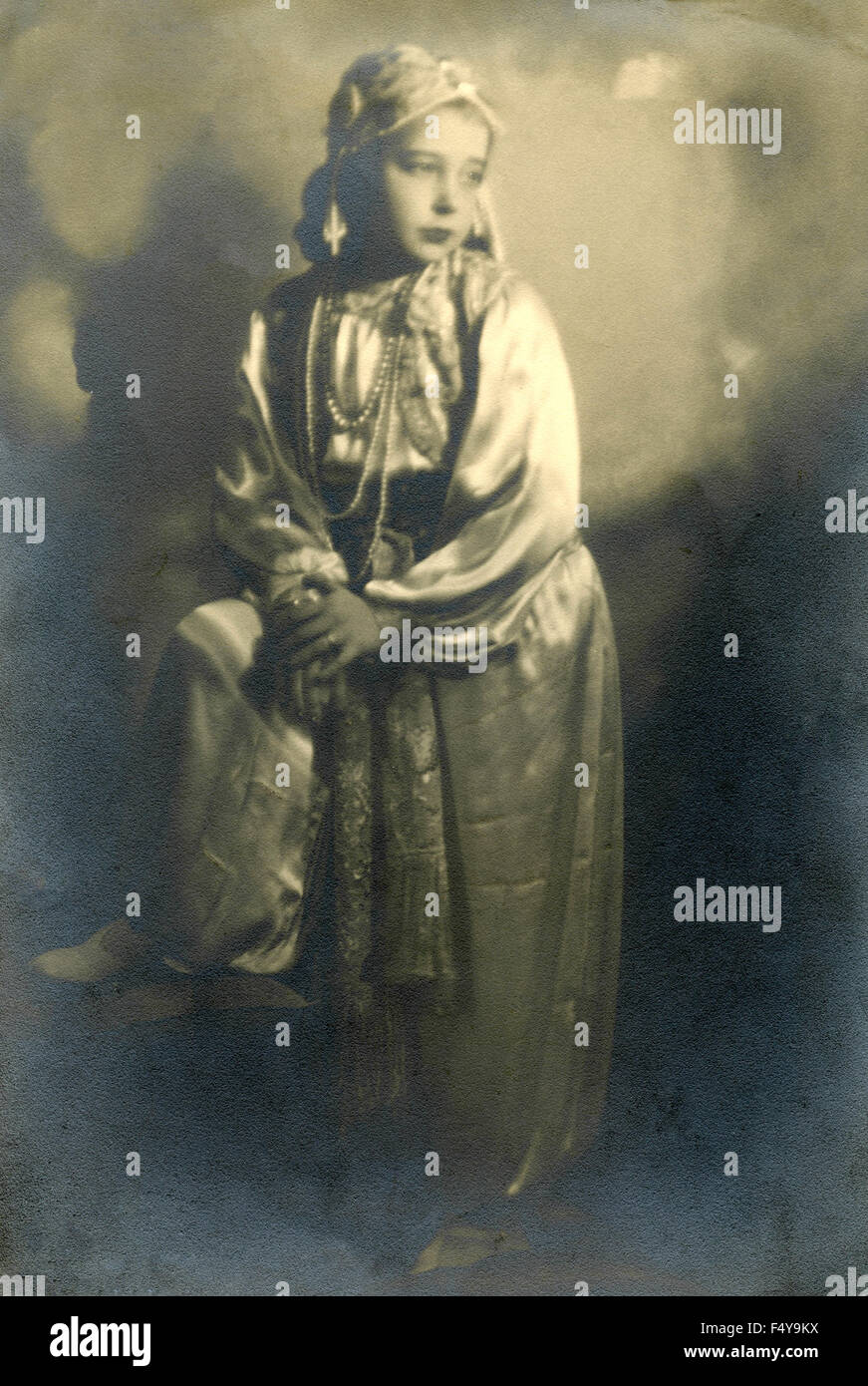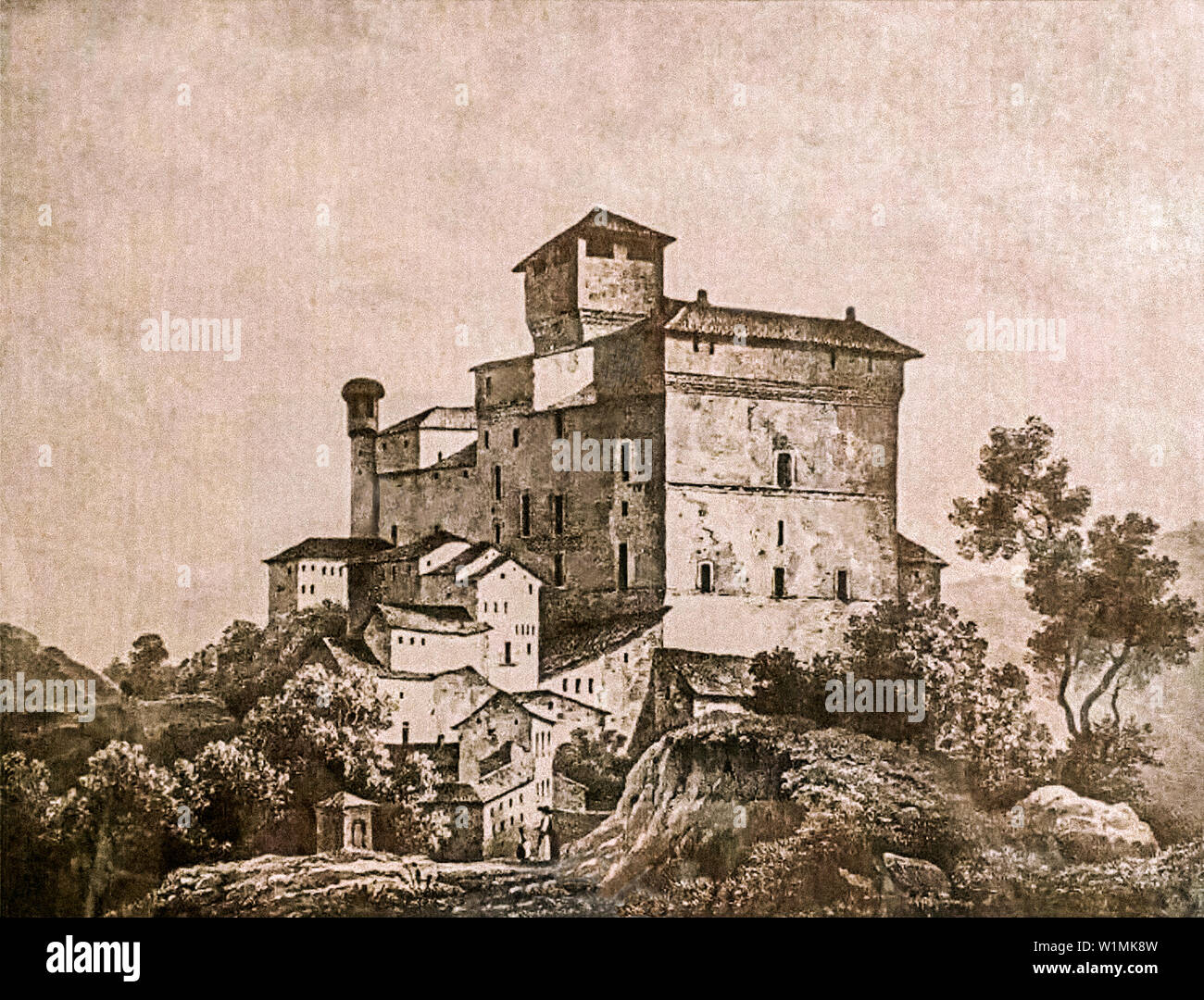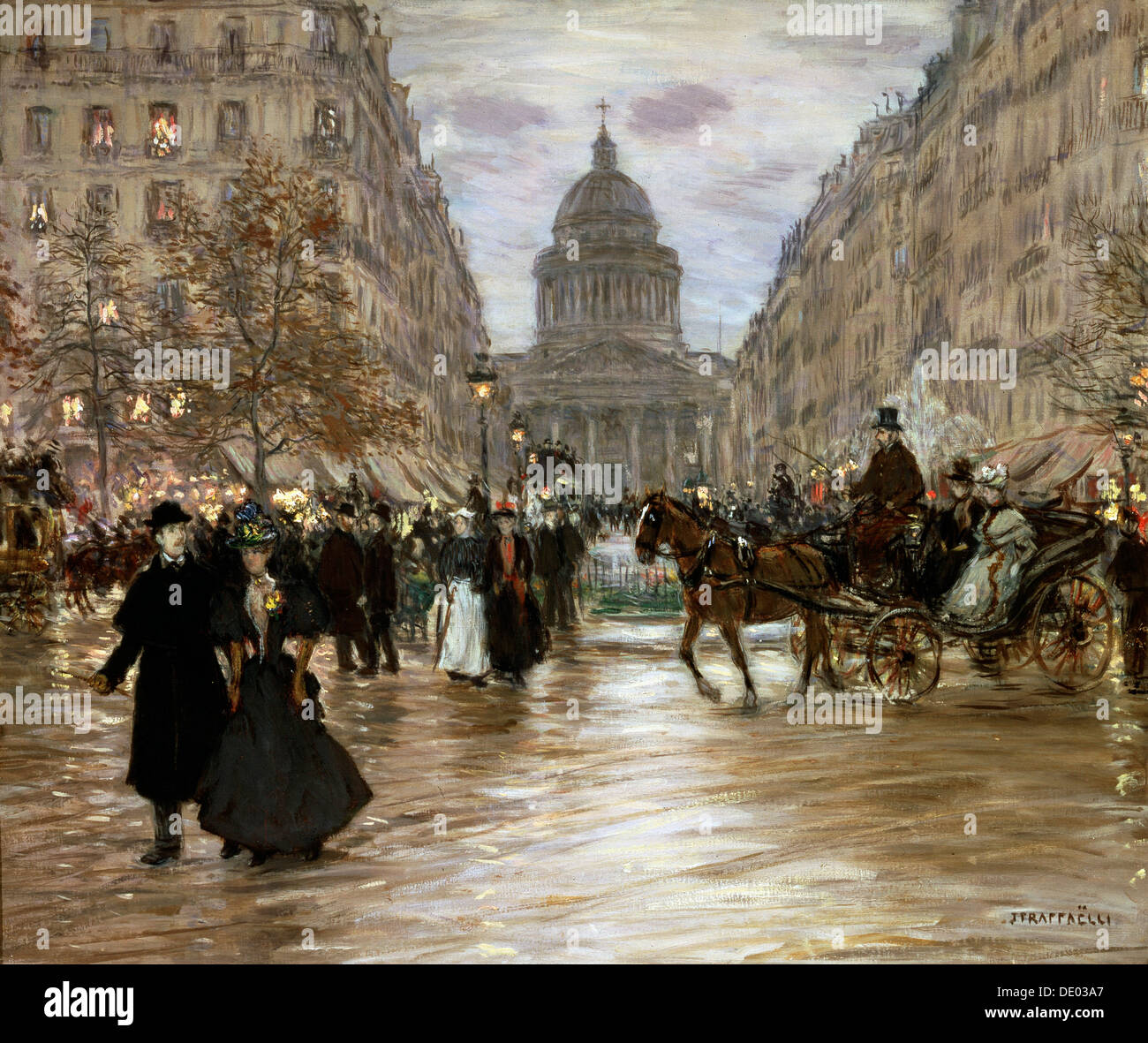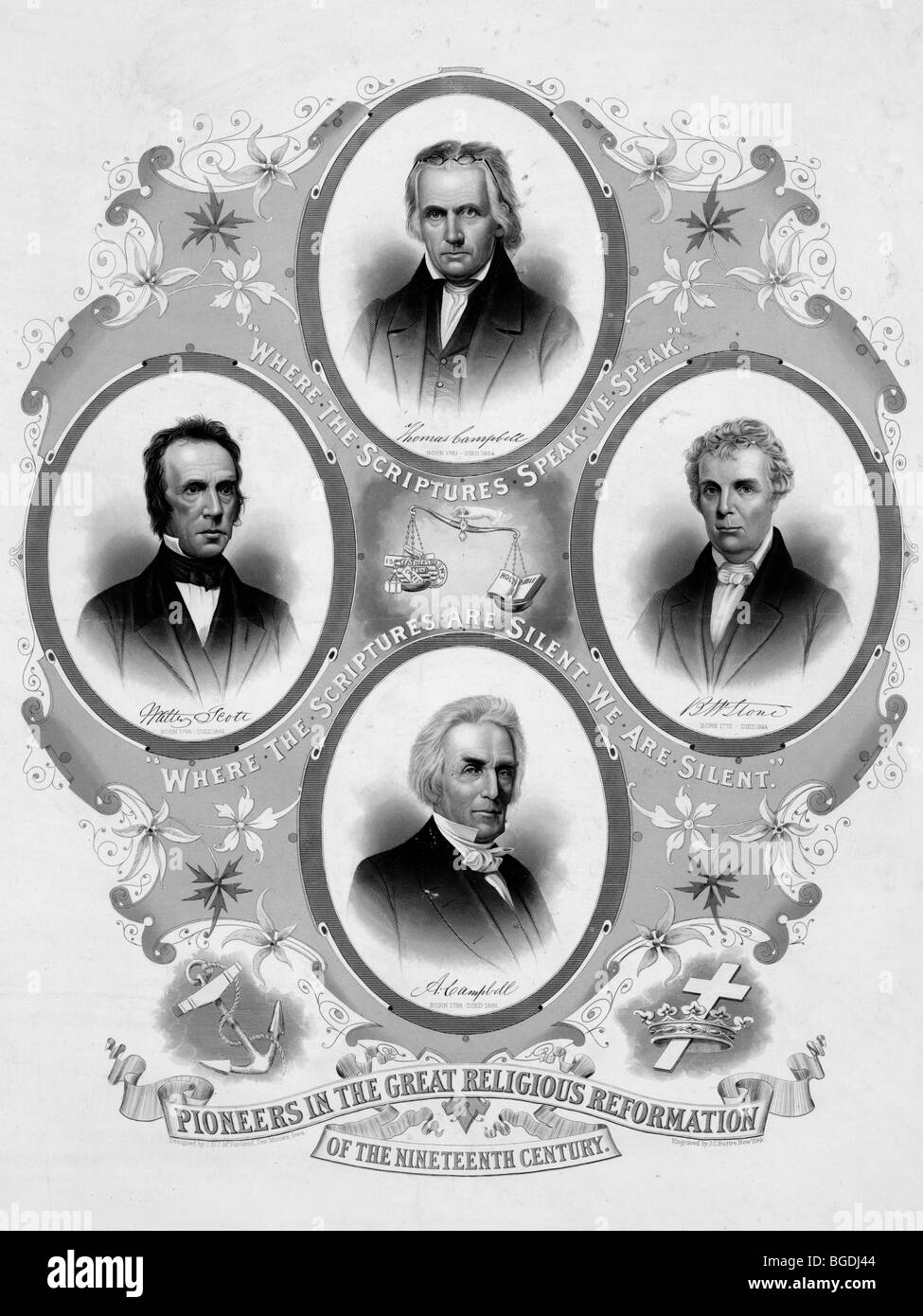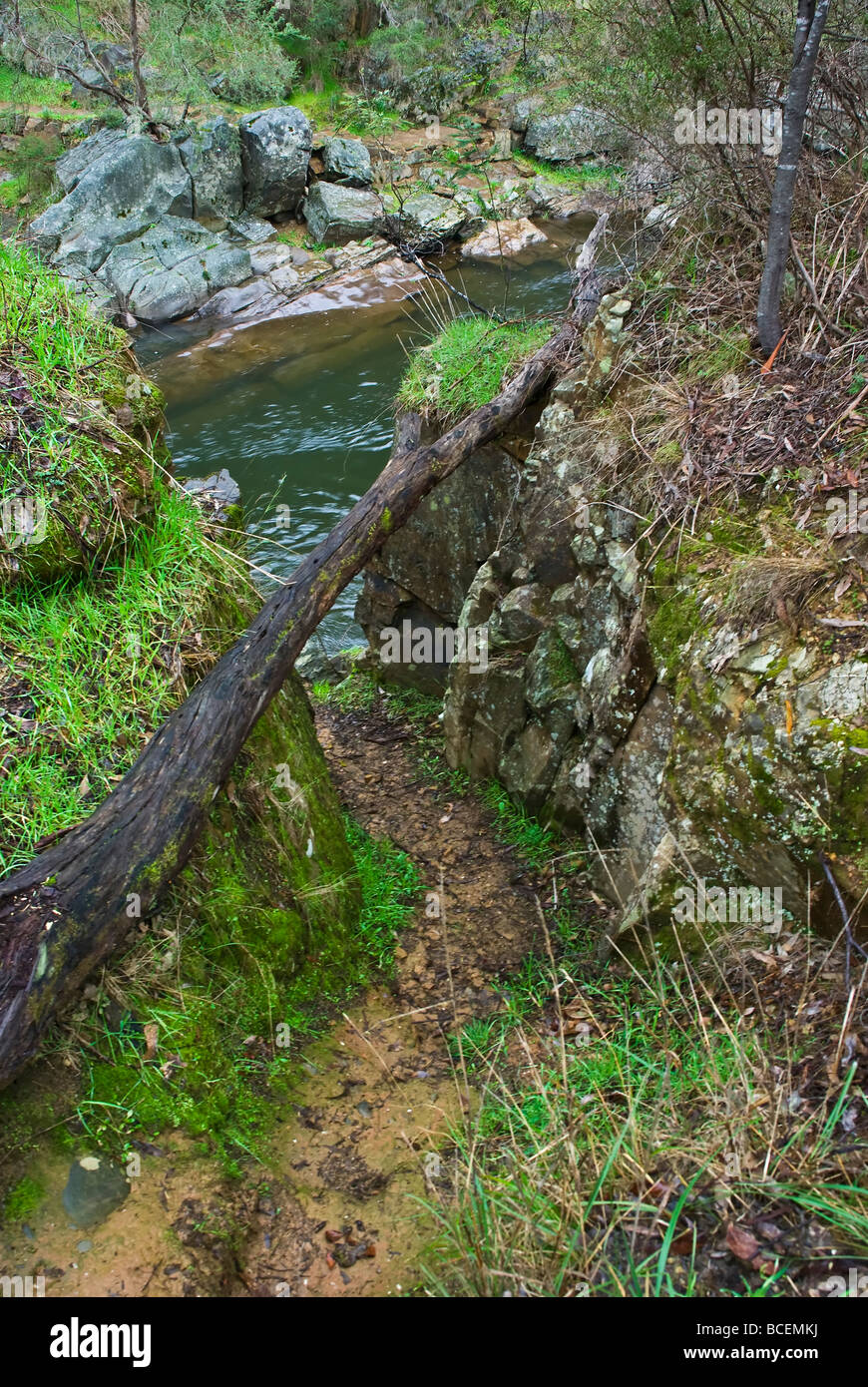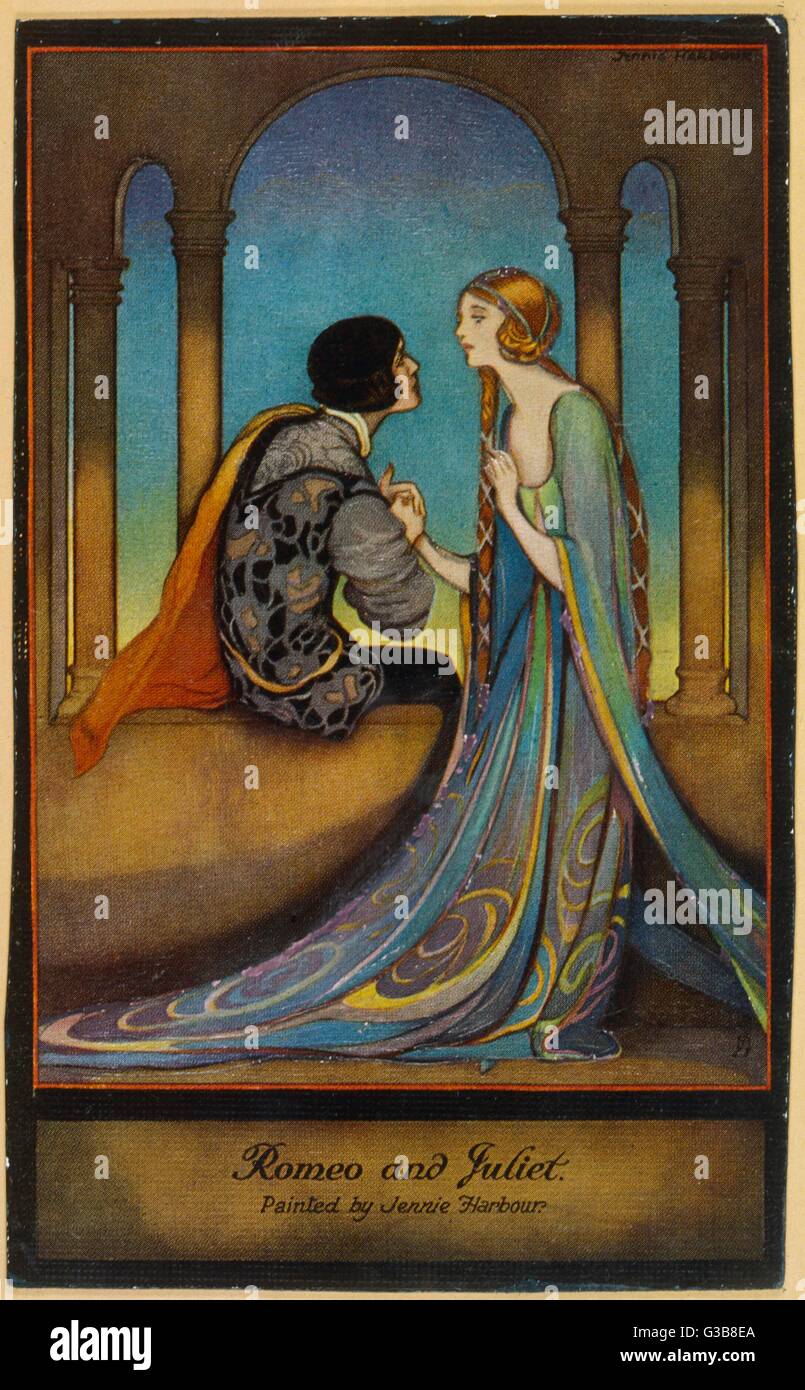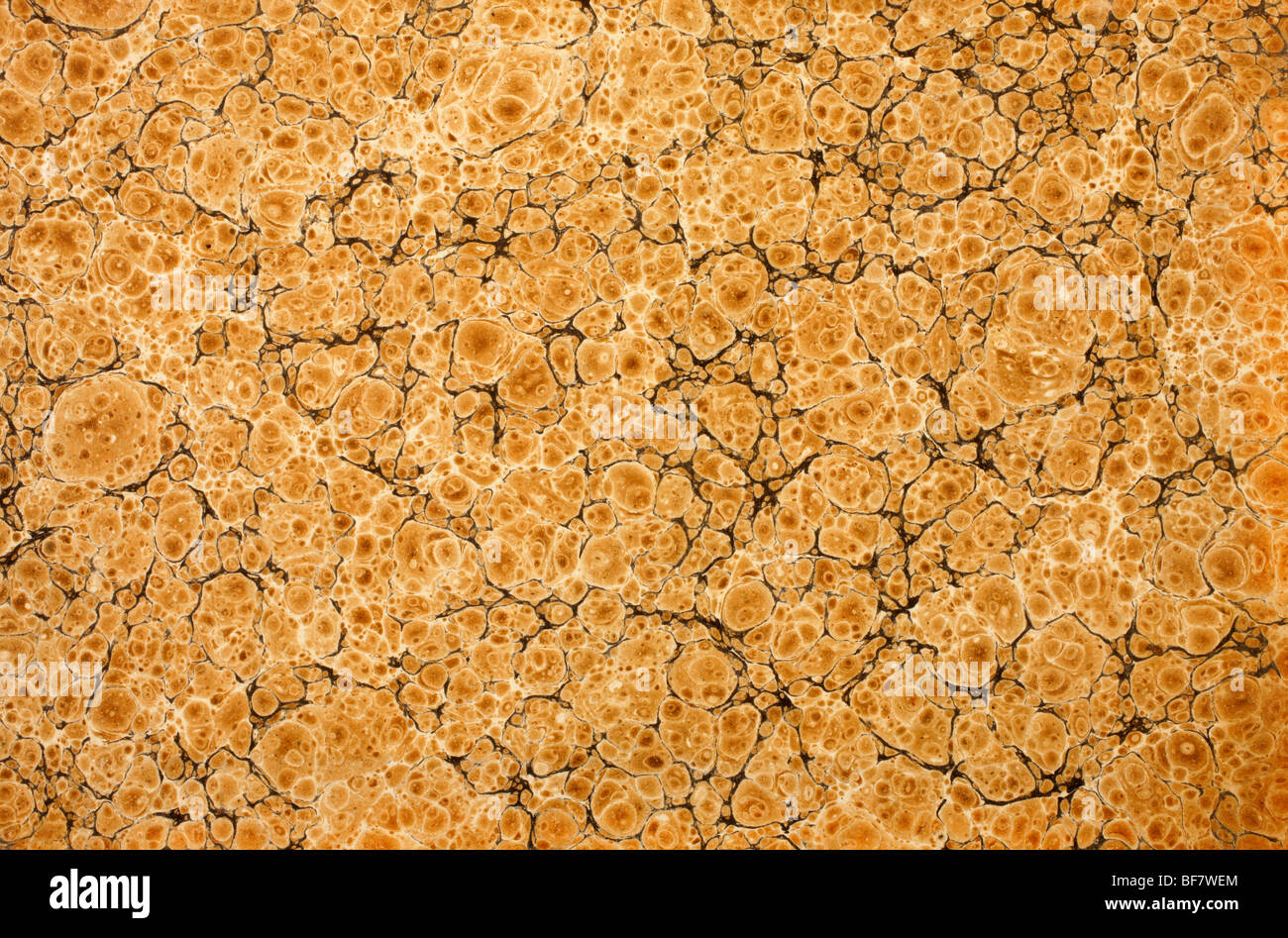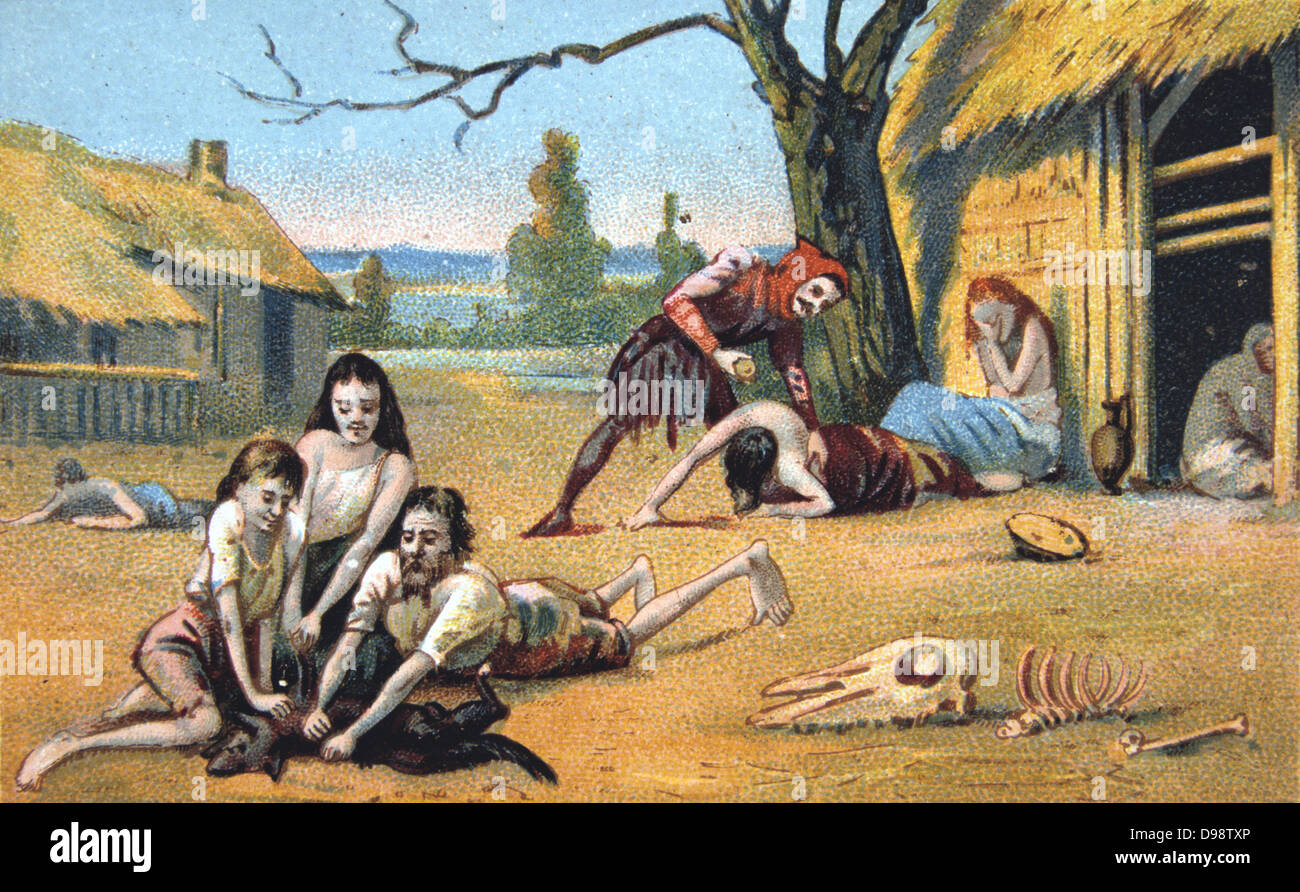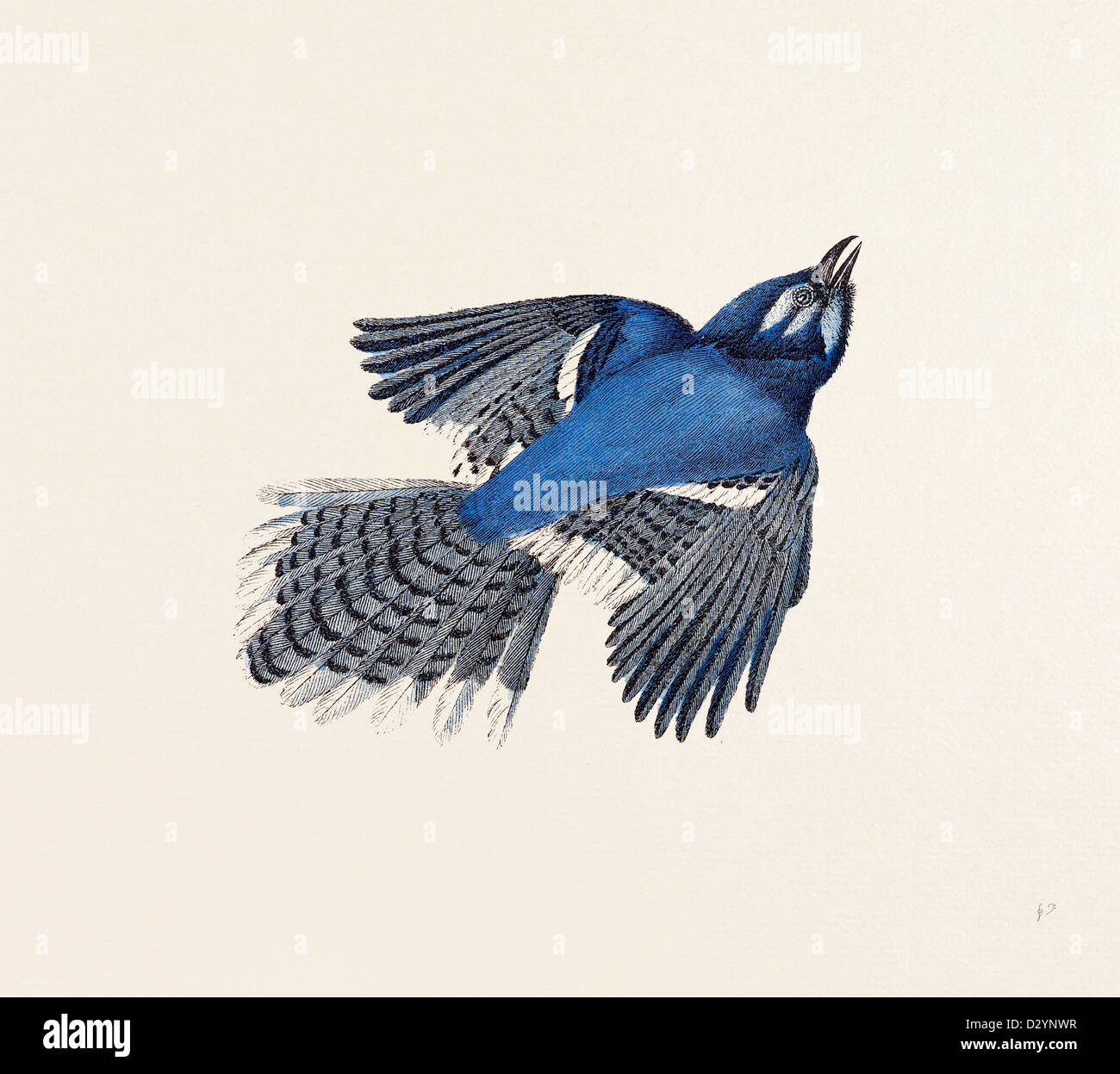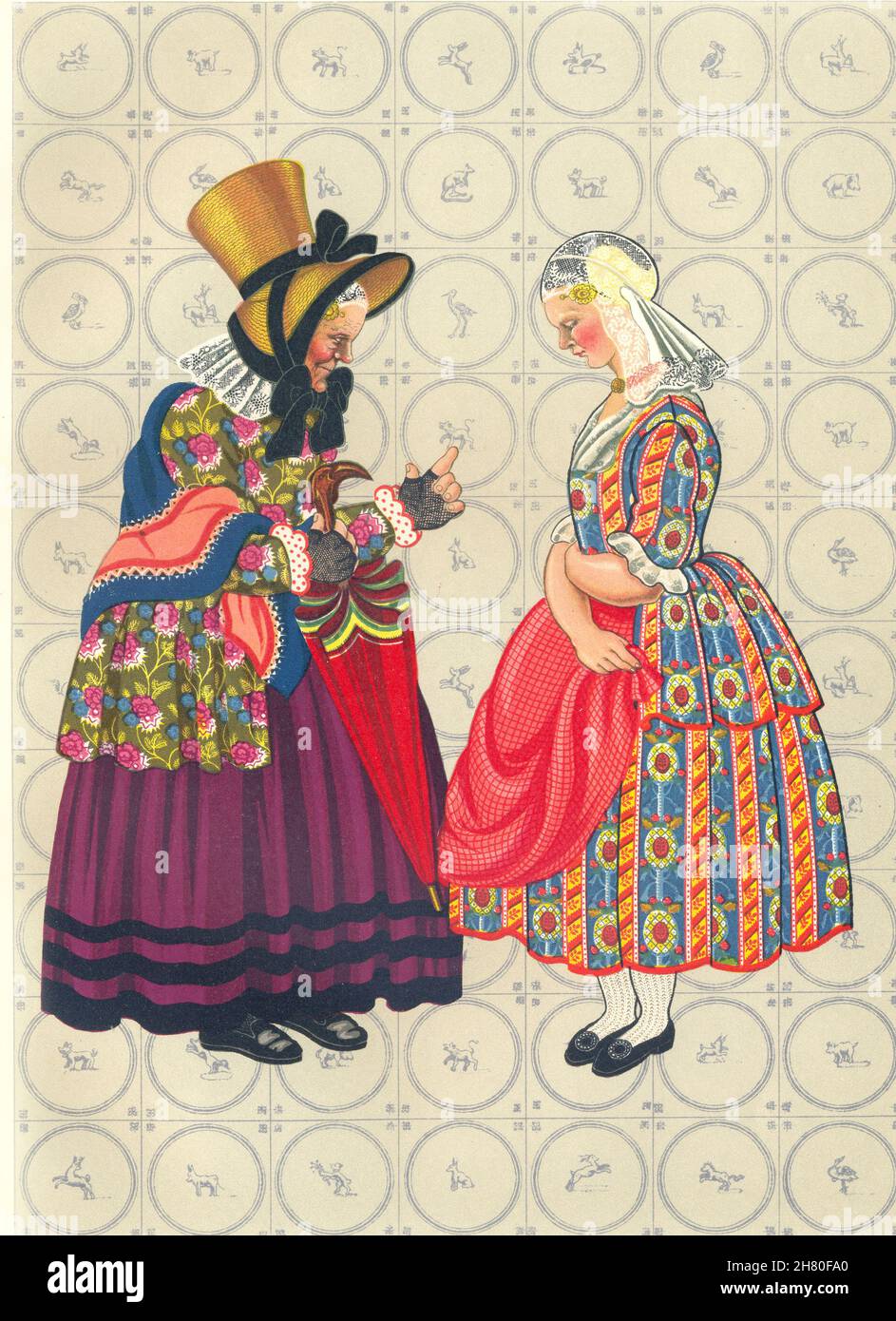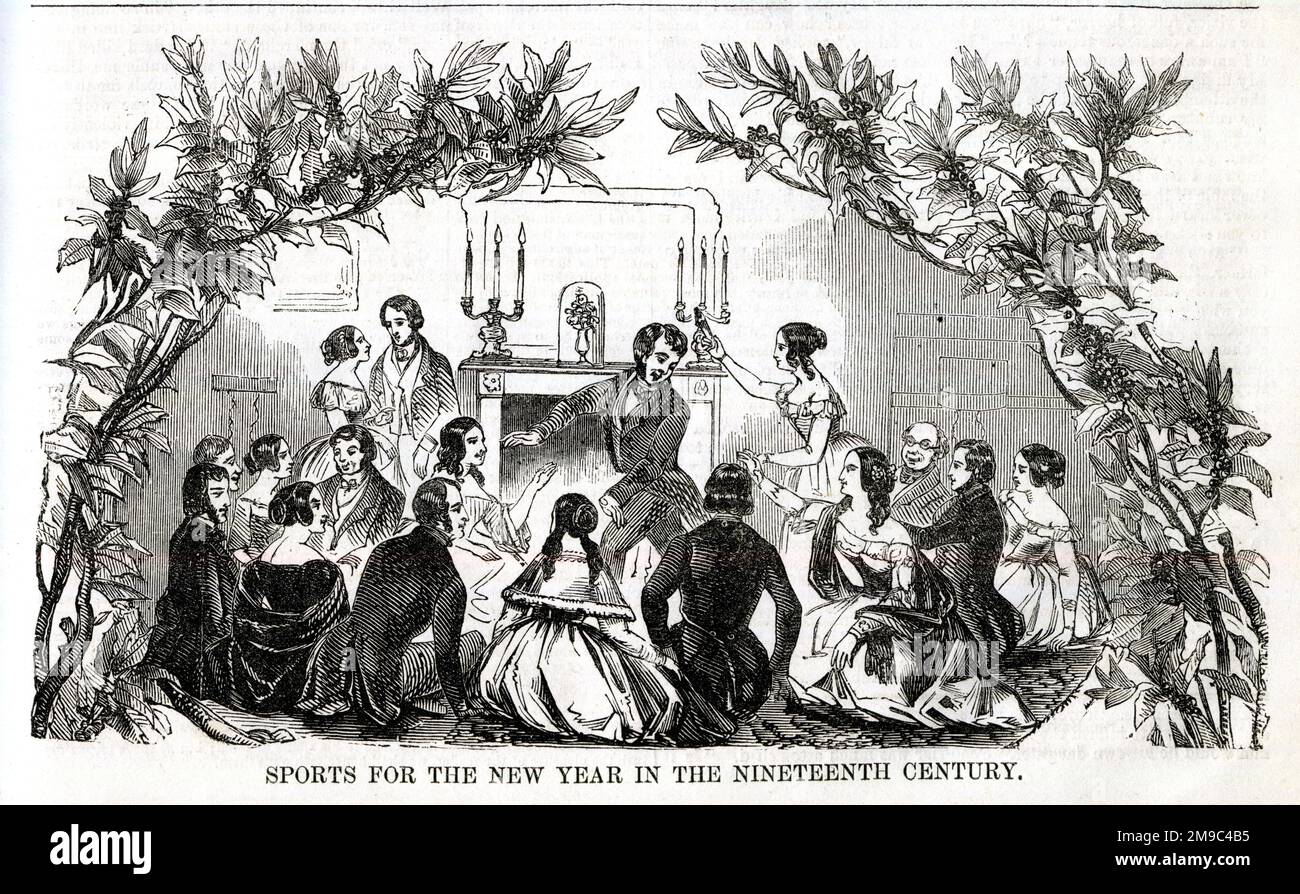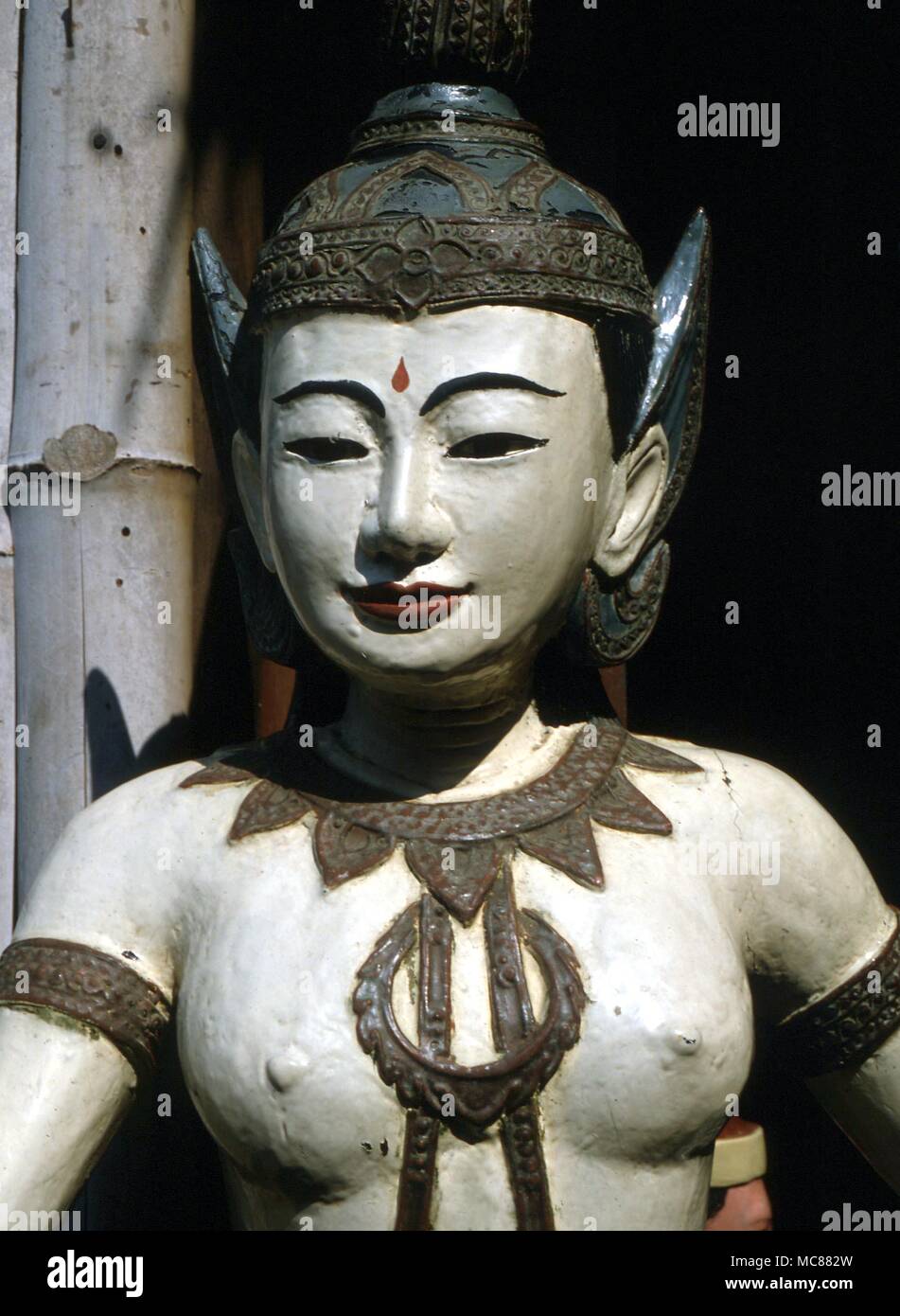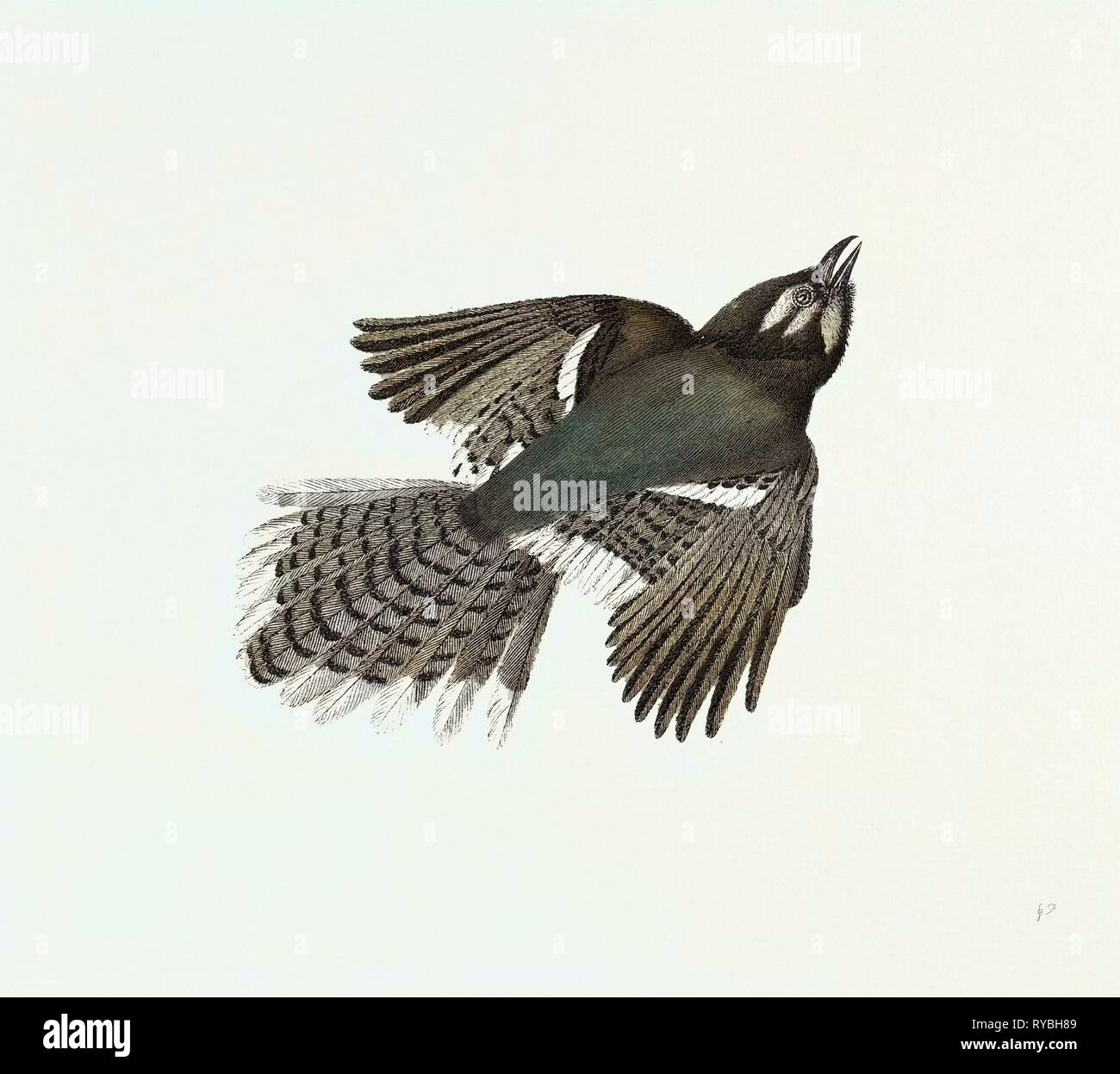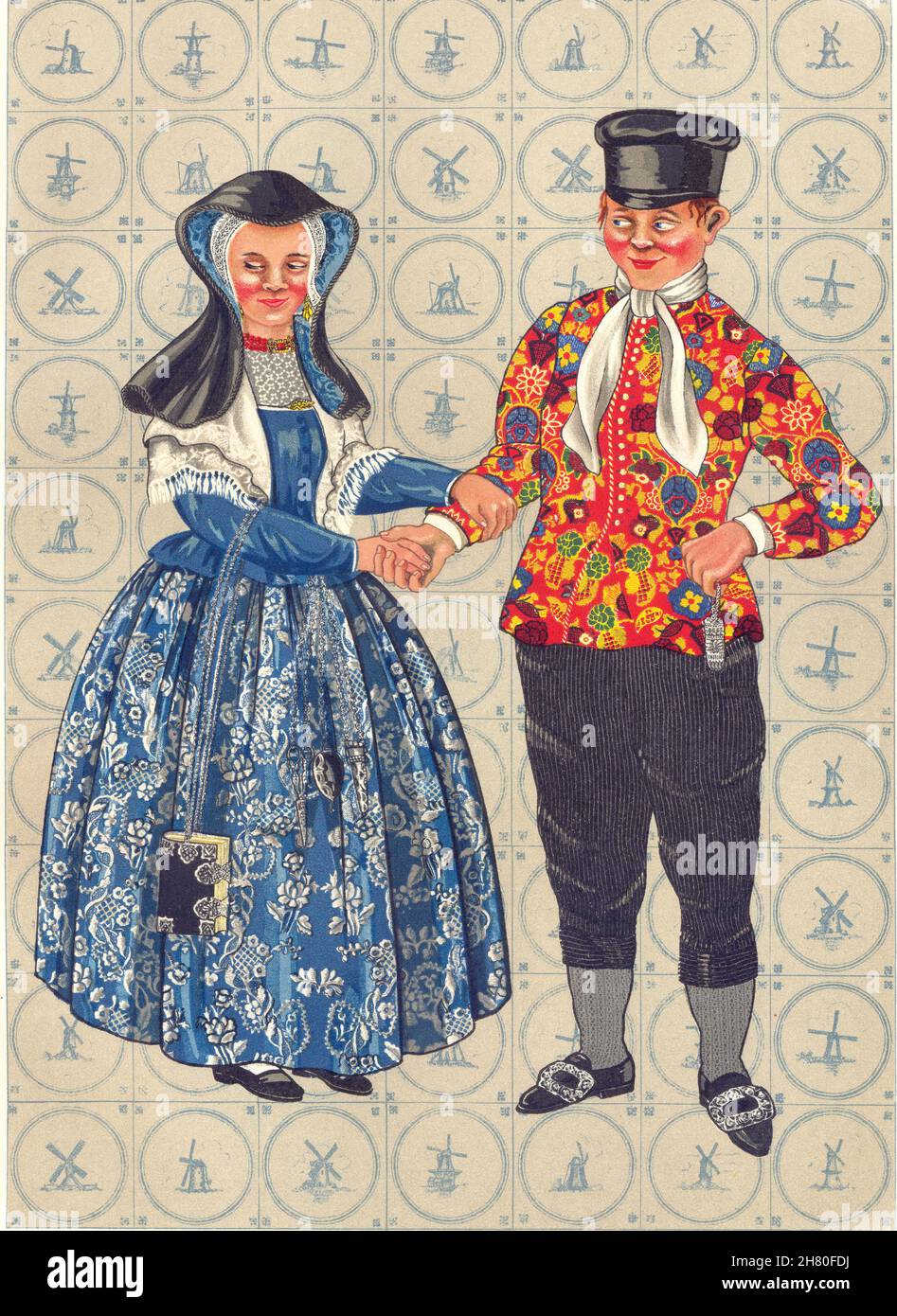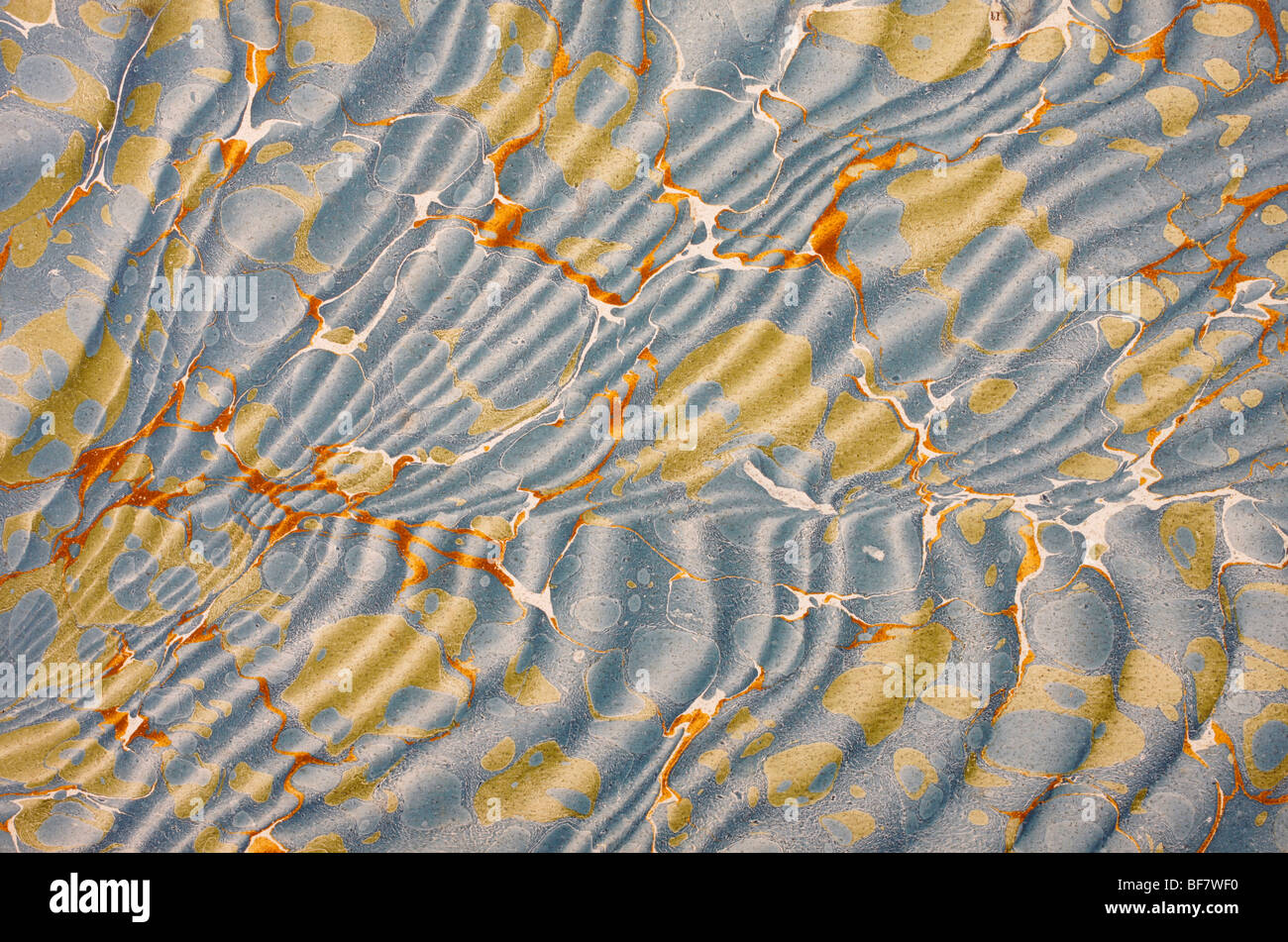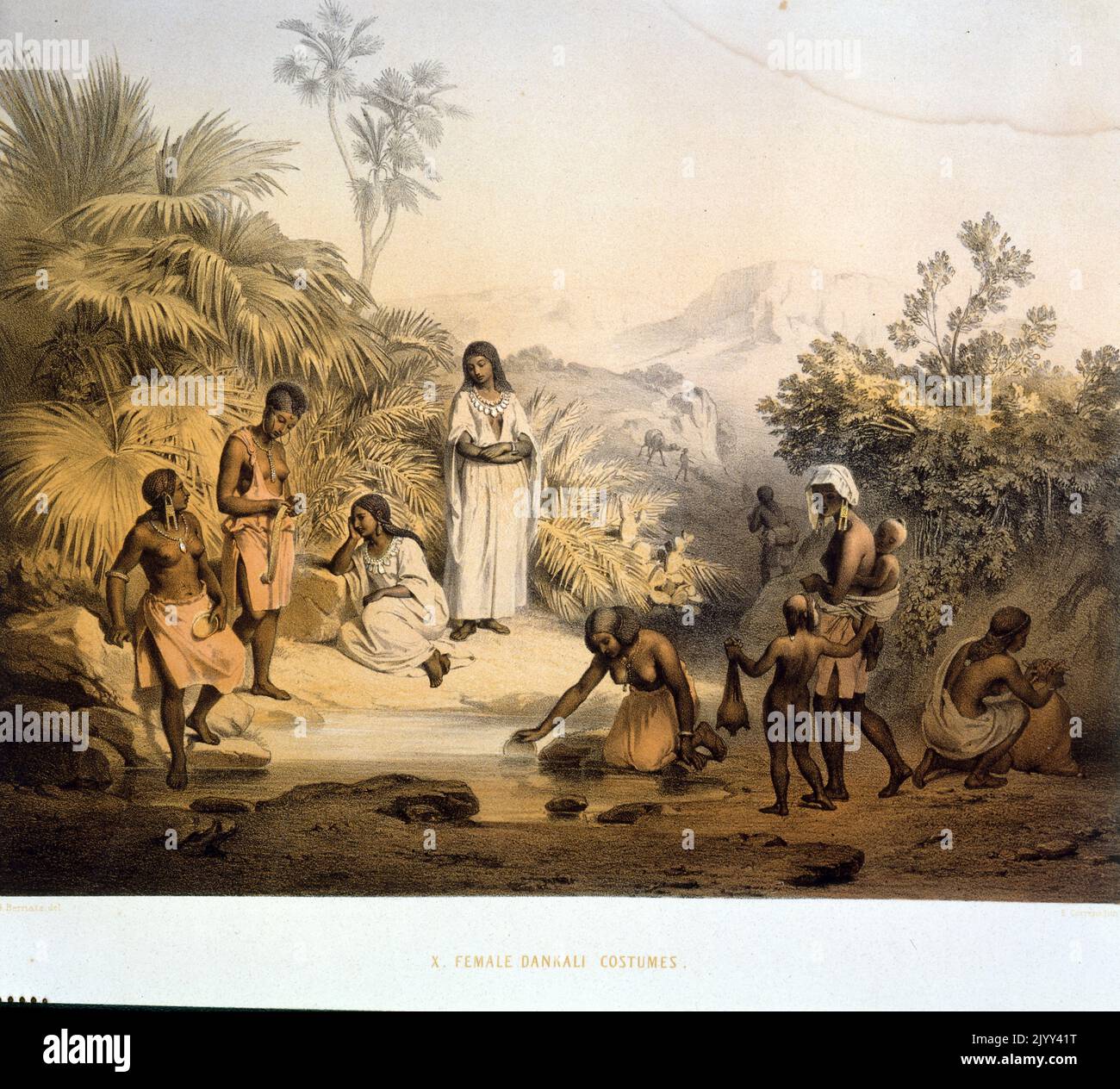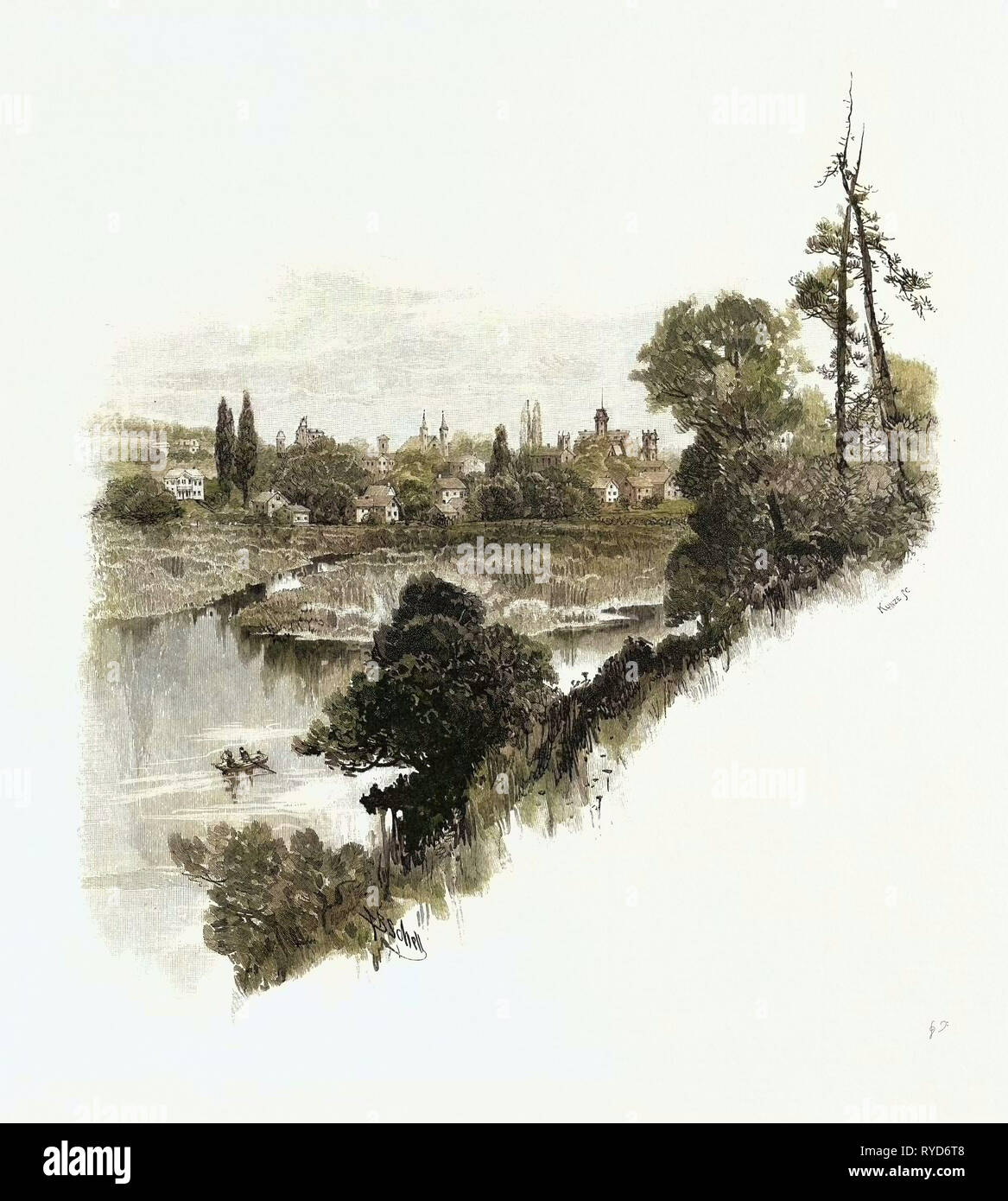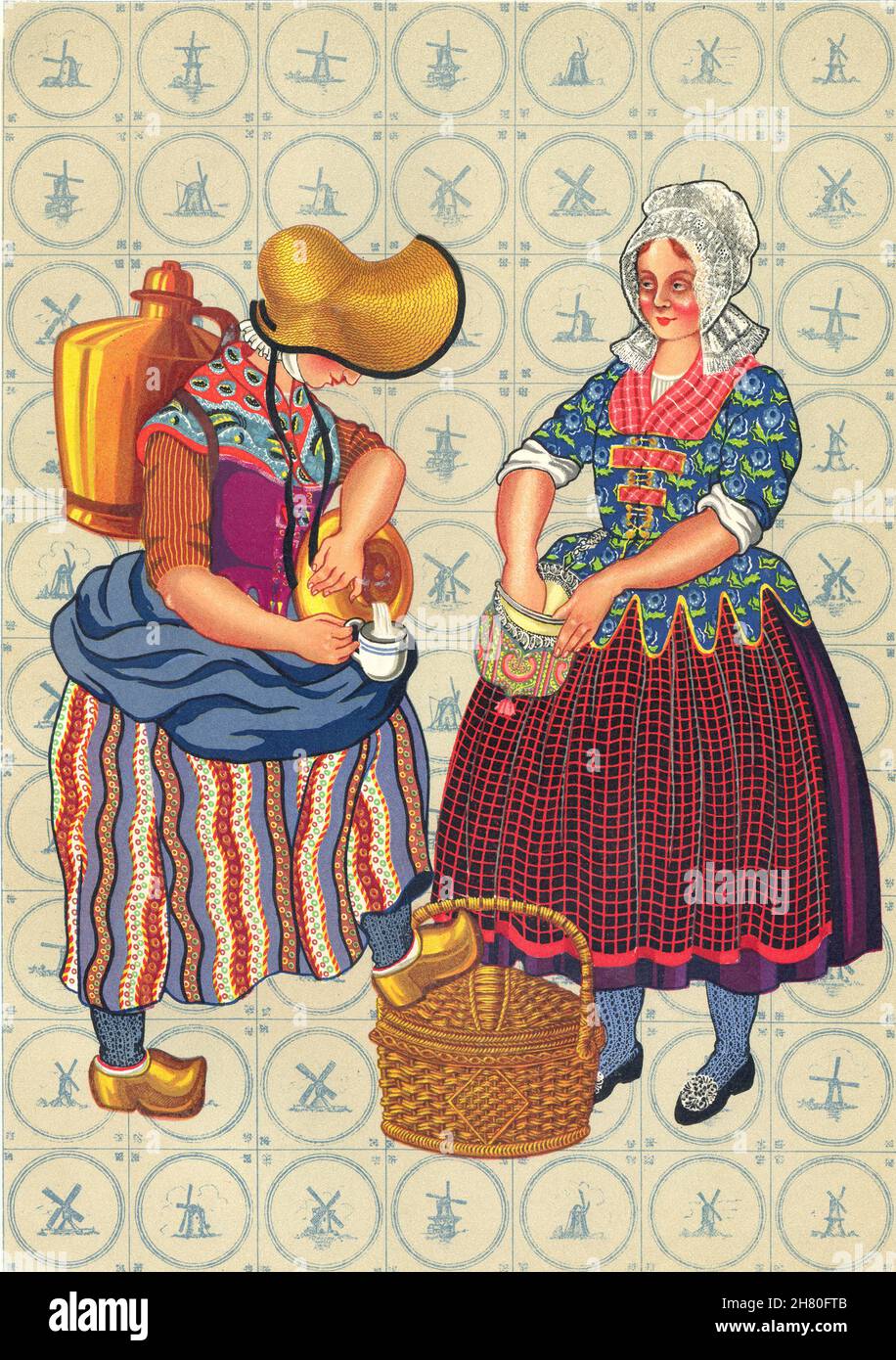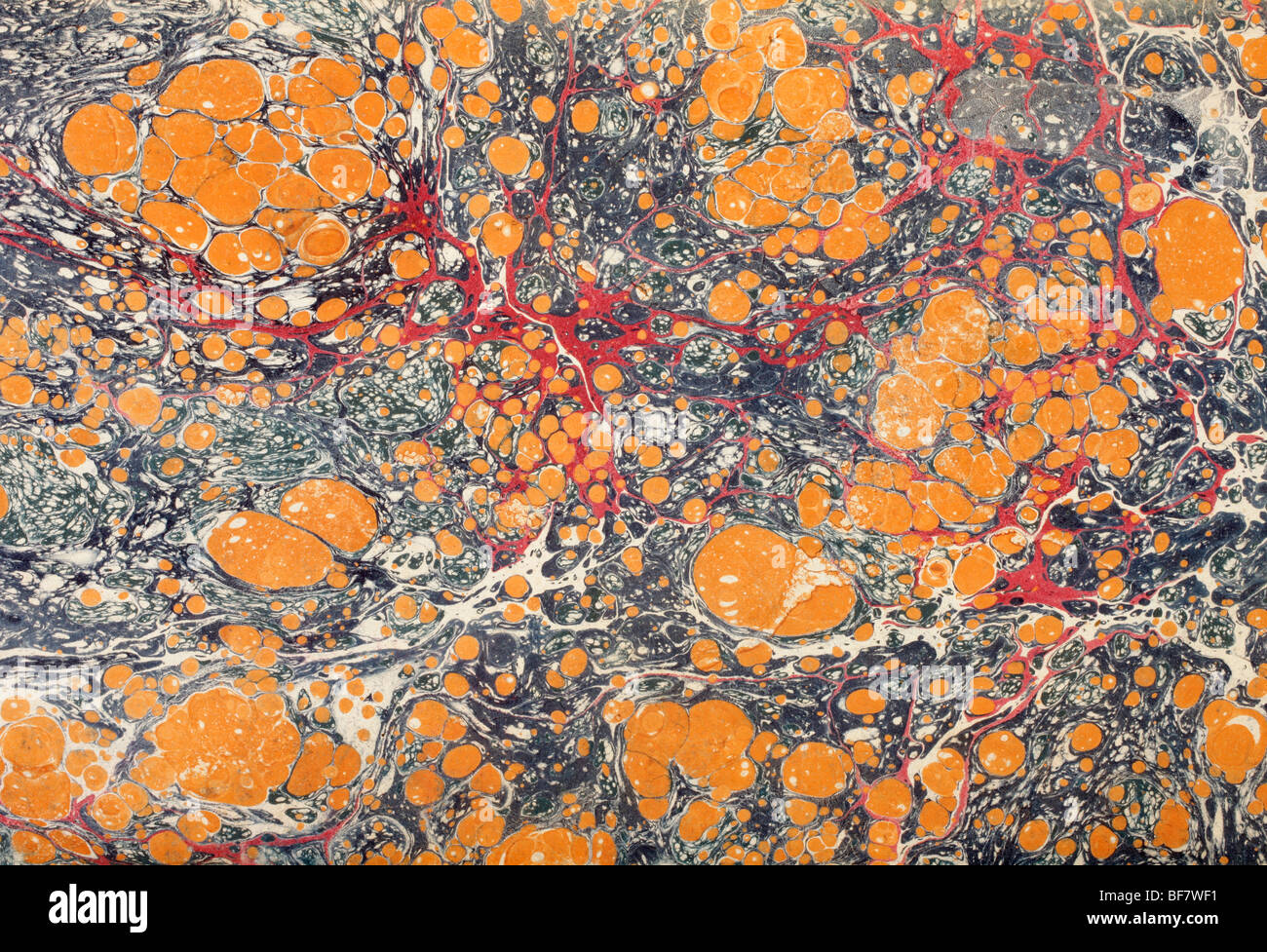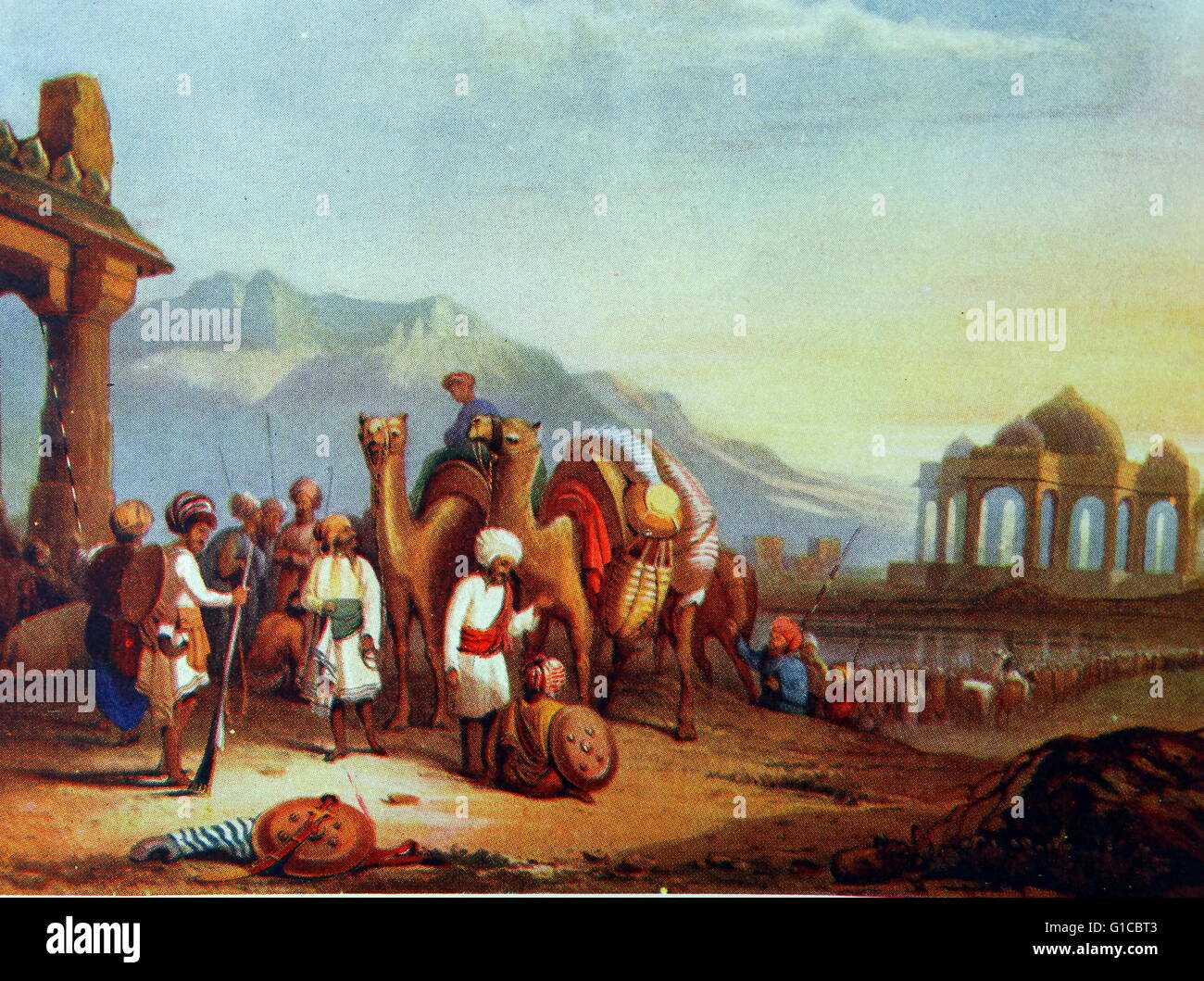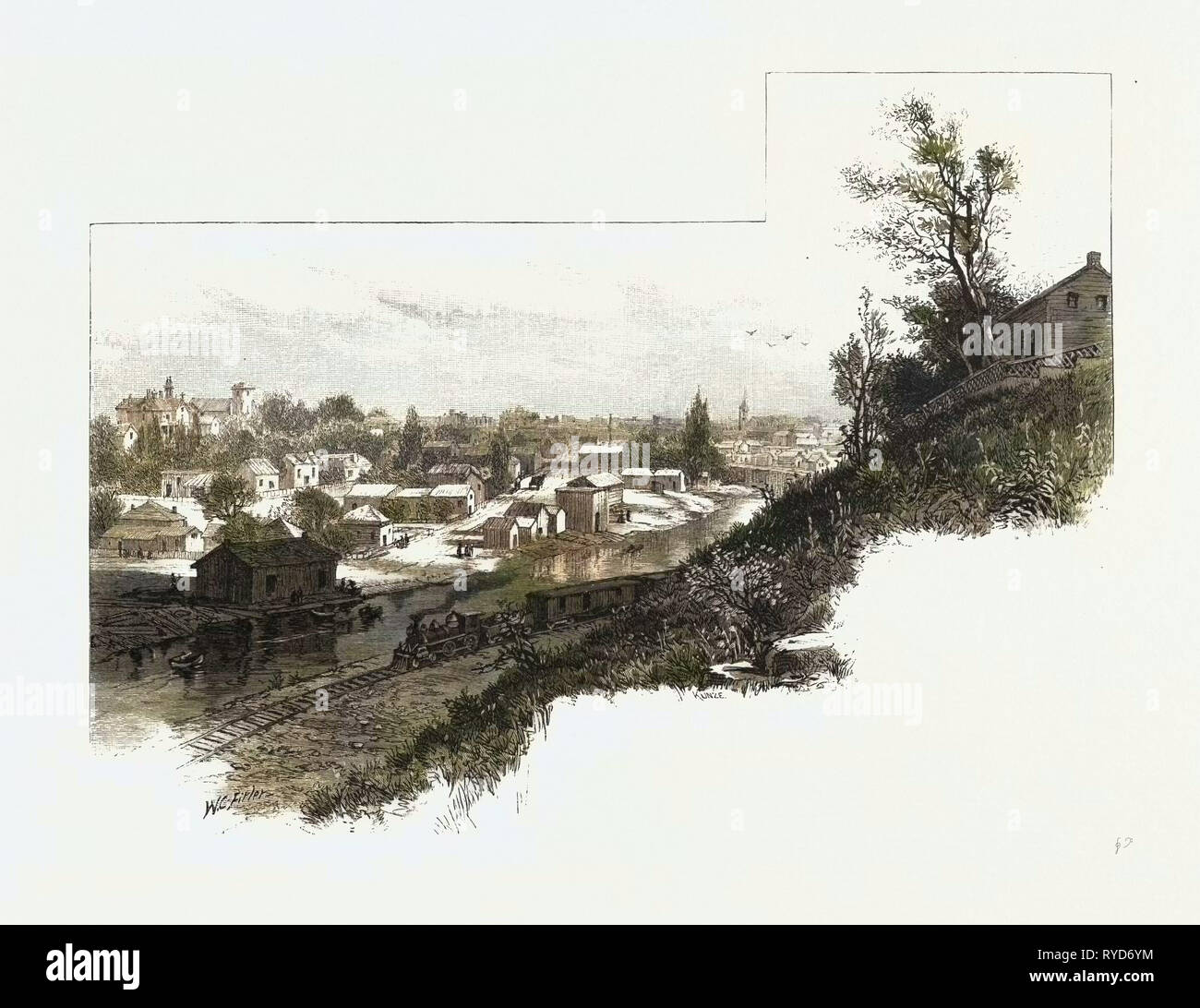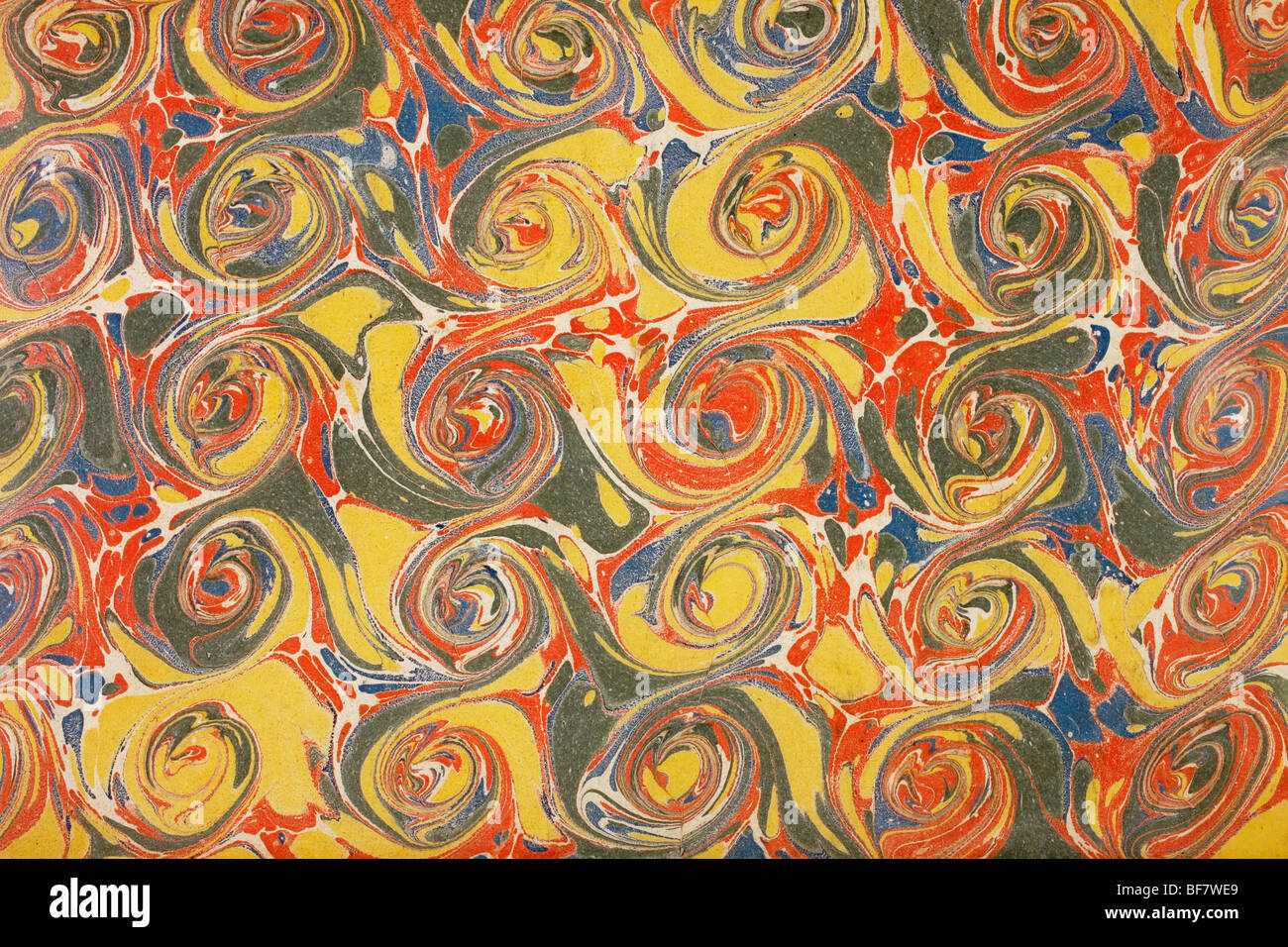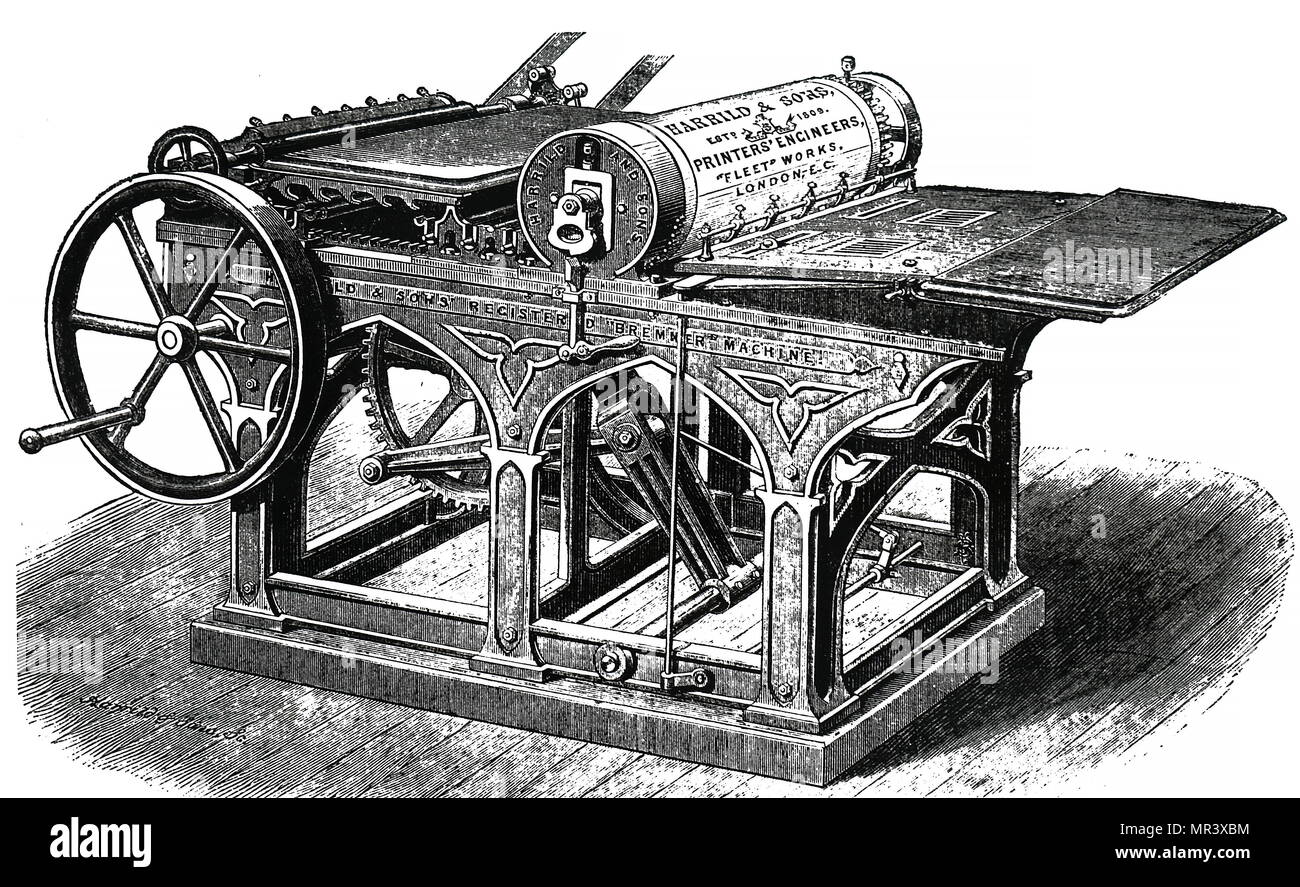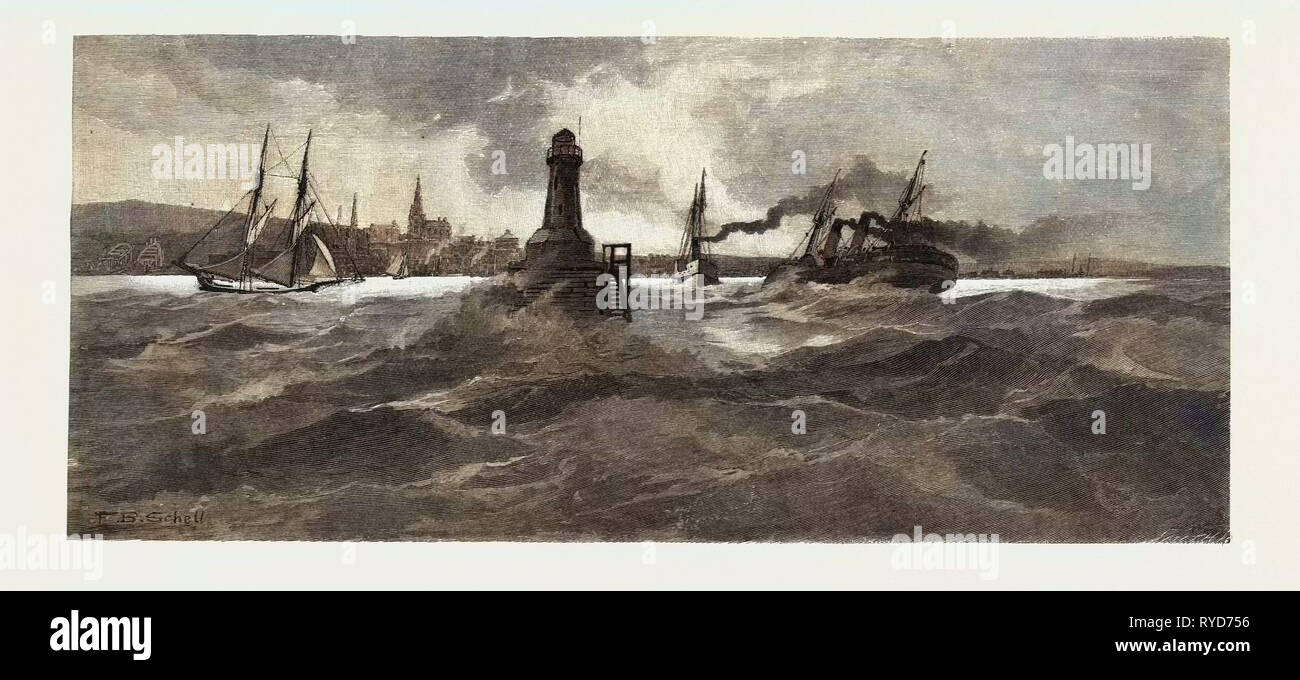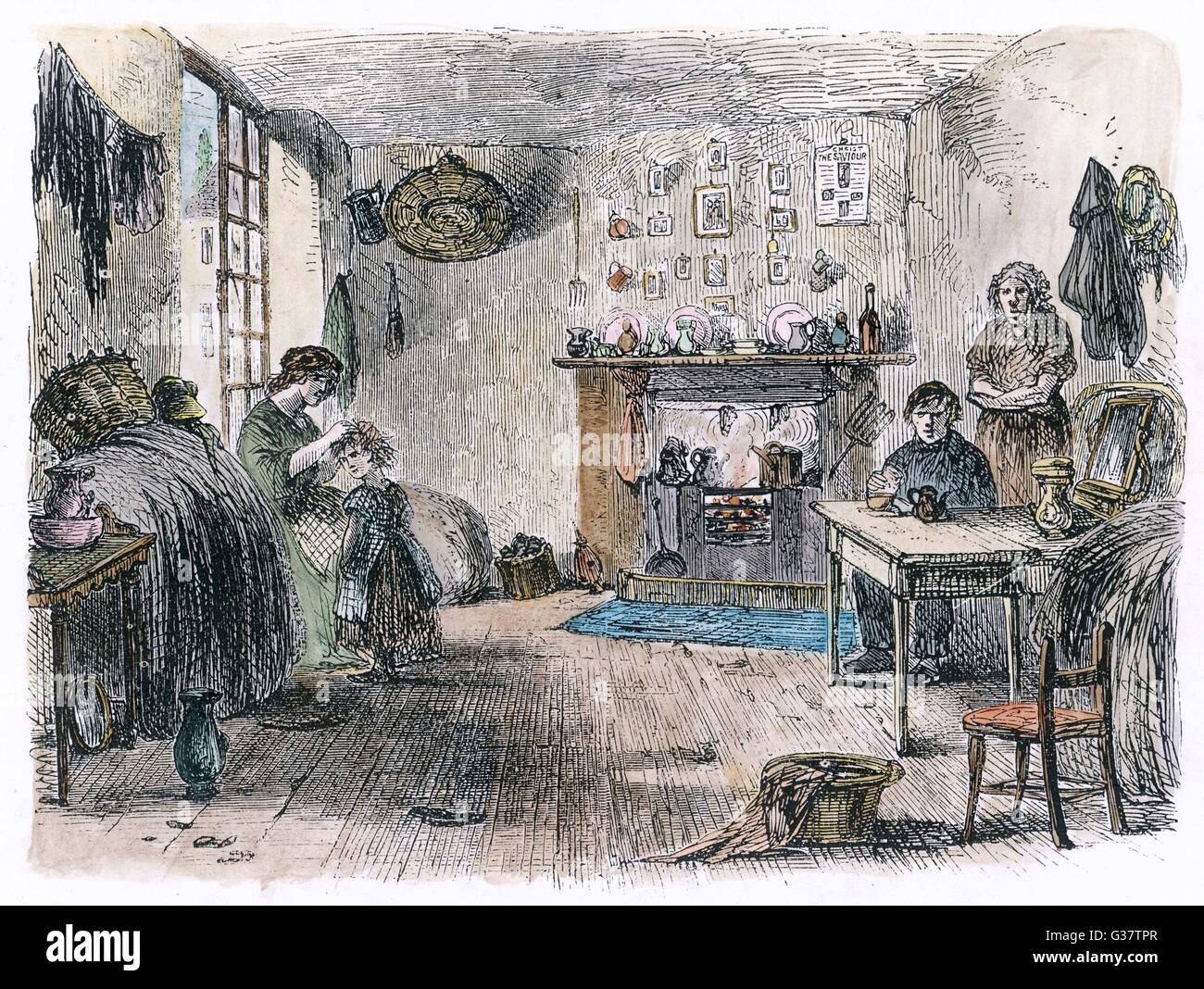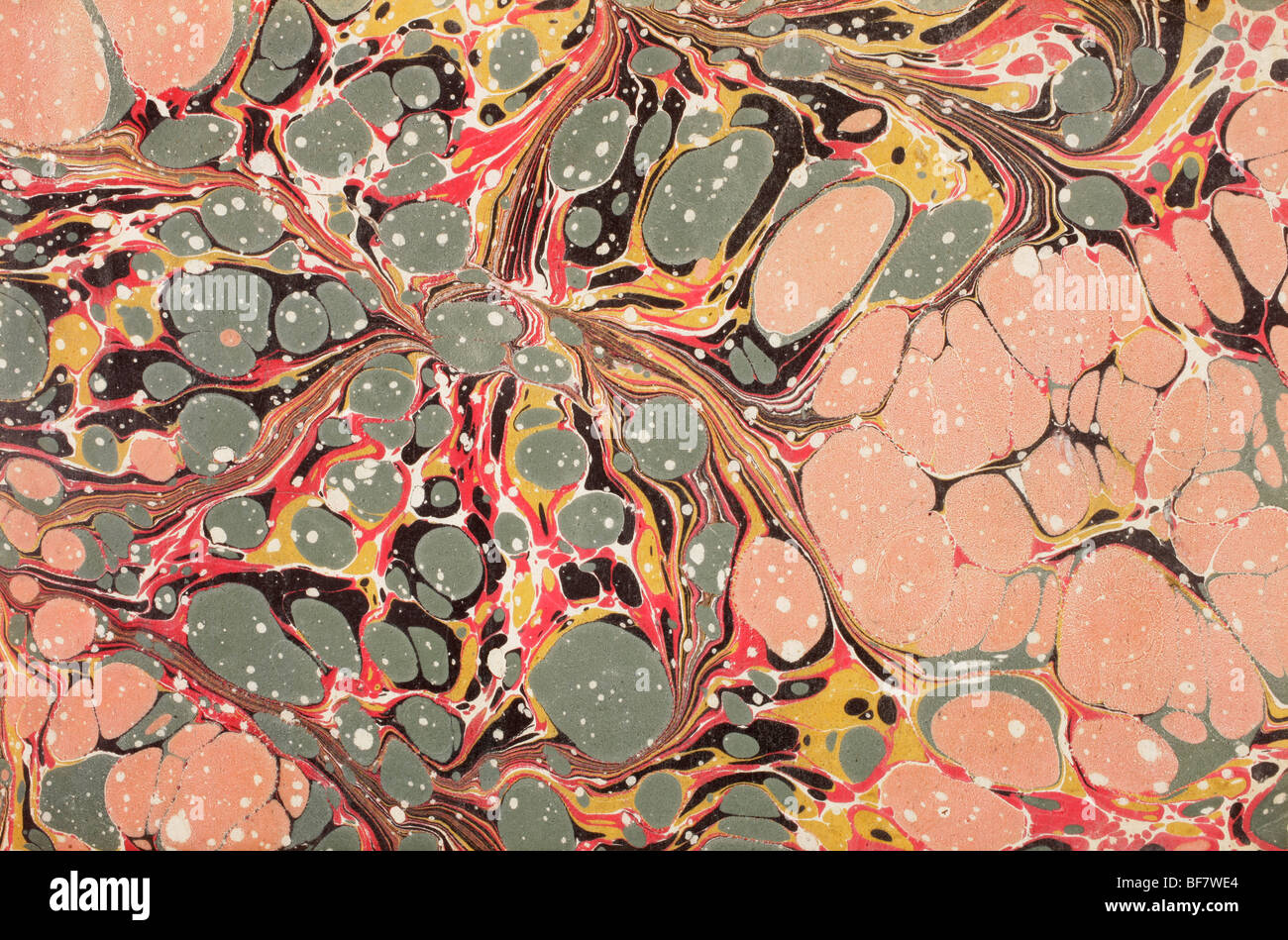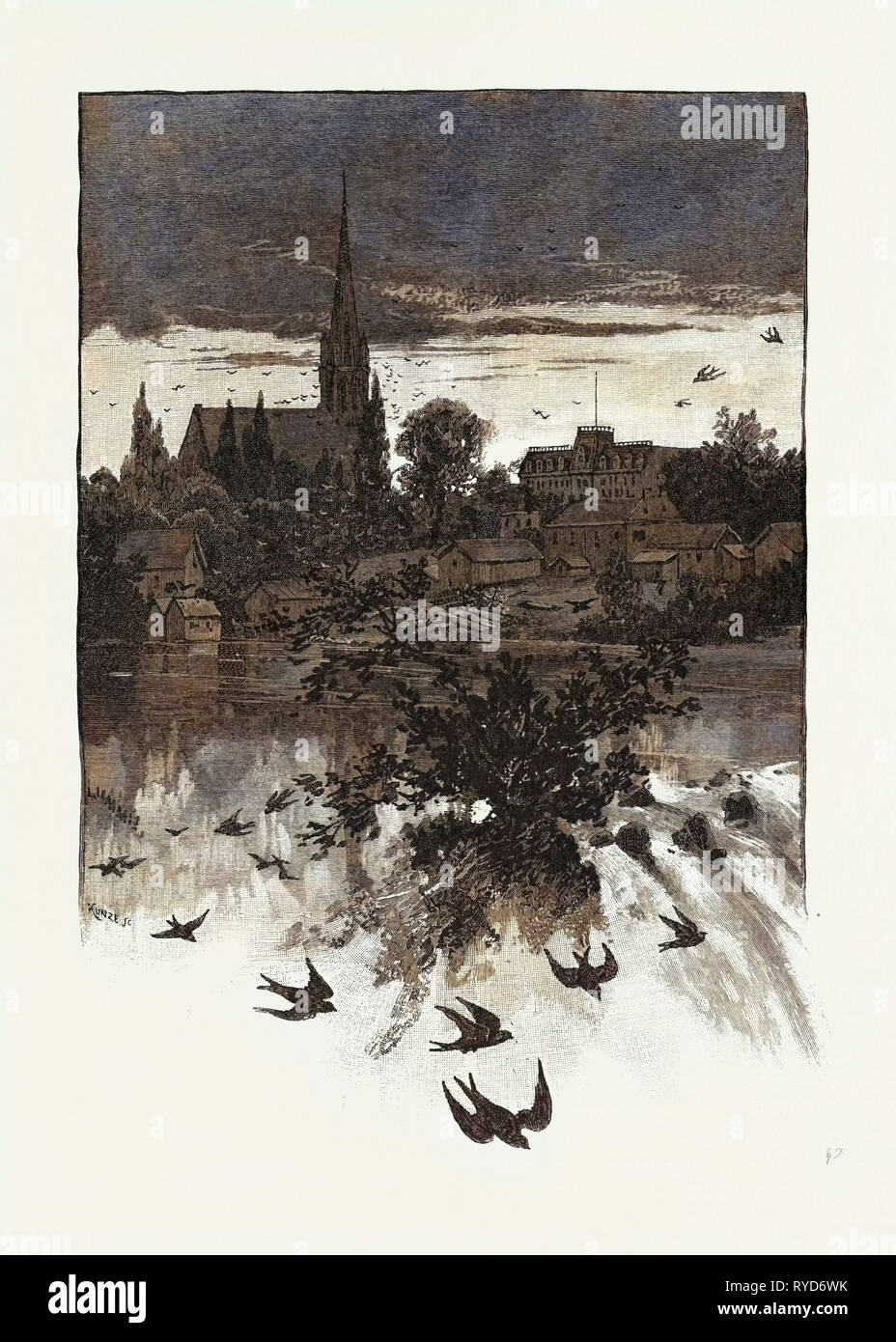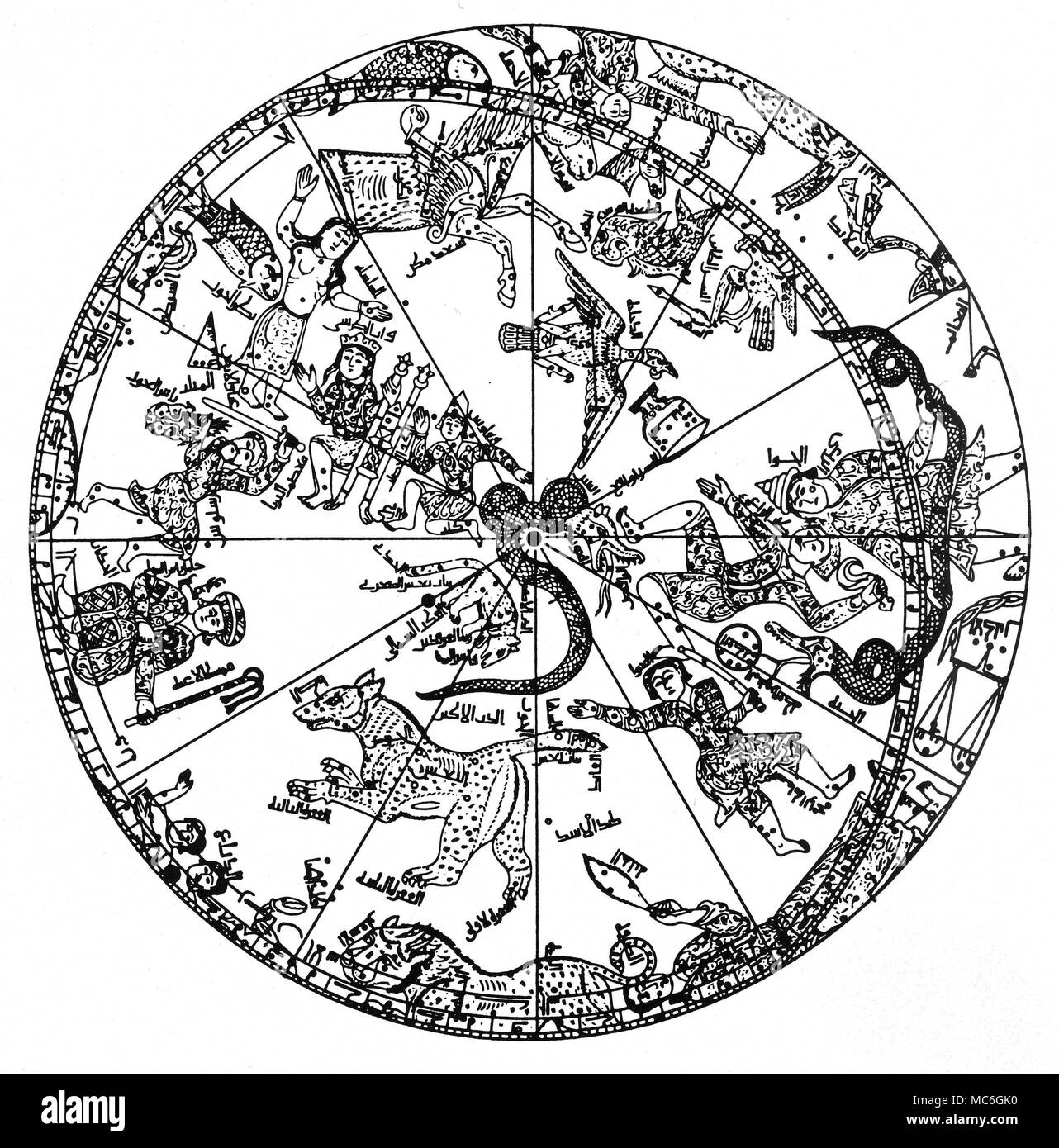Quick filters:
Nineteenth century Stock Photos and Images
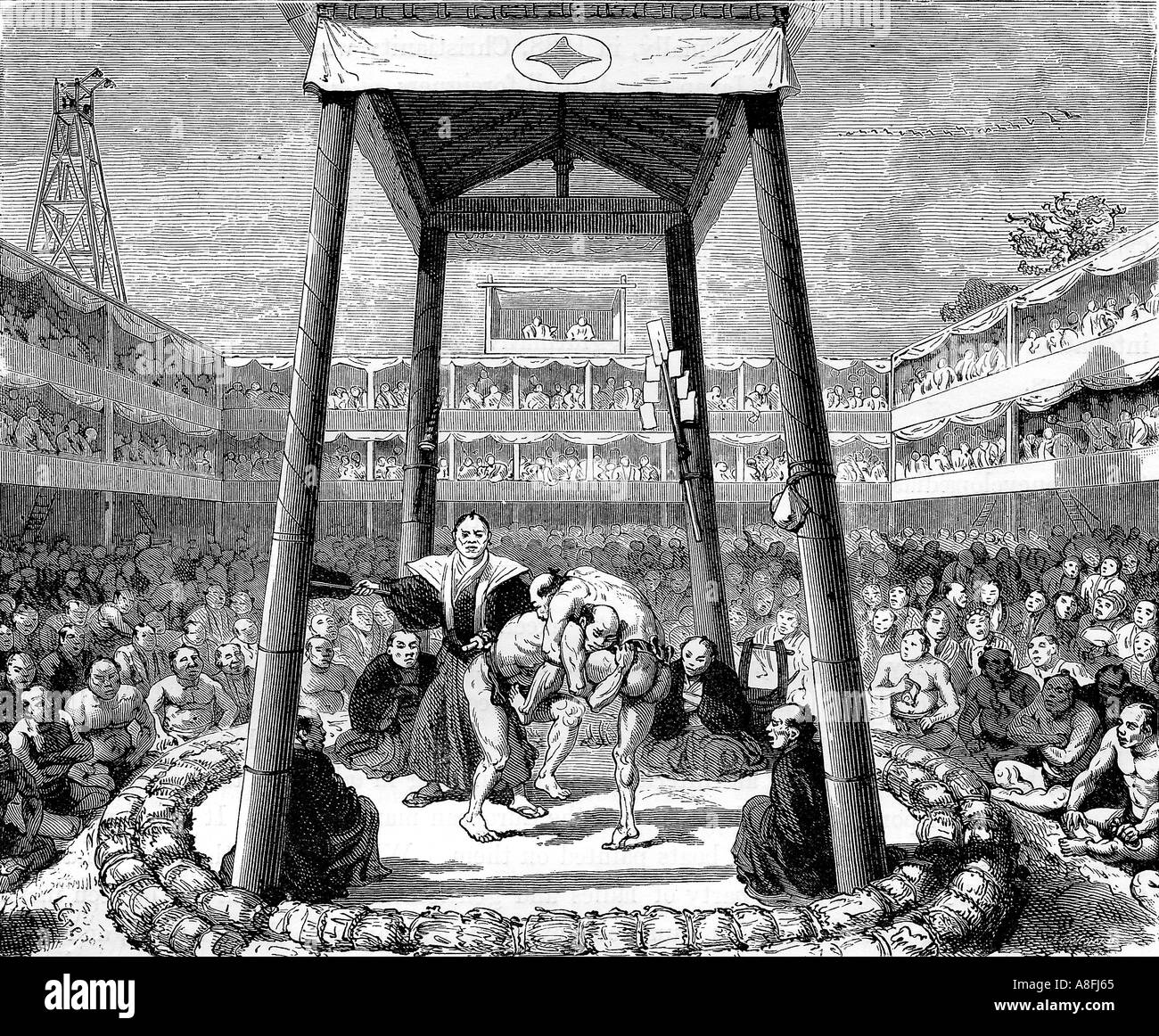
RMA8FJ65–Late Nineteenth Century litho print depicting a Japanese sumo wrestling contest Antique engraving monochrome print c 1870
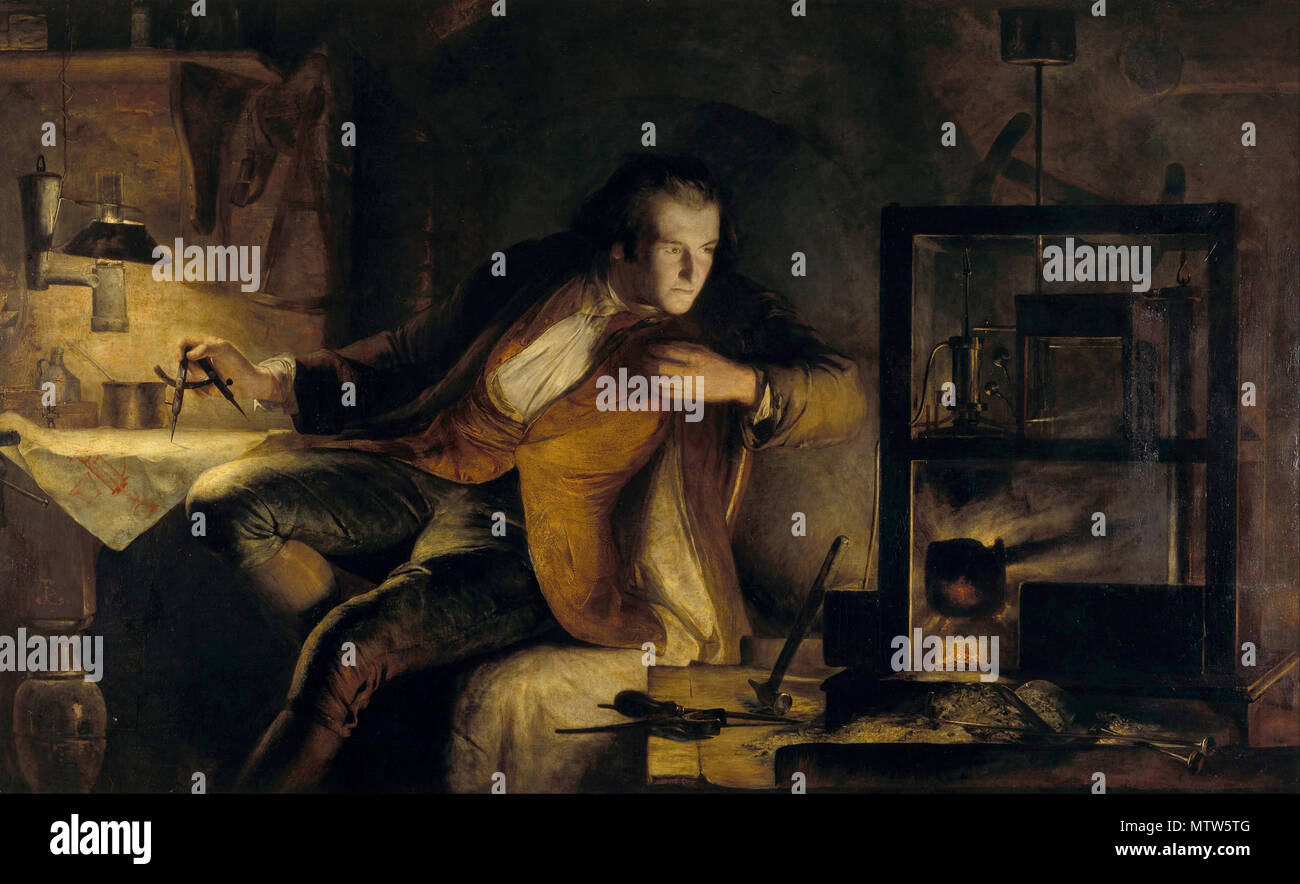
RMMTW5TG–James Watt and the Steam Engine: the Dawn of the Nineteenth Century, 1855 by James Eckford Lauder
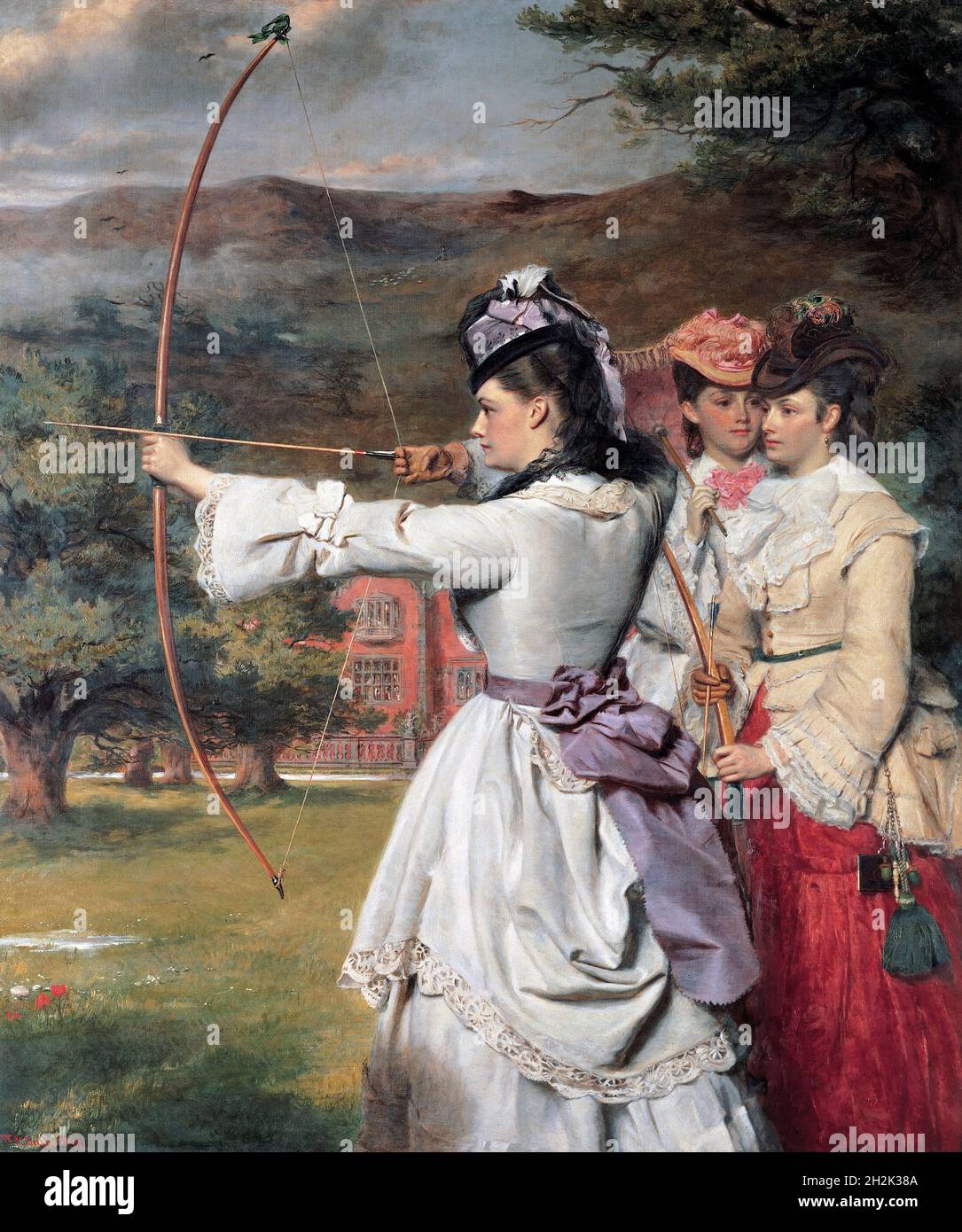
RM2H2K38A–The Fair Toxophilites (or English Archers, Nineteenth Century) by William Powell Frith (1819-1909), oil on canvas, 1872
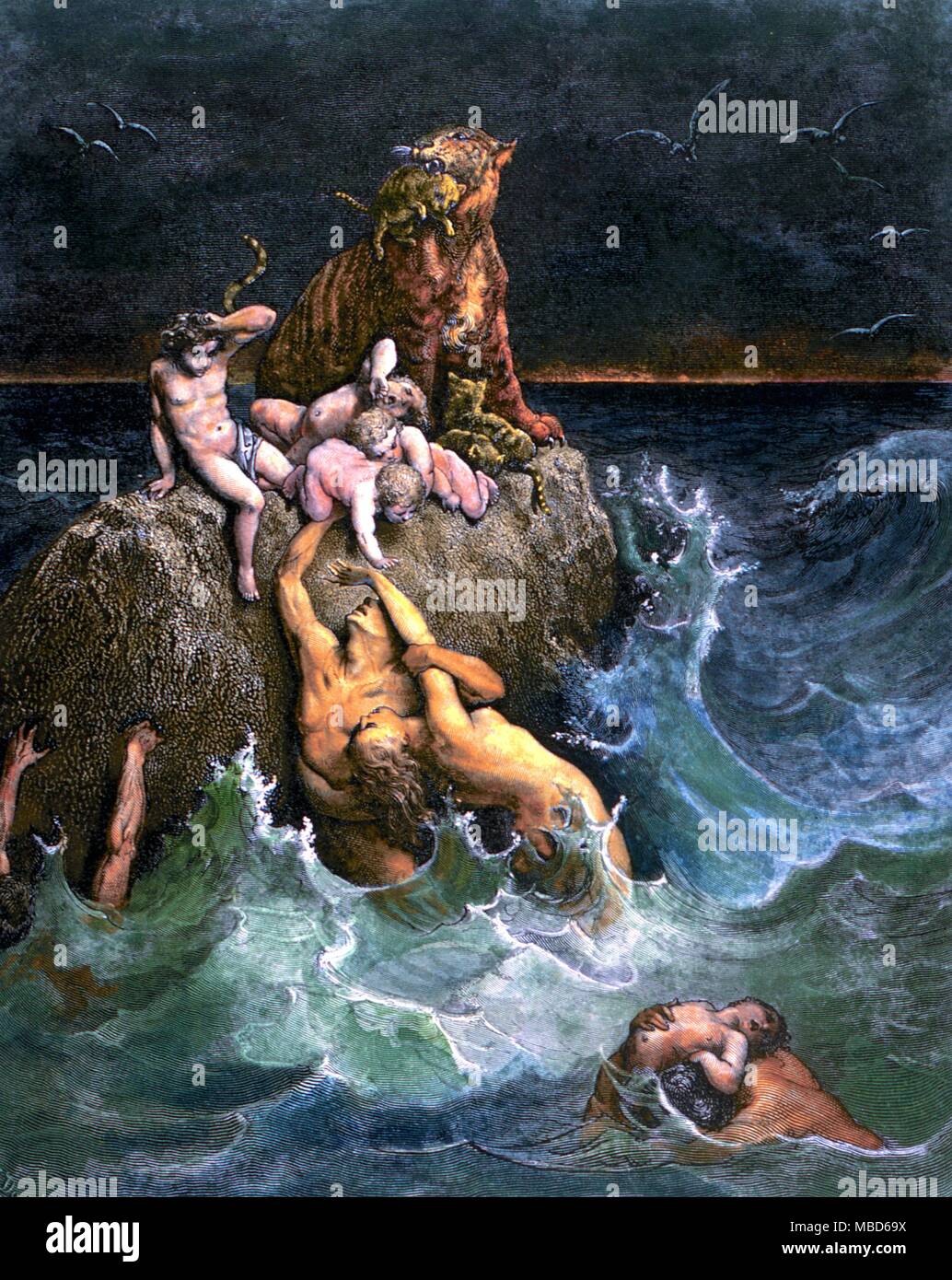
RMMBD69X–Tiger rescuing itsd young - from Dore's engraving, The Deluge. Nineteenth century. - © / Charles Walker

RMFW5M7H–nineteenth century sailors' graffiti on the side wall of the Naval Pay Office in Portsmouth Historic Dockyard: John Dickens worked there in 1812, the father of novelist Charles Dickens.
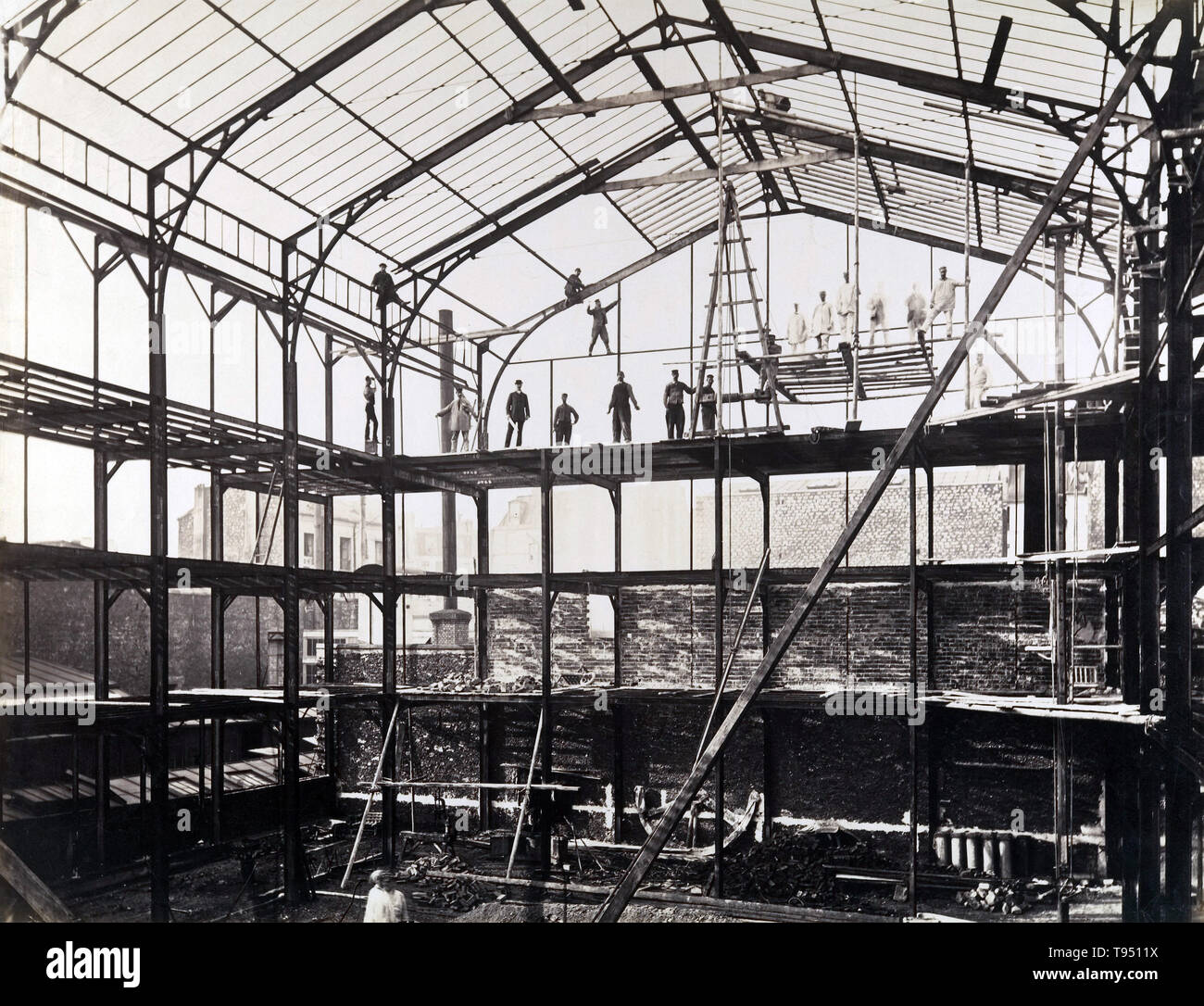
RMT9511X–Construction site taken by French photographer Louis Lafon in the 1880s. The urbanization projects of nineteenth-century France called on photography to record all stages of construction. This building's framework integrated modern techniques of iron and steel-frame construction with traditional materials like brick masonry.

RMPAJ5E7–John Morley, 1st Viscount Morley of Blackburn, British Liberal statesman. Described as ' the last of the great nineteenth-century Liberals'
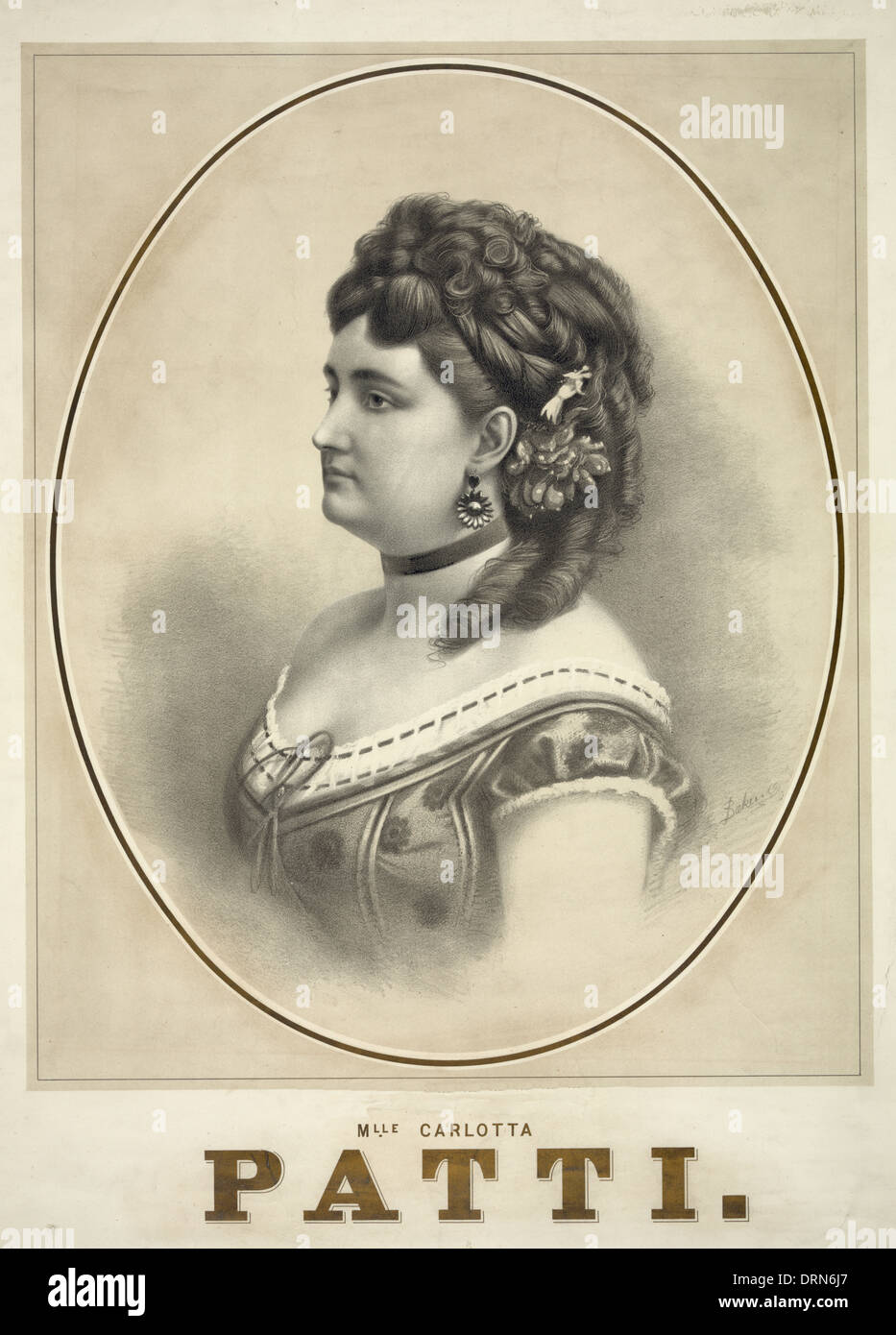
RMDRN6J7–Carlotta Patti - (c. 1840 – 27 June 1889) was a nineteenth-century operatic soprano, circa 1870
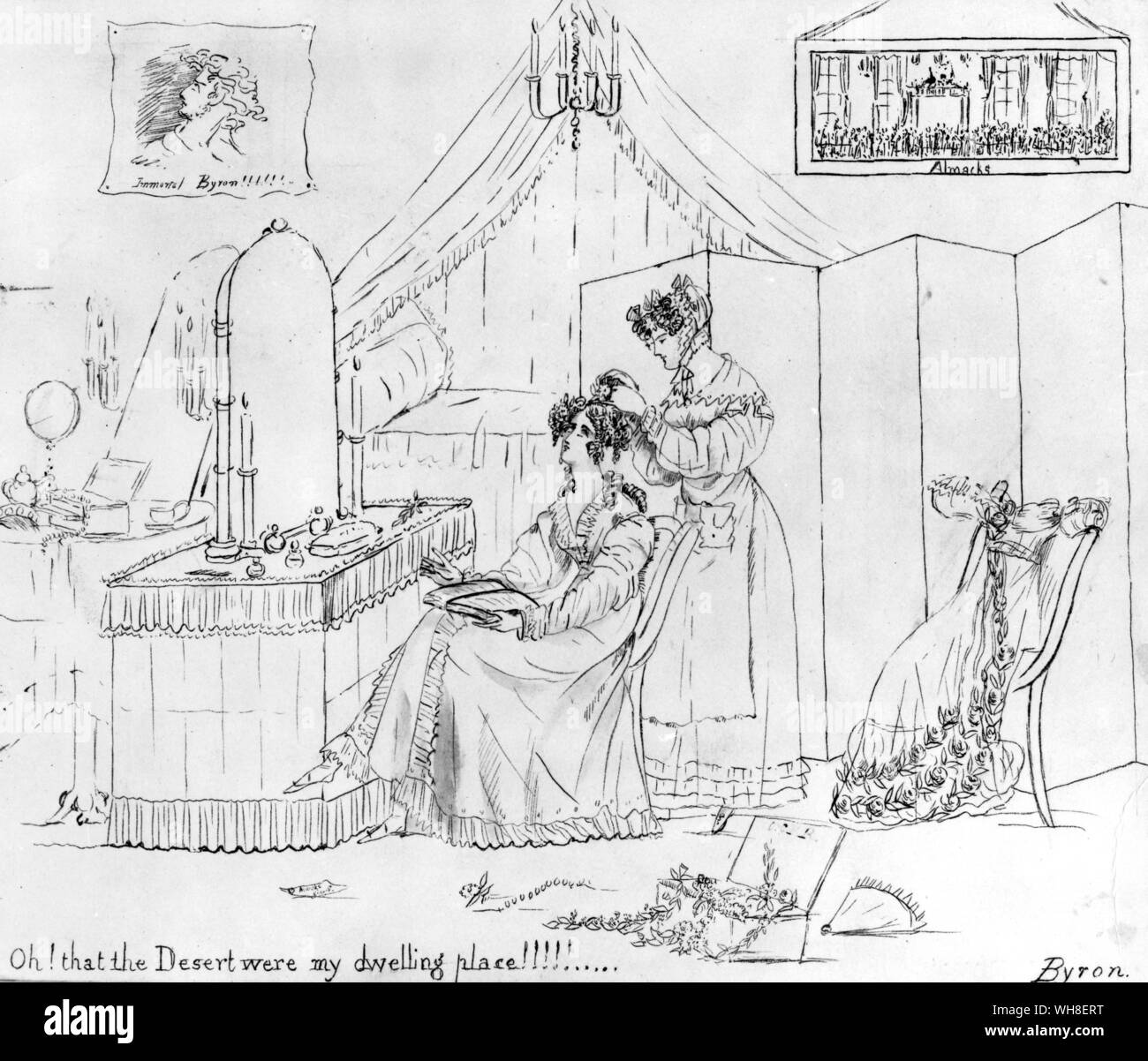
RMWH8ERT–Upper Class: Oh! that the desert were my dwelling place. Caricature, Mid Nineteenth century. The Cecils of Hatfield House, with introduction by Lord David Cecil, page 201.
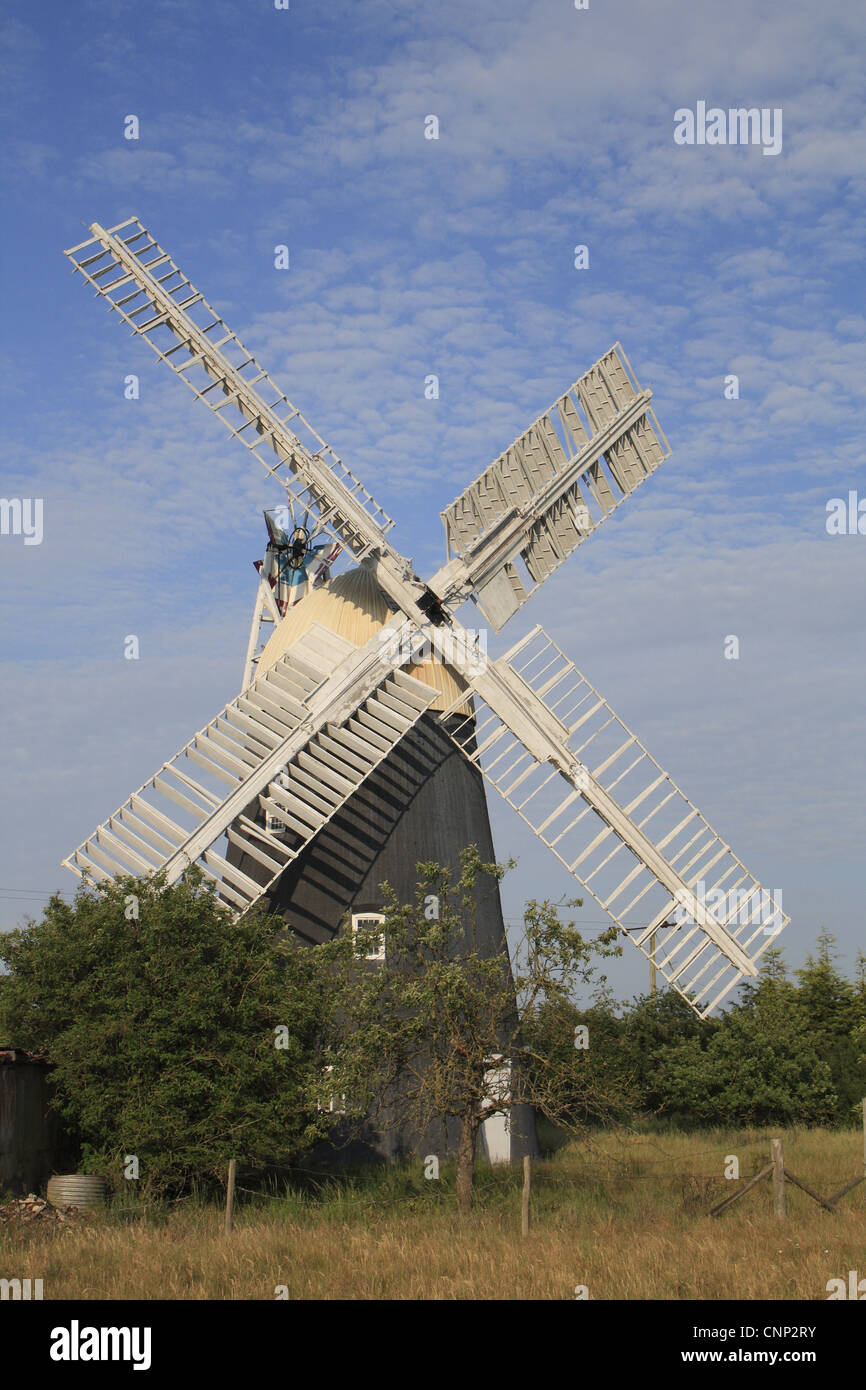
RMCNP2RY–Nineteenth Century tower mill, Thelnetham Windmill, Thelnetham, Little Ouse Valley, Suffolk, England, june
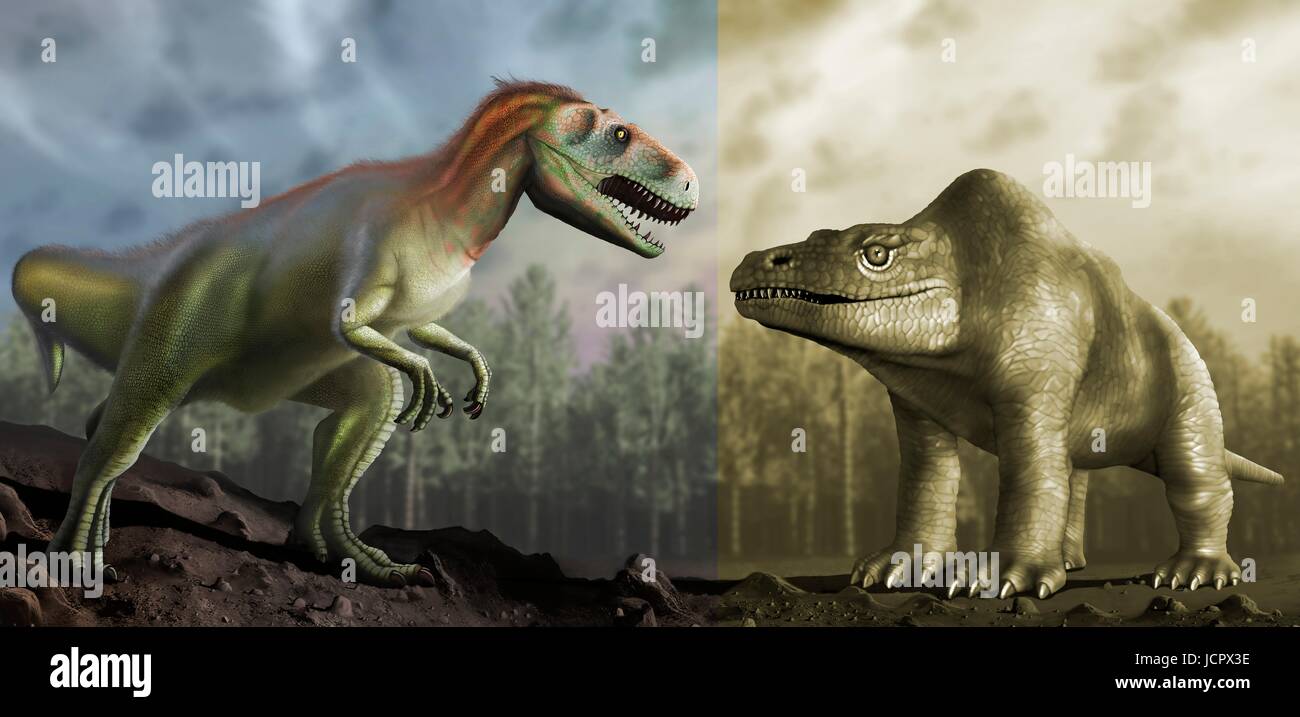
RFJCPX3E–Megalosaurus is genus extinct meat-eating dinosaurs,theropods,from Middle Jurassic period in Earth’s history,166 million years ago.It lived in what is now southern England.The first dinosaur fossil ever found,as long ago as 1676,was probably fragment thigh bone that belonged to Megalosaurus.This animal was medium-sized theropod,6 to 7 m long weighing about one tonne.This illustration right shows animal as it was originally imagined to appear,back in nineteenth century.The image is based famous statues animal in London's Crystal Palace Park.
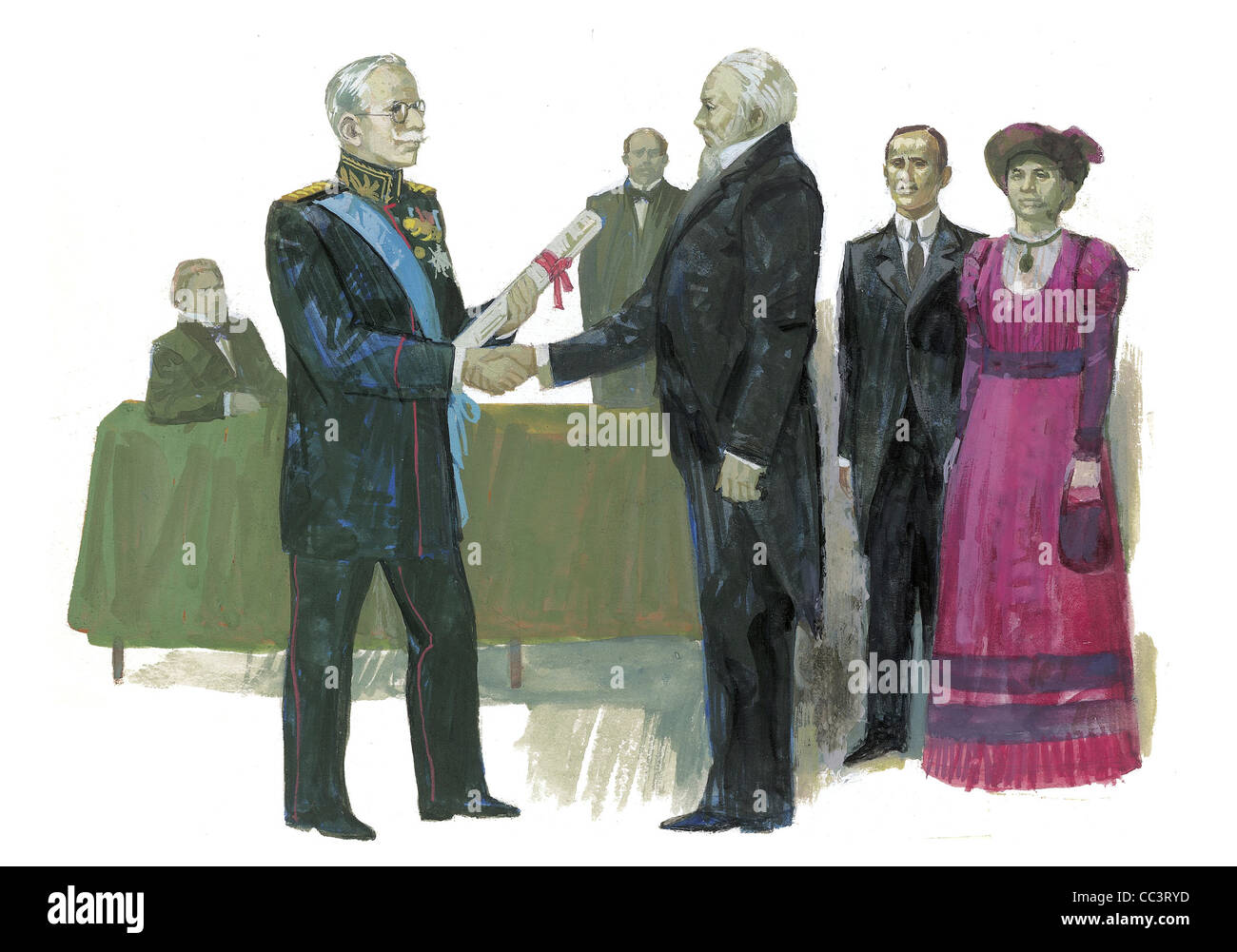
RMCC3RYD–Sweden, The Nineteenth Century. Alfred Bernhard Nobel (1833-1896), Scientist And Researcher. Invented Dynamite And
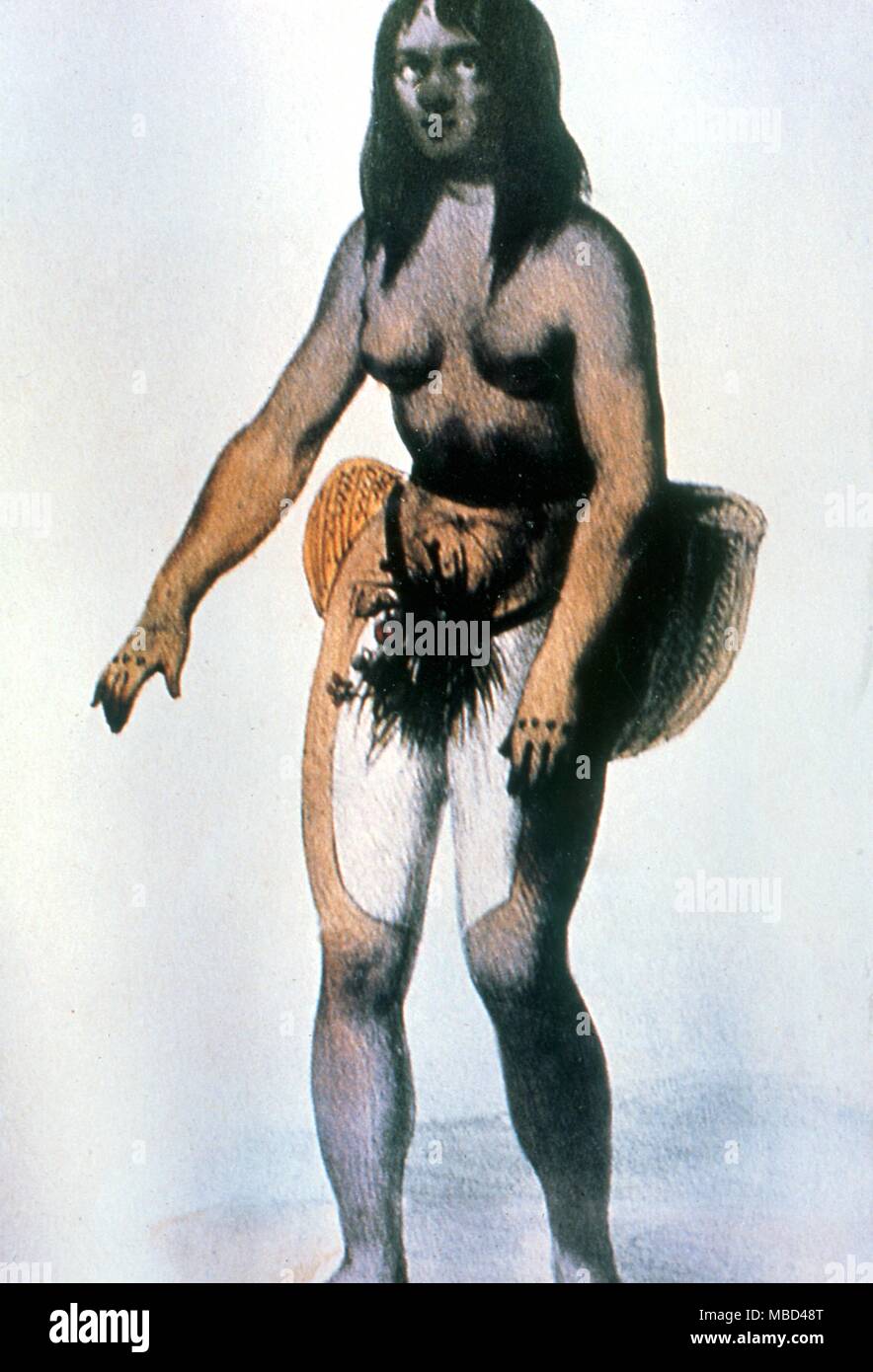
RMMBD48T–Easter Island - Natives - Nineteenth century lithograph of an aboriginal Easter Islander (female) - Private collection. - ©Charles Walker /
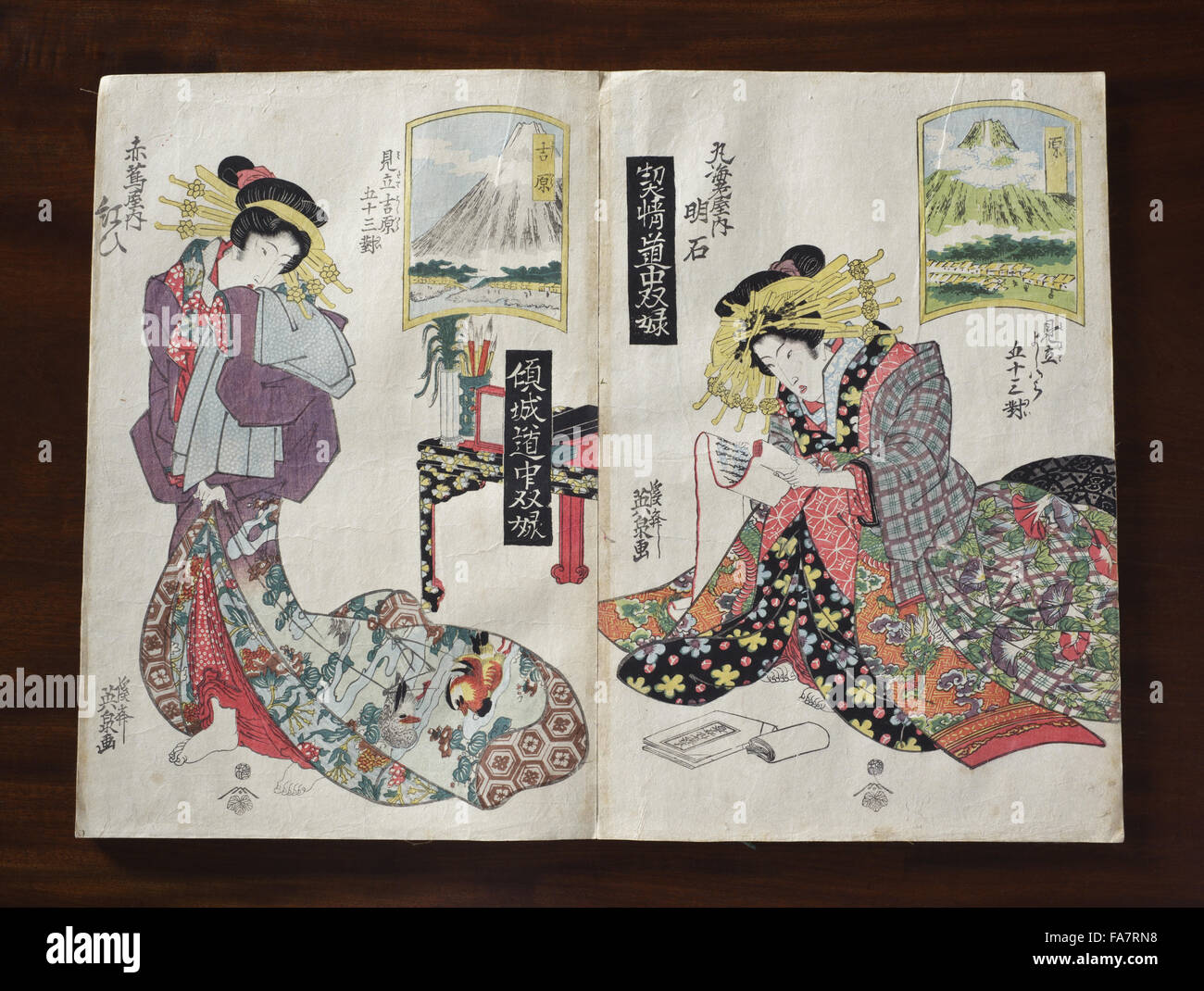
RMFA7RN8–Nineteenth century Japanese woodblock prints, part of the Library collection at Tatton Park, Cheshire.
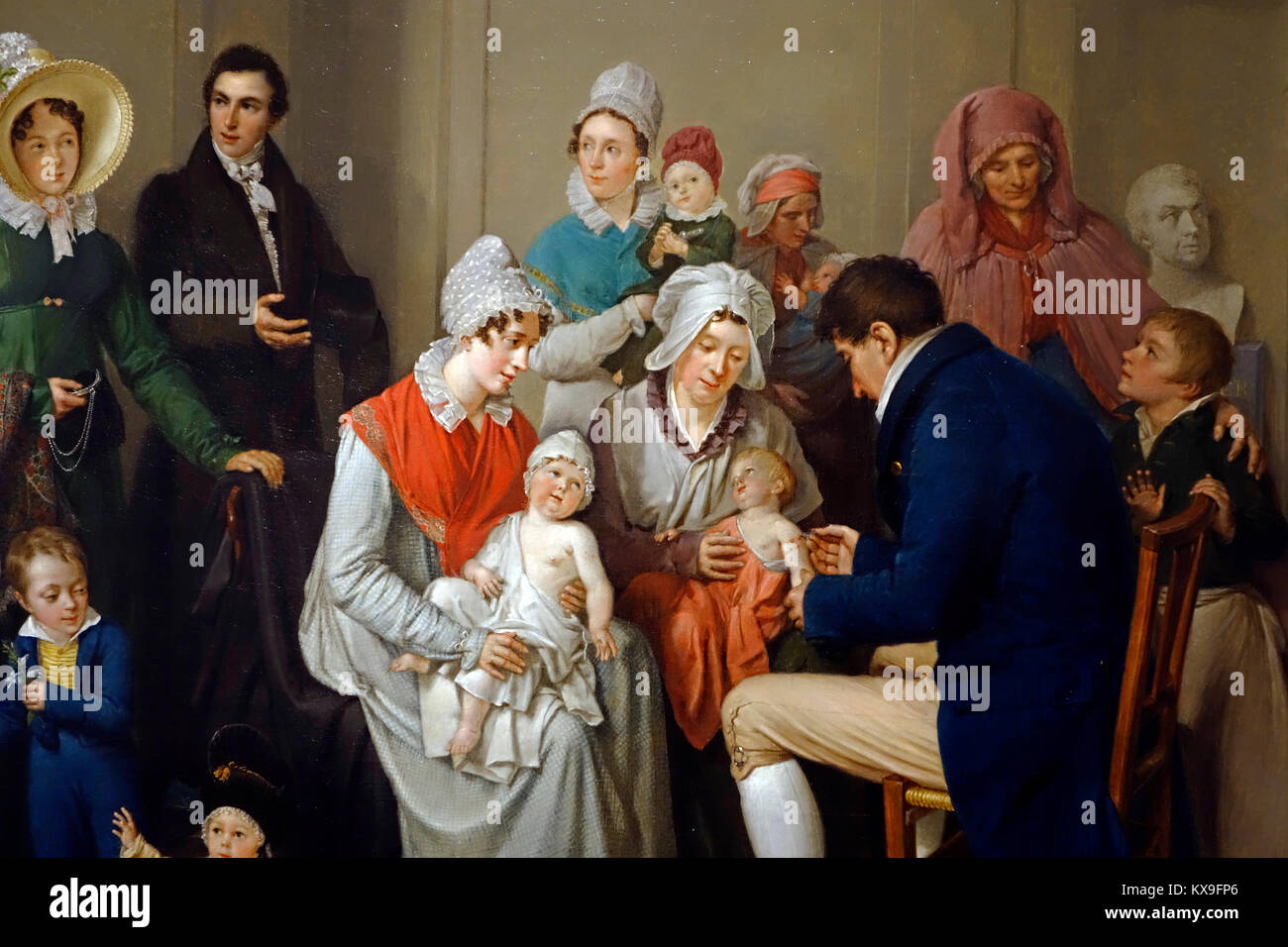
RMKX9FP6–Nineteenth century painting showing doctor vaccinating babies with cowpox to protect them from the more virulent infection smallpox
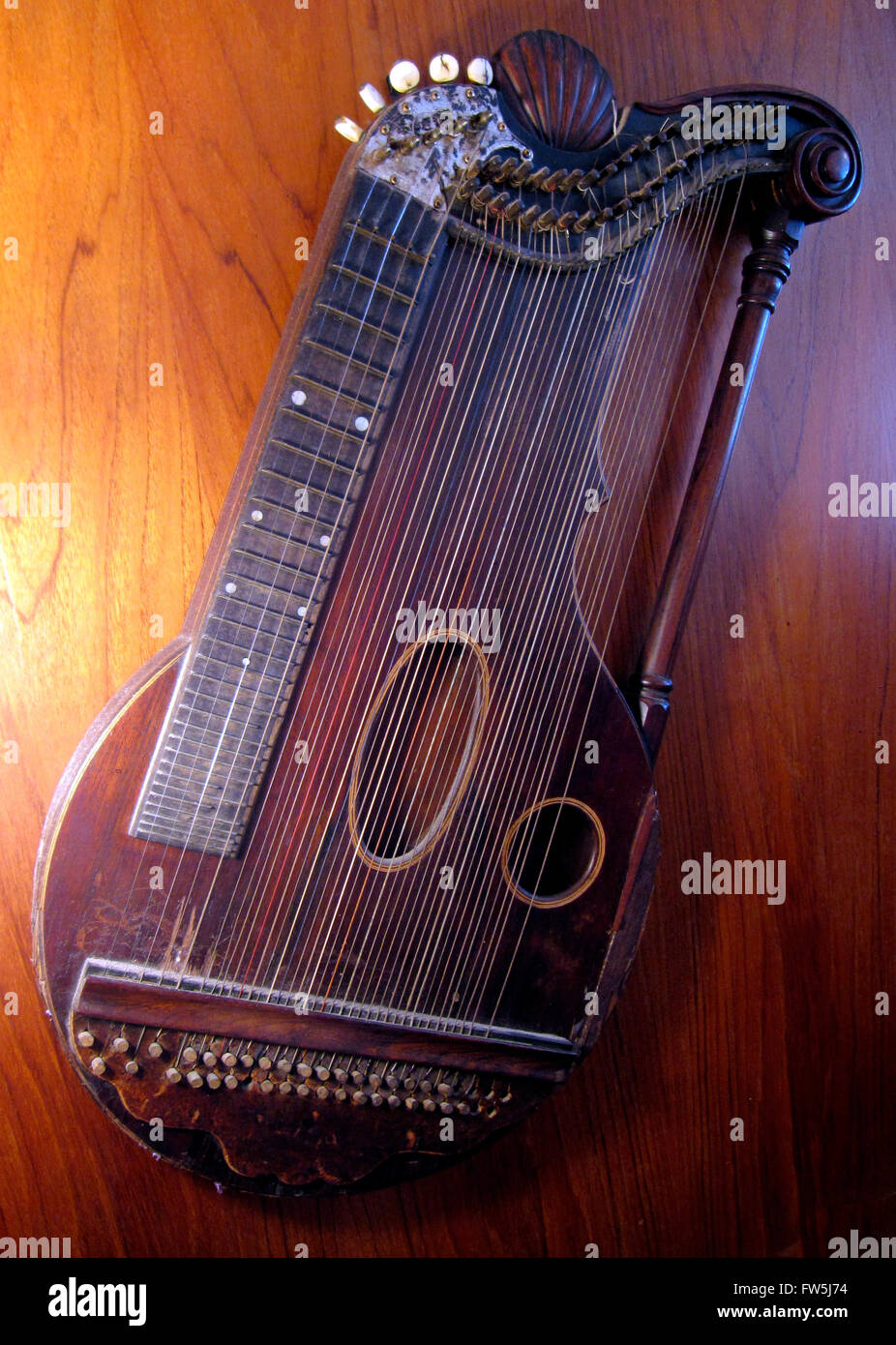
RMFW5J74–Austrian concert zither, mid nineteenth century. 5 stopped strings and 32 unstopped, plucked string instrument often used in cafe music, and made famous in the film 'The Third Man'.
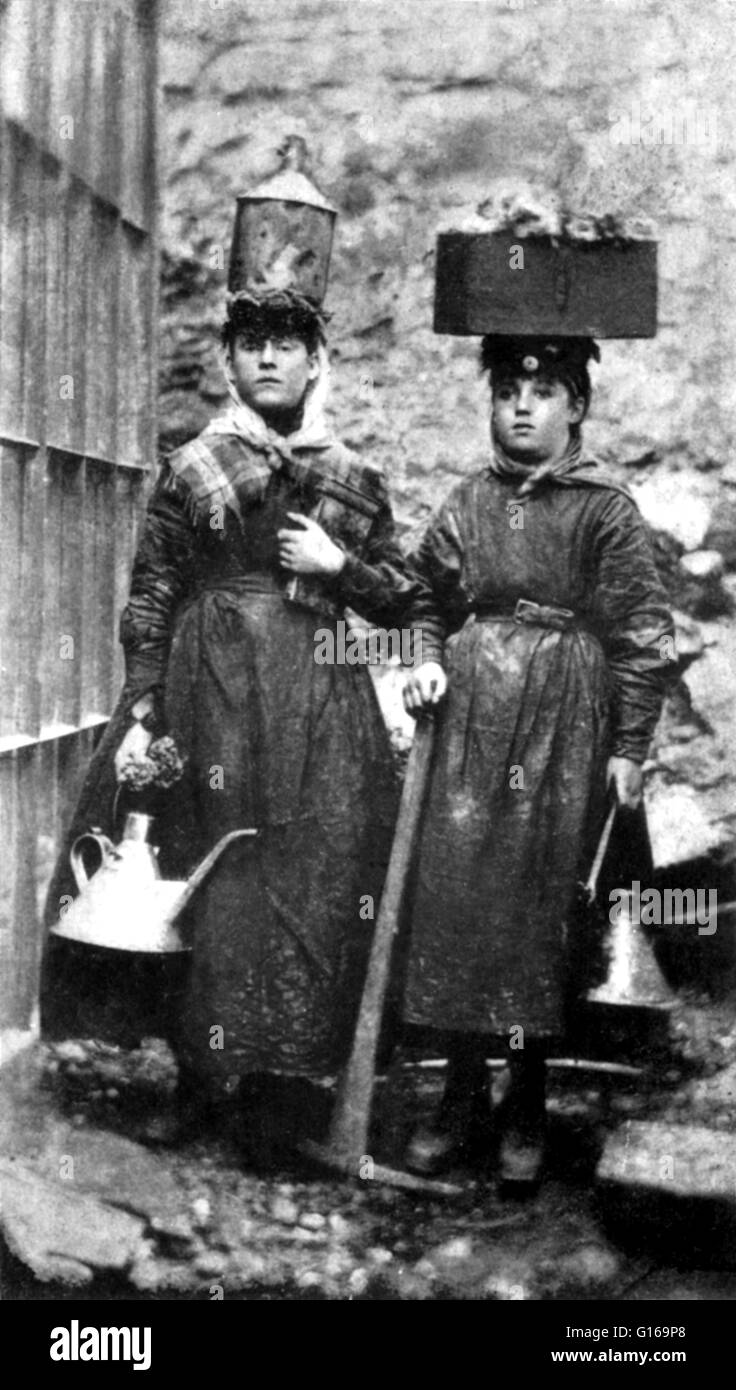
RMG169P8–During the first half of the nineteenth century mining was often at the centre of working class discontent in Wales, and a number of uprisings such as the Merthyr Rising in 1831 against employers were a characteristic of the Industrial Revolution in Wales. The Chartist movement and the 1839 Newport Rising showed the growing concerns and awareness of the work force of their value to the nation. Although the Factory Acts of the 1830s and resultant Mines Act of 1842 were meant to prevent women and boys under 10 years of age from working underground, it is believed they were widely ignored.
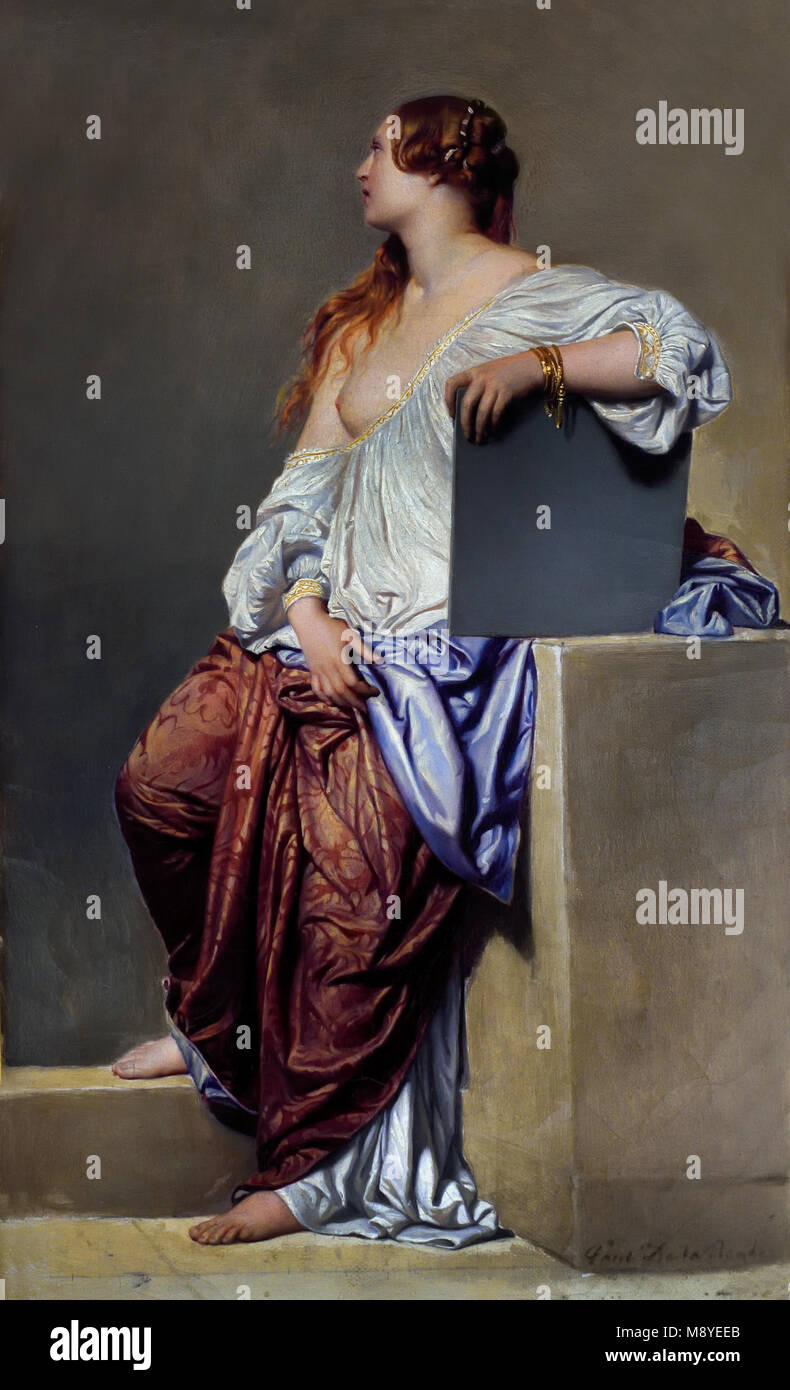
RMM8YEEB–La Renaissance XIXe siècle - The nineteenth century Renaissance Hippolyte de LA ROCHE ( Paul DELAROCHE ) 1797 - 1856, France, French,
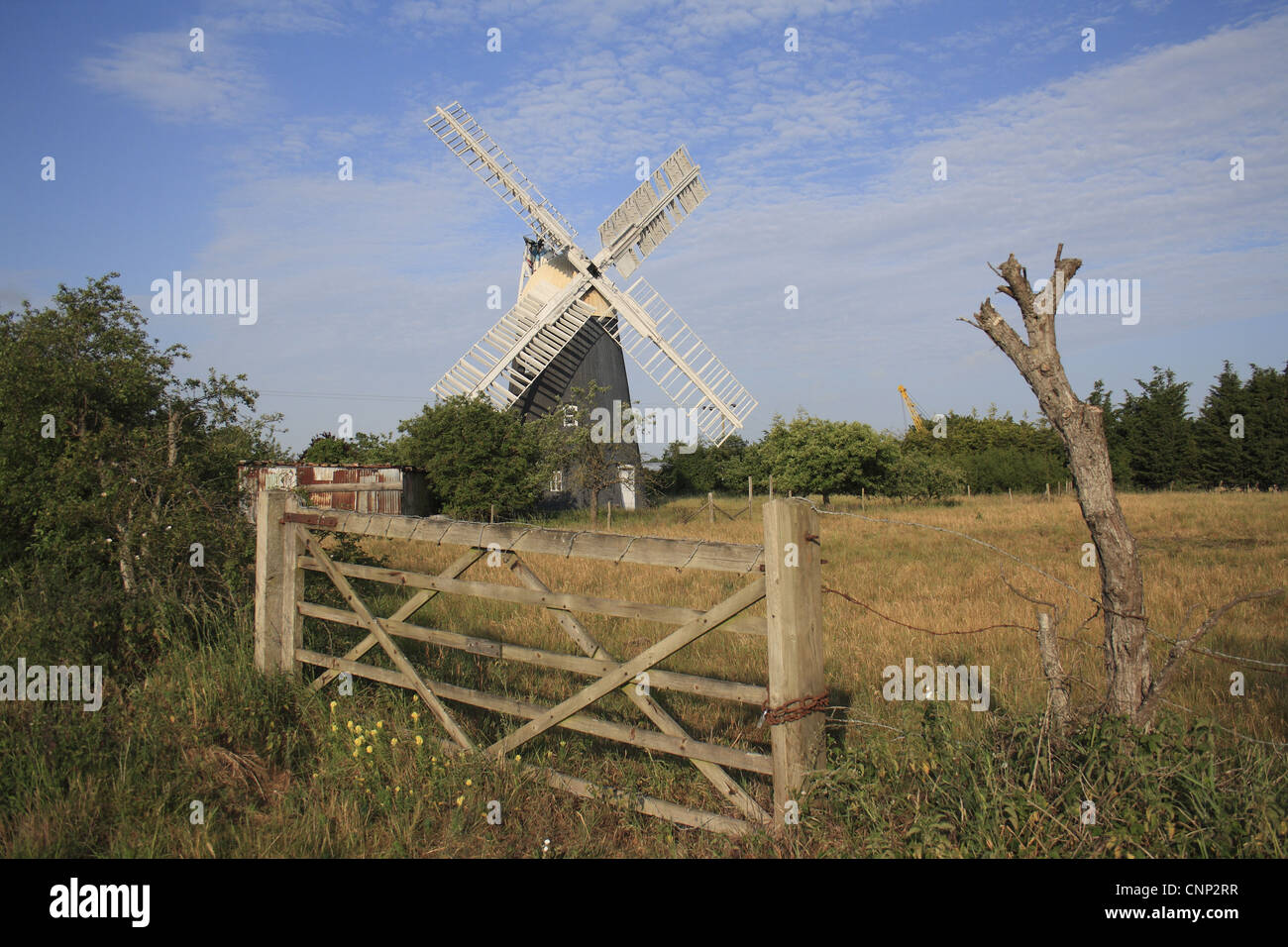
RMCNP2RR–Nineteenth Century tower mill, Thelnetham Windmill, Thelnetham, Little Ouse Valley, Suffolk, England, june
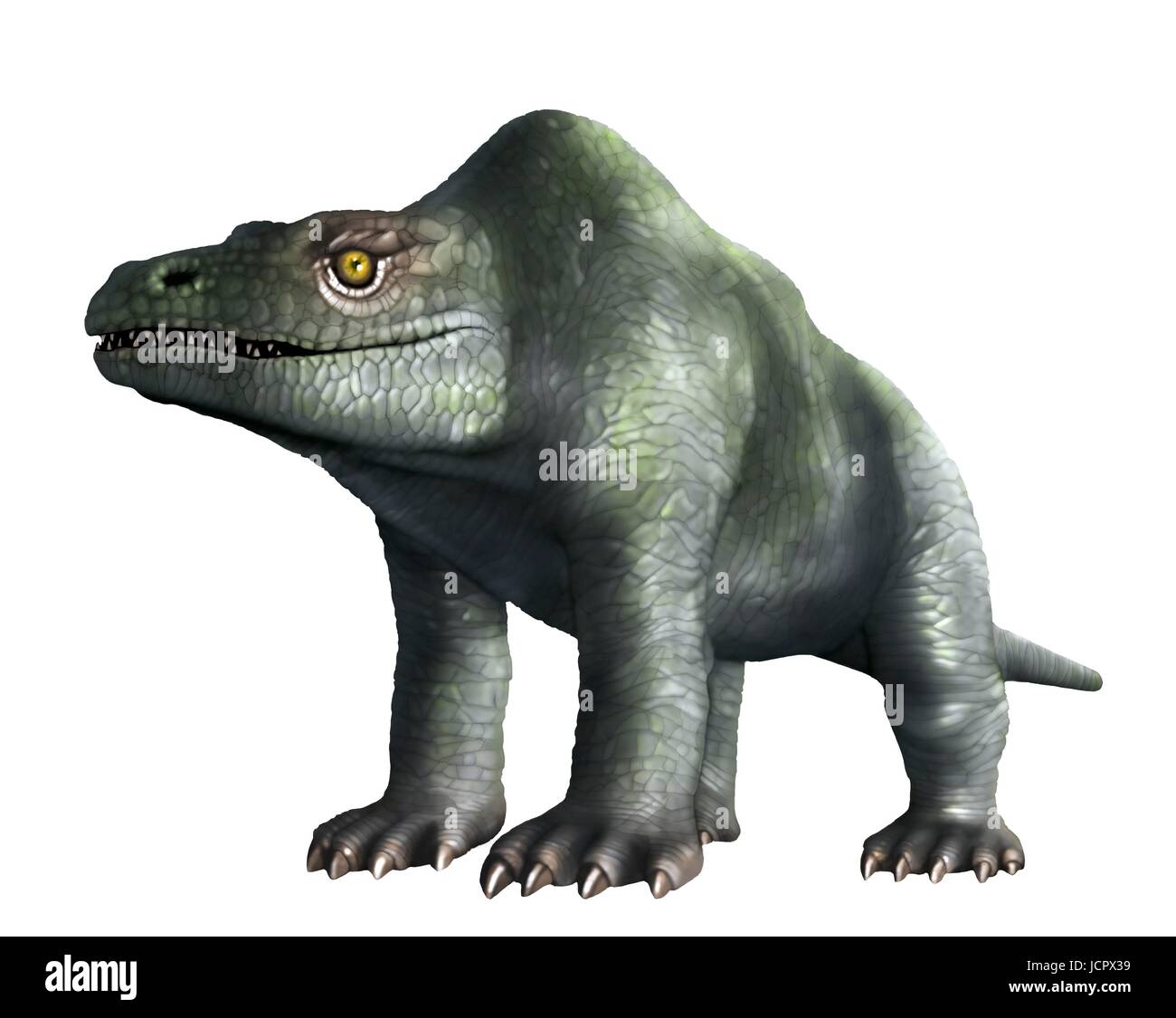
RFJCPX39–Megalosaurus is genus extinct meat-eating dinosaurs,theropods,from Middle Jurassic period in Earth's history,166 million years ago.It lived in what is now southern England.The first dinosaur fossil ever found,as long ago as 1676,was probably fragment thigh bone that belonged to Megalosaurus.This animal was medium-sized theropod,6 to 7 metres long weighing about one tonne.This illustration shows animal as it was originally imagined to appear,back in nineteenth century.The image is based famous statues animal in London's Crystal Palace Park.
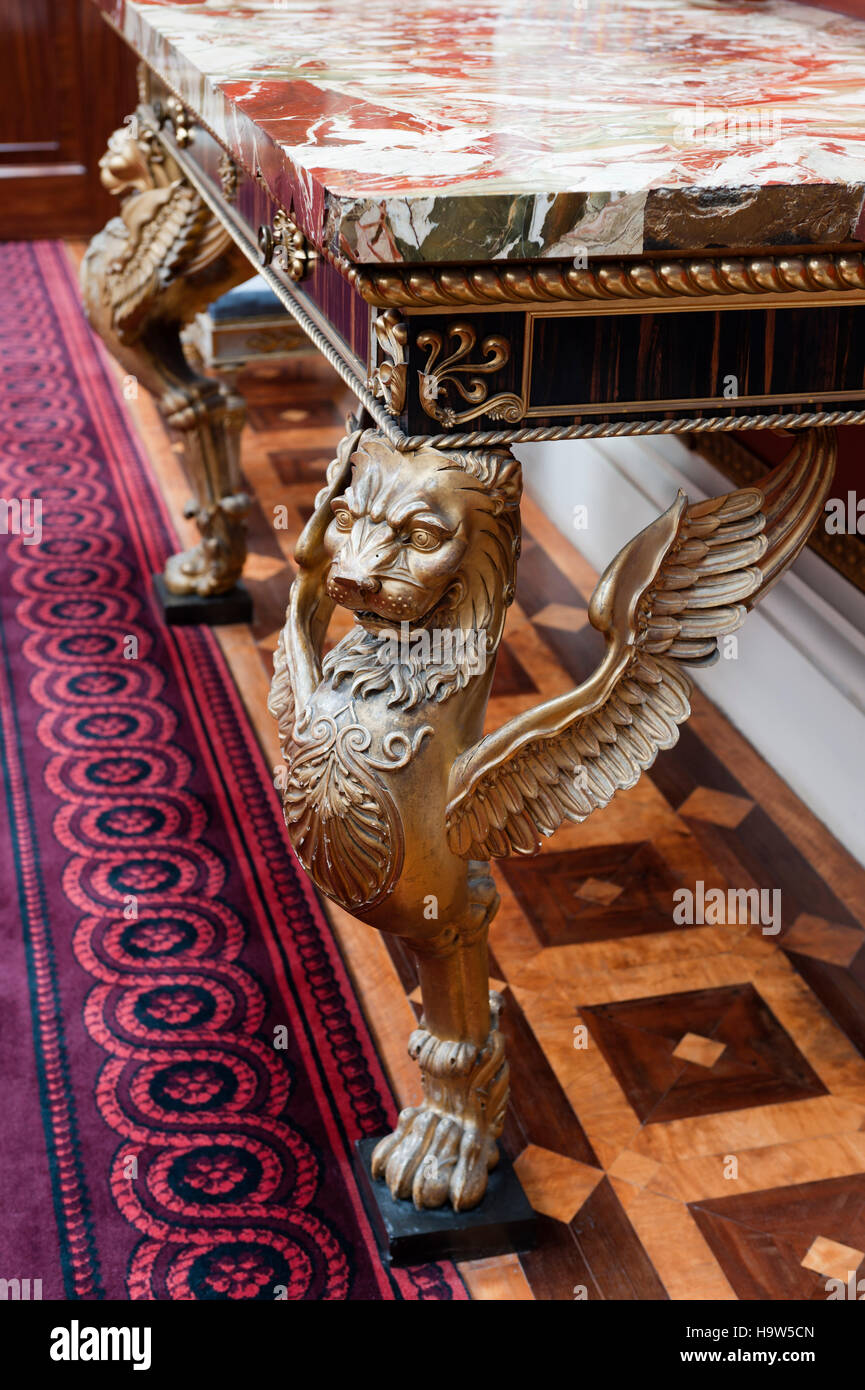
RMH9W5CN–Nineteenth century gilt console table with Sicilian Jasper top and chimera supports by Thomas Donaldson of Shrewsbury,
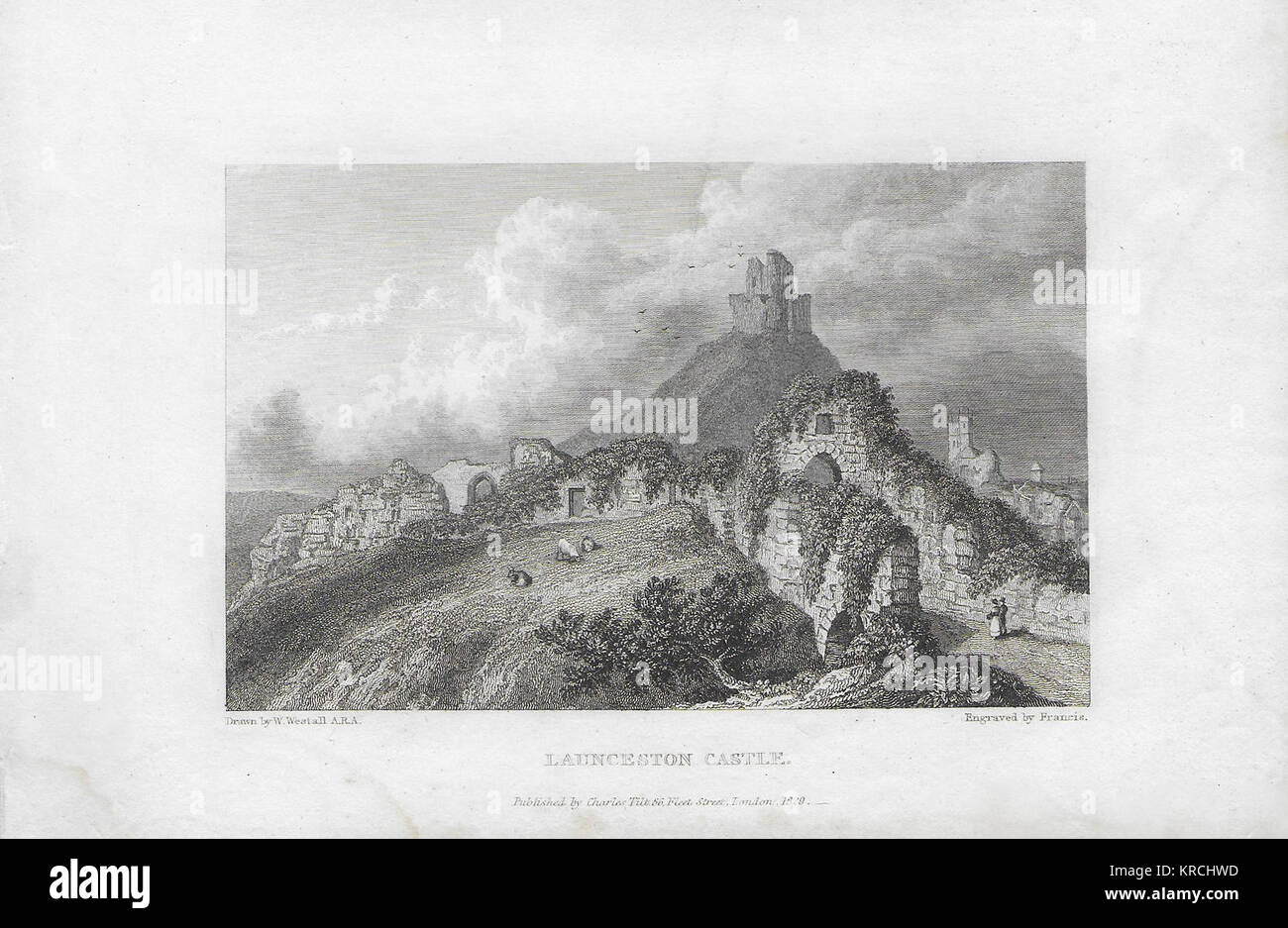
RMKRCHWD–Nineteenth century engraving from 1829, Launceston Castle, Cornwall, England, UK drawn by W. Westall
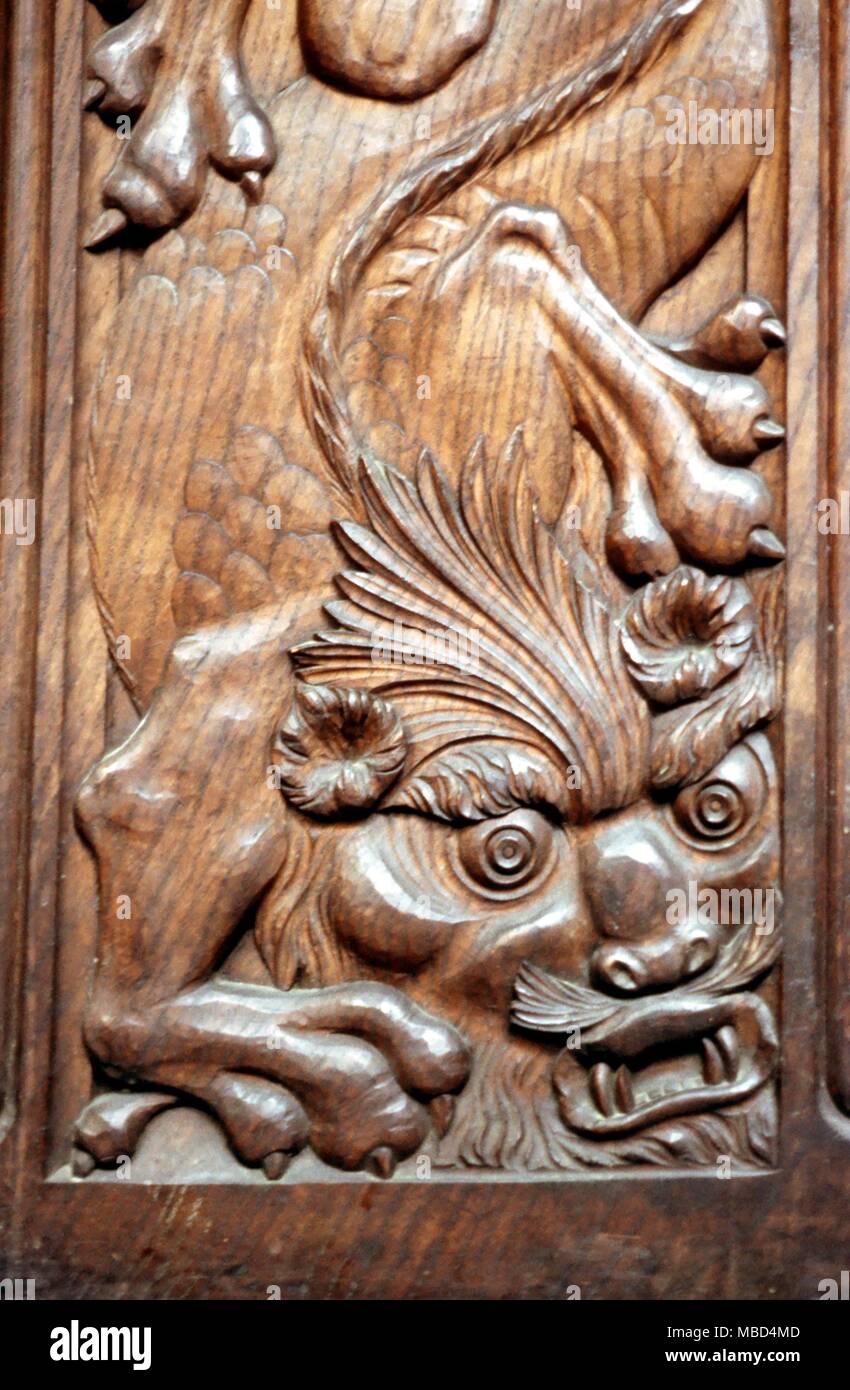
RMMBD4MD–Dragon (nineteenth century) carved on one of the pews in St. Mary the Magdalene, Launceston. © / Charles Walker
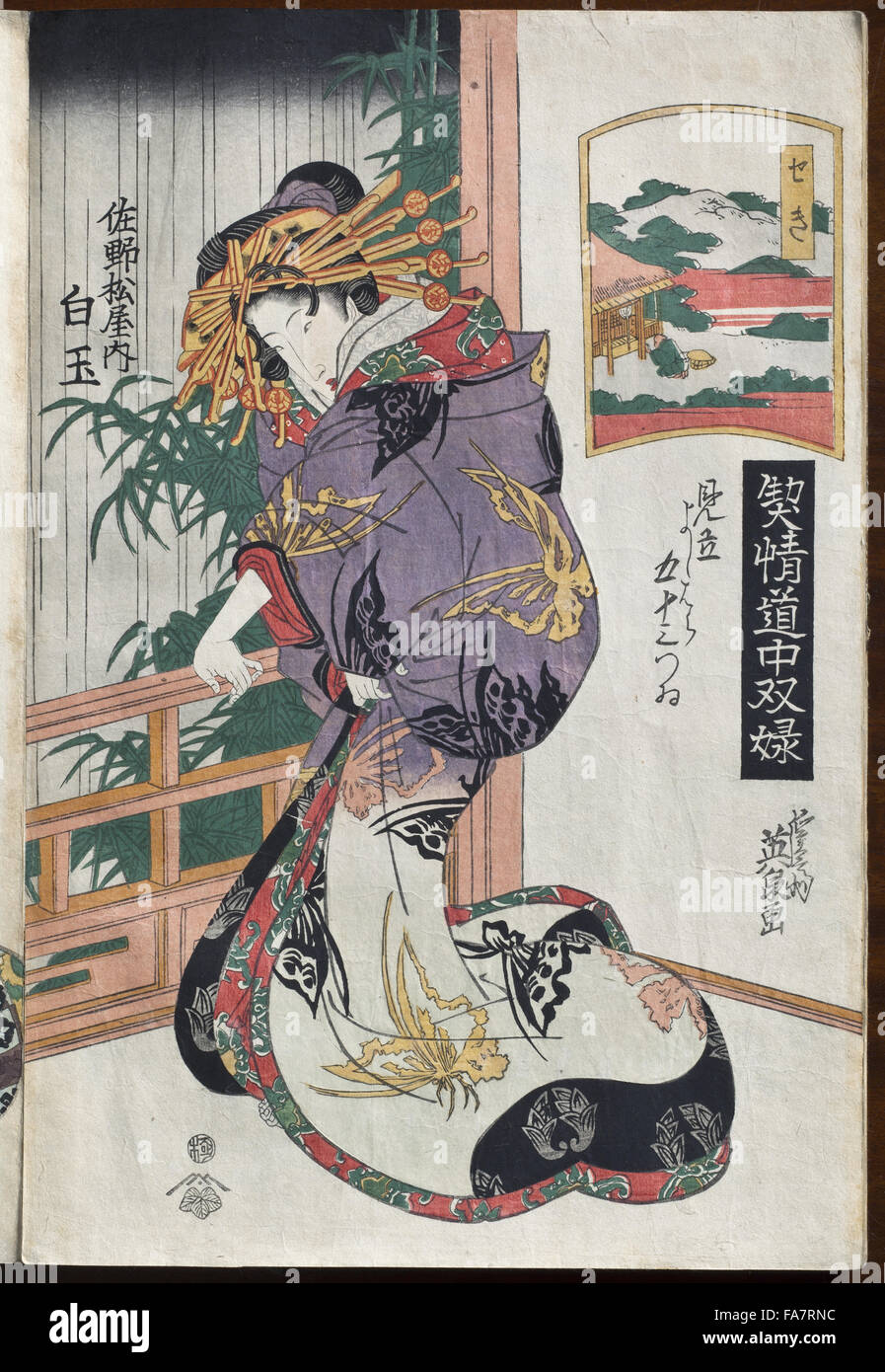
RMFA7RNC–Nineteenth century Japanese woodblock prints, part of the Library collection at Tatton Park, Cheshire.
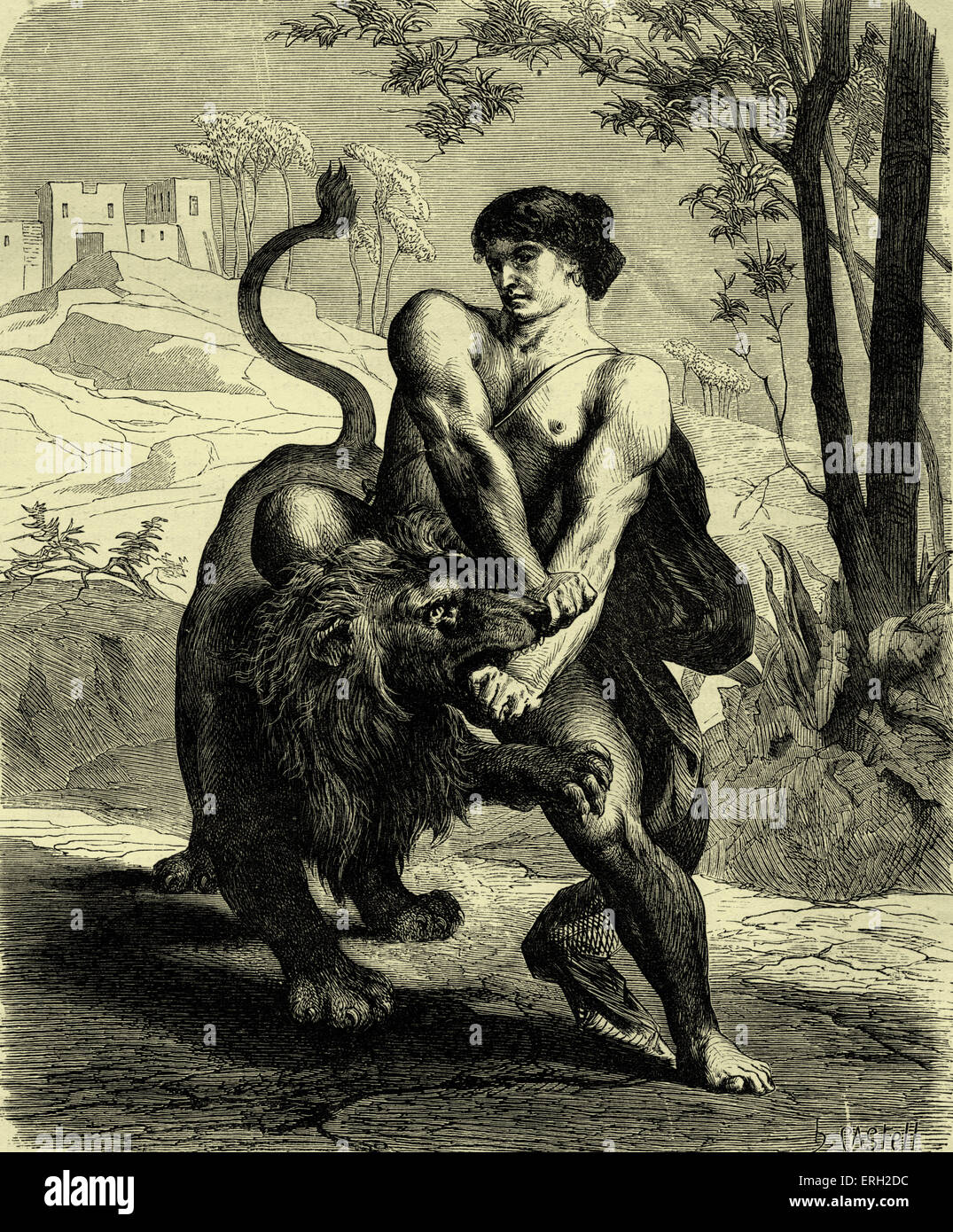
RMERH2DC–Samson and the Lion. Late nineteenth-century illustration showing Samson fighting and defeating a lion. Old Testament, Book of
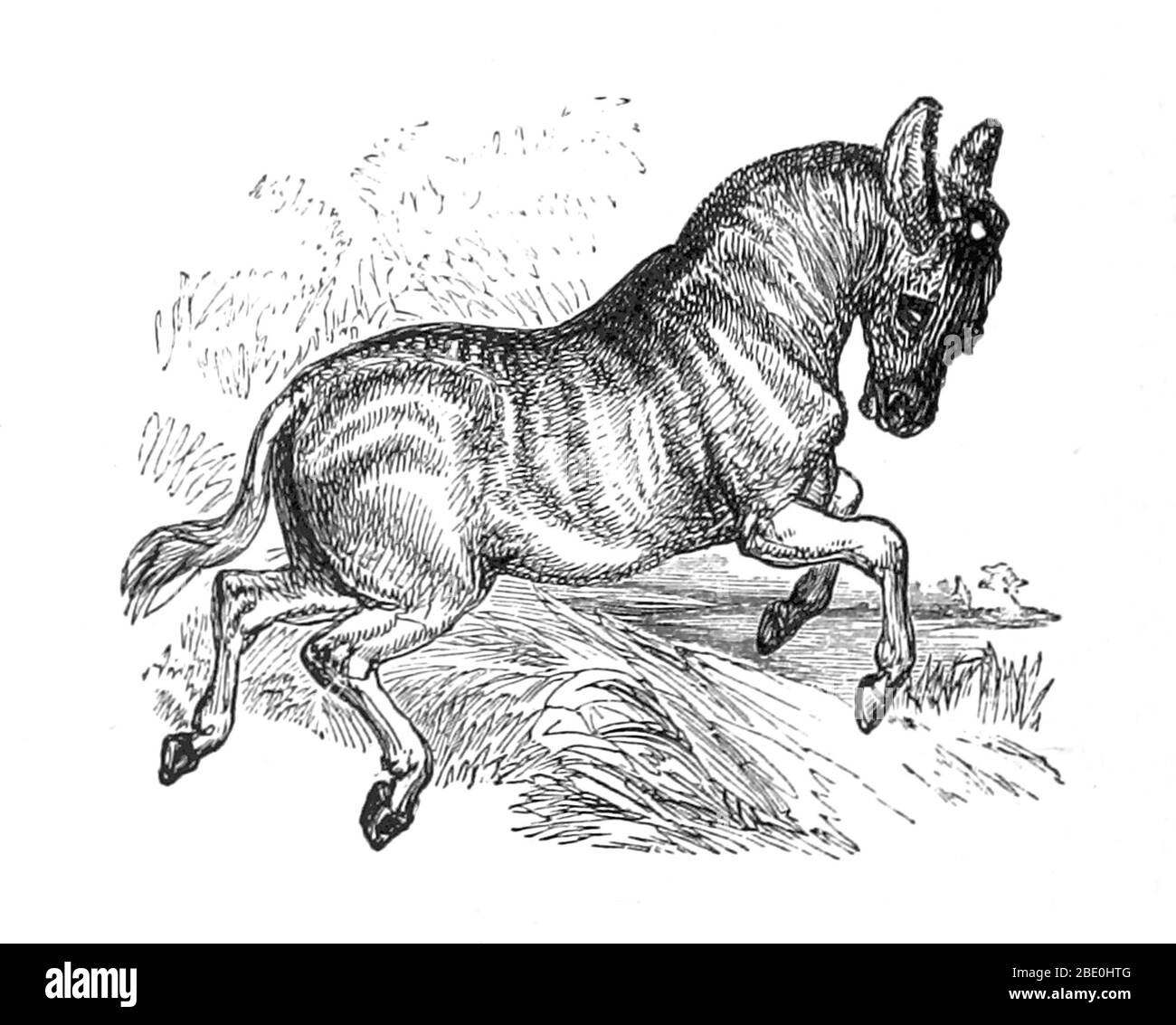
RM2BE0HTG–An illustration from 1874 of a quagga. Quagga (Equus quagga quagga) is an extinct subspecies of the plains zebra that lived in South Africa until the nineteenth century. It was long thought to be a distinct species, but genetic studies have shown it to be the southernmost subspecies of the plains zebra. It is considered particularly close to Burchell's zebra. Its name is derived from its call, which sounds like 'kwa-ha-ha'. The last captive specimen died in Amsterdam on 12 August 1883. In 1984, the quagga was the first extinct animal to have its DNA analysed, and the Quagga Project is trying t
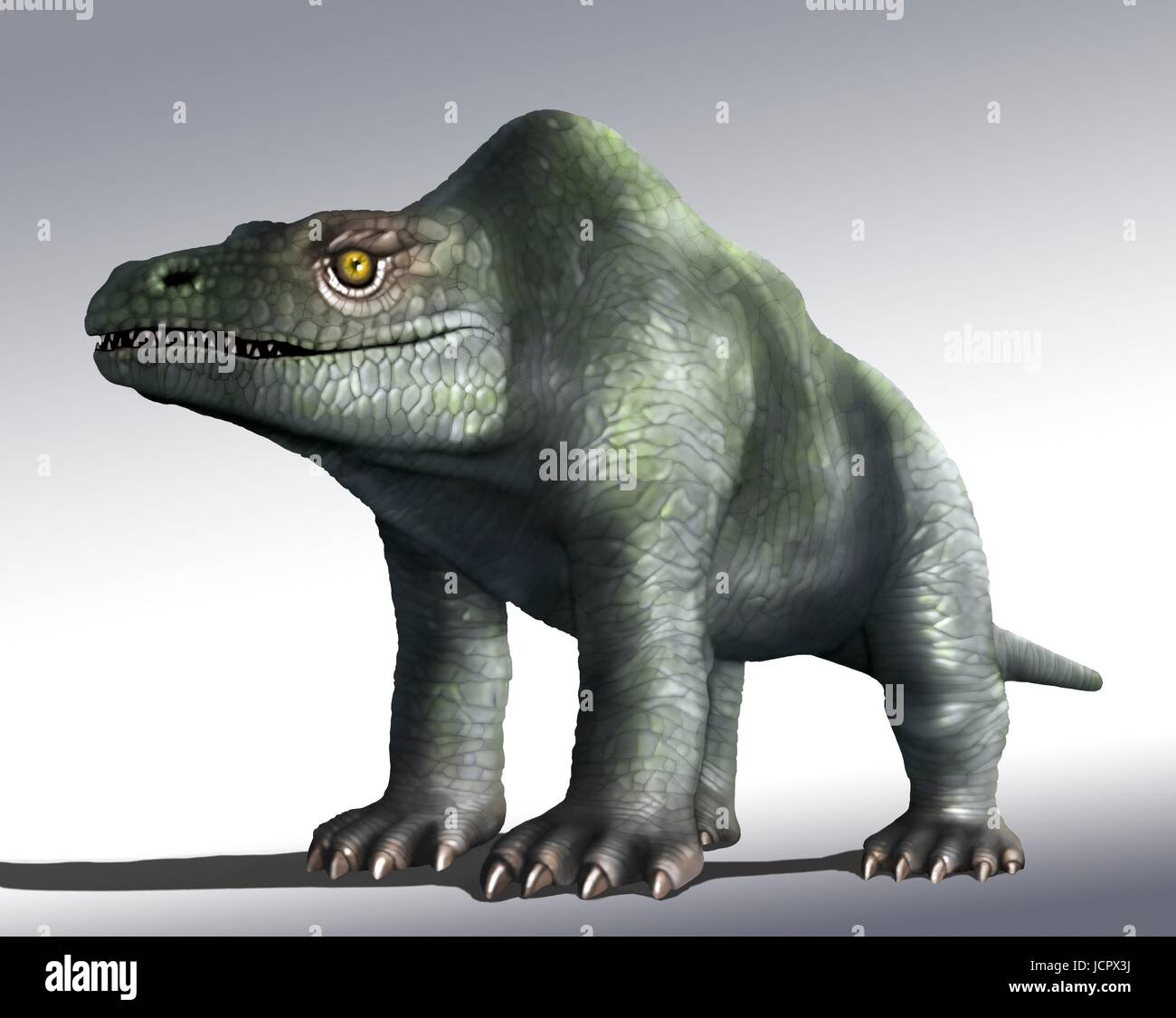
RFJCPX3J–Megalosaurus is genus extinct meat-eating dinosaurs,theropods,from Middle Jurassic period in Earth's history,166 million years ago.It lived in what is now southern England.The first dinosaur fossil ever found,as long ago as 1676,was probably fragment thigh bone that belonged to Megalosaurus.This animal was medium-sized theropod,6 to 7 m long weighing about one tonne.This illustration shows animal as it was originally imagined to appear,back in nineteenth century.The image is based famous statues animal in London's Crystal Palace Park.We know now that it walked two legs like other theropods.
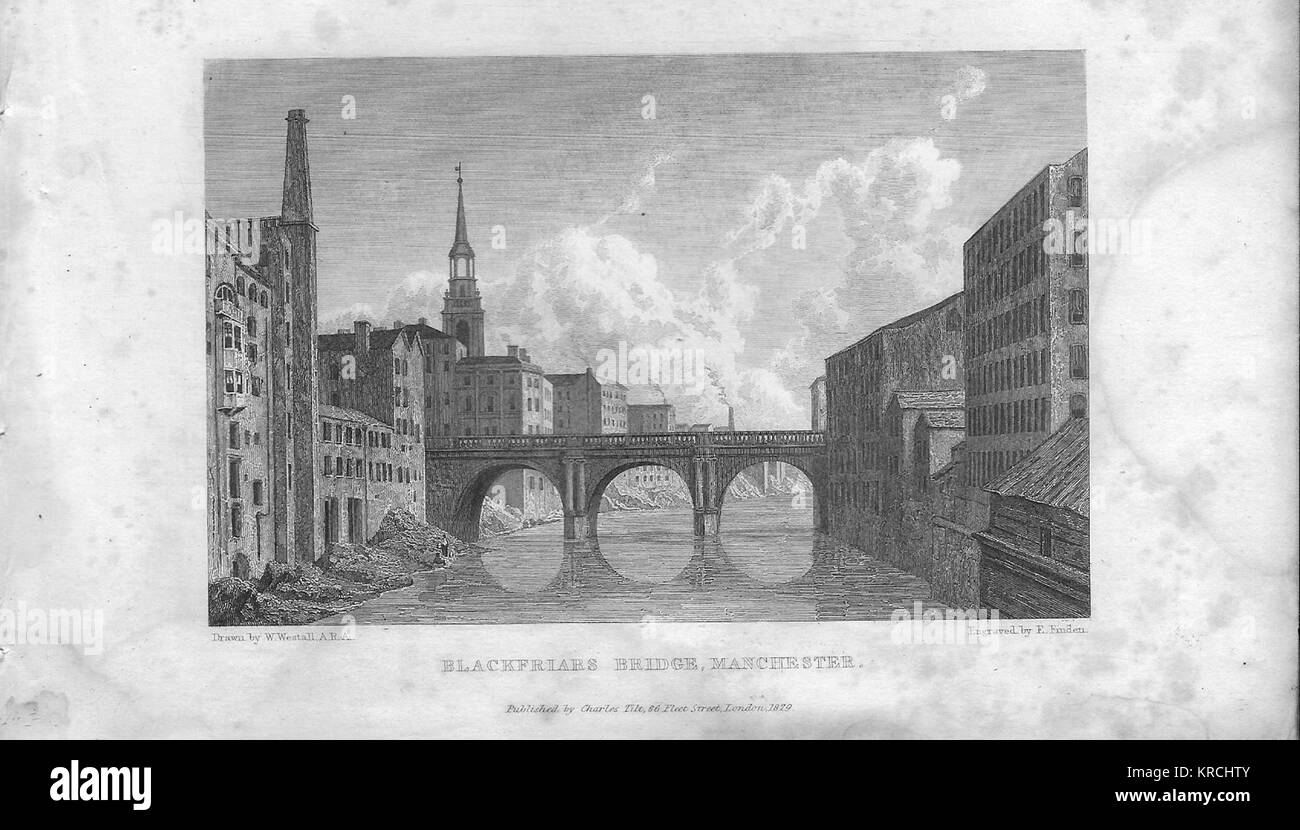
RMKRCHTY–Nineteenth century engraving from 1829, Blackfriars Bridge, Manchester, England, UK drawn by W. Westall
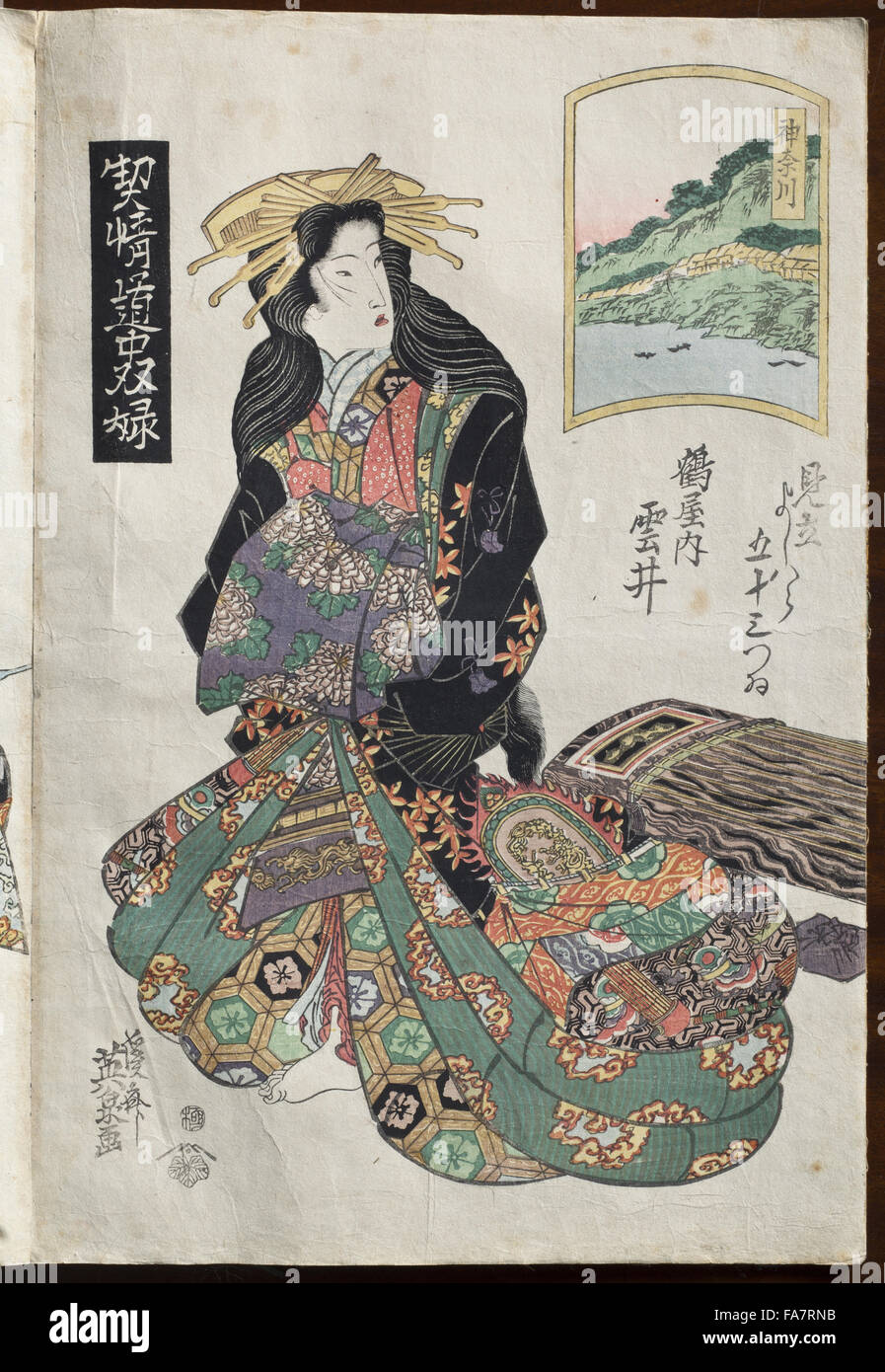
RMFA7RNB–Nineteenth century Japanese woodblock prints, part of the Library collection at Tatton Park, Cheshire.

RMERFXRJ–Nineteenth-century design for a commuter 's hat. The hat elevates and rotates on the head allowing the wearer to make polite
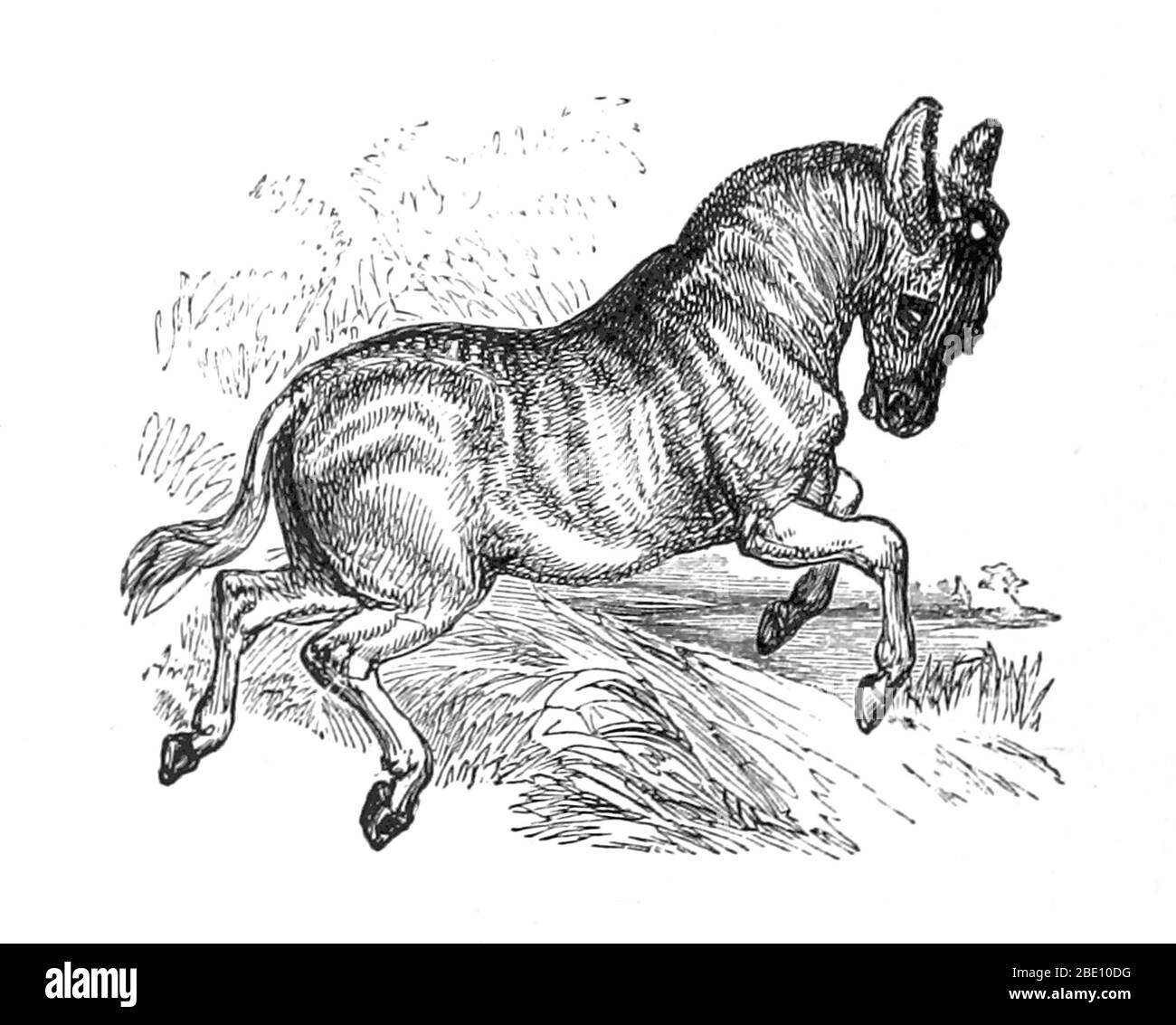
RM2BE10DG–An illustration from 1874 of a quagga. Quagga (Equus quagga quagga) is an extinct subspecies of the plains zebra that lived in South Africa until the nineteenth century. It was long thought to be a distinct species, but genetic studies have shown it to be the southernmost subspecies of the plains zebra. It is considered particularly close to Burchell's zebra. Its name is derived from its call, which sounds like 'kwa-ha-ha'. The last captive specimen died in Amsterdam on 12 August 1883. In 1984, the quagga was the first extinct animal to have its DNA analysed, and the Quagga Project is trying t
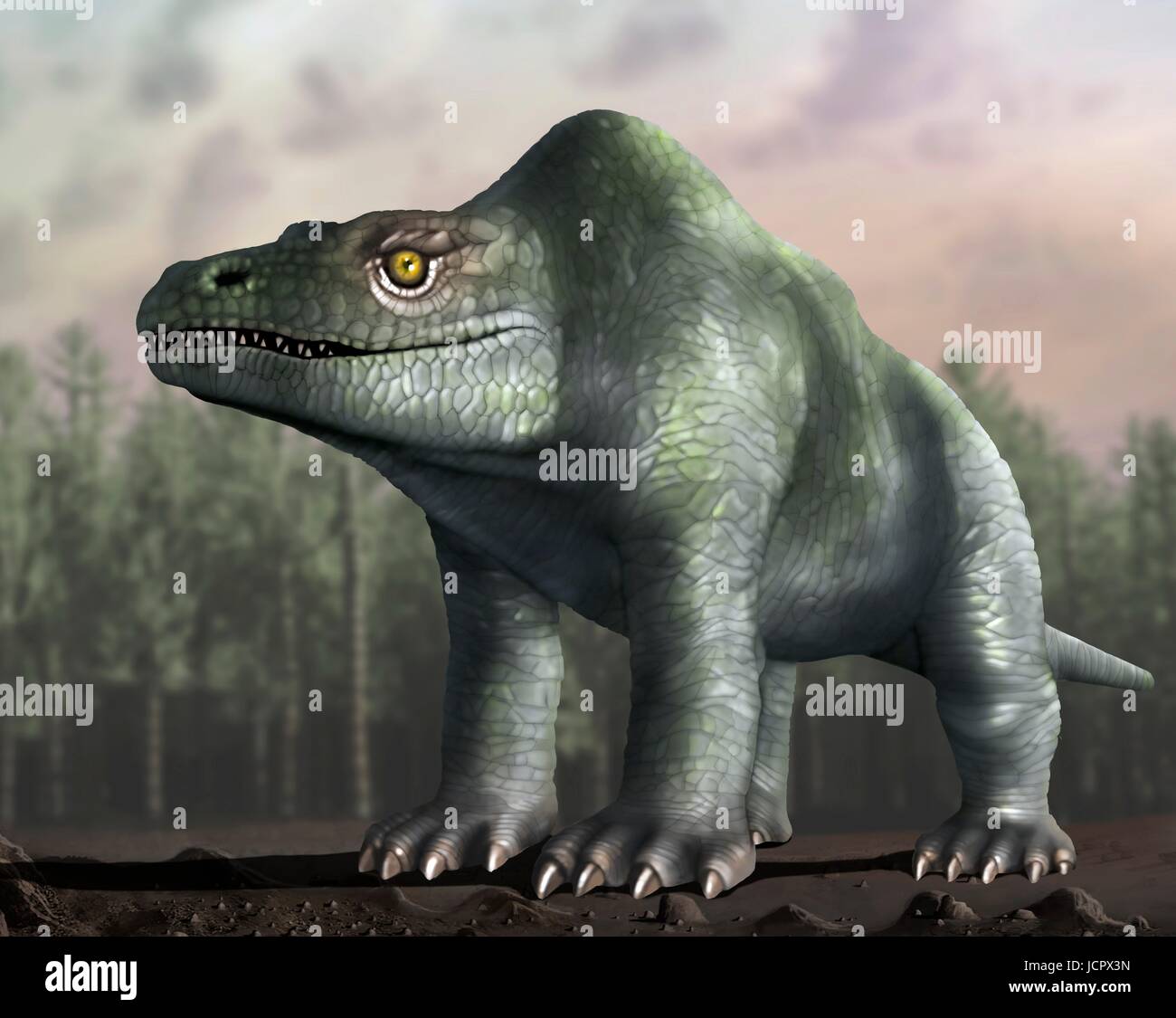
RFJCPX3N–Megalosaurus is genus extinct meat-eating dinosaurs,theropods,from Middle Jurassic period in Earth's history,166 million years ago.It lived in what is now southern England.The first dinosaur fossil ever found,as long ago as 1676,was probably fragment thigh bone that belonged to Megalosaurus.This animal was medium-sized theropod,6 to 7 m long weighing about one tonne.This illustration shows animal as it was originally imagined to appear,back in nineteenth century.The image is based famous statues animal in London's Crystal Palace Park.We know now that it walked two legs like other theropods.
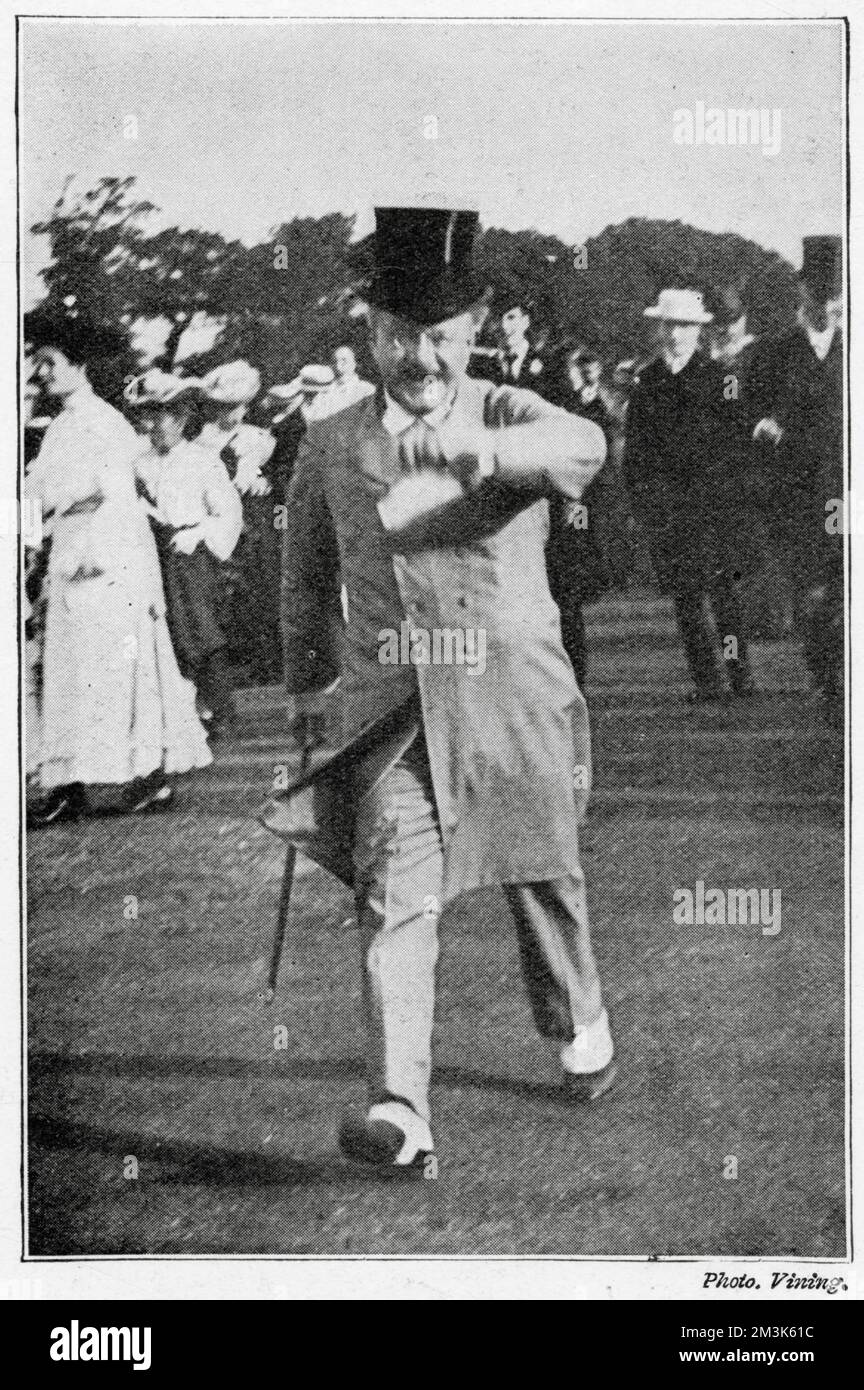
RM2M3K61C–Dr. Barnardo walking past in high spirits, published a week after his death, at the age of 60. Thomas John Barnardo (1845 - 1905) was a classically Victorian figure - evangelical, entrepreneurial and philanthropic. His crusade to 'rescue children from the streets' was one the best known social interventions in the last half of the nineteenth century.
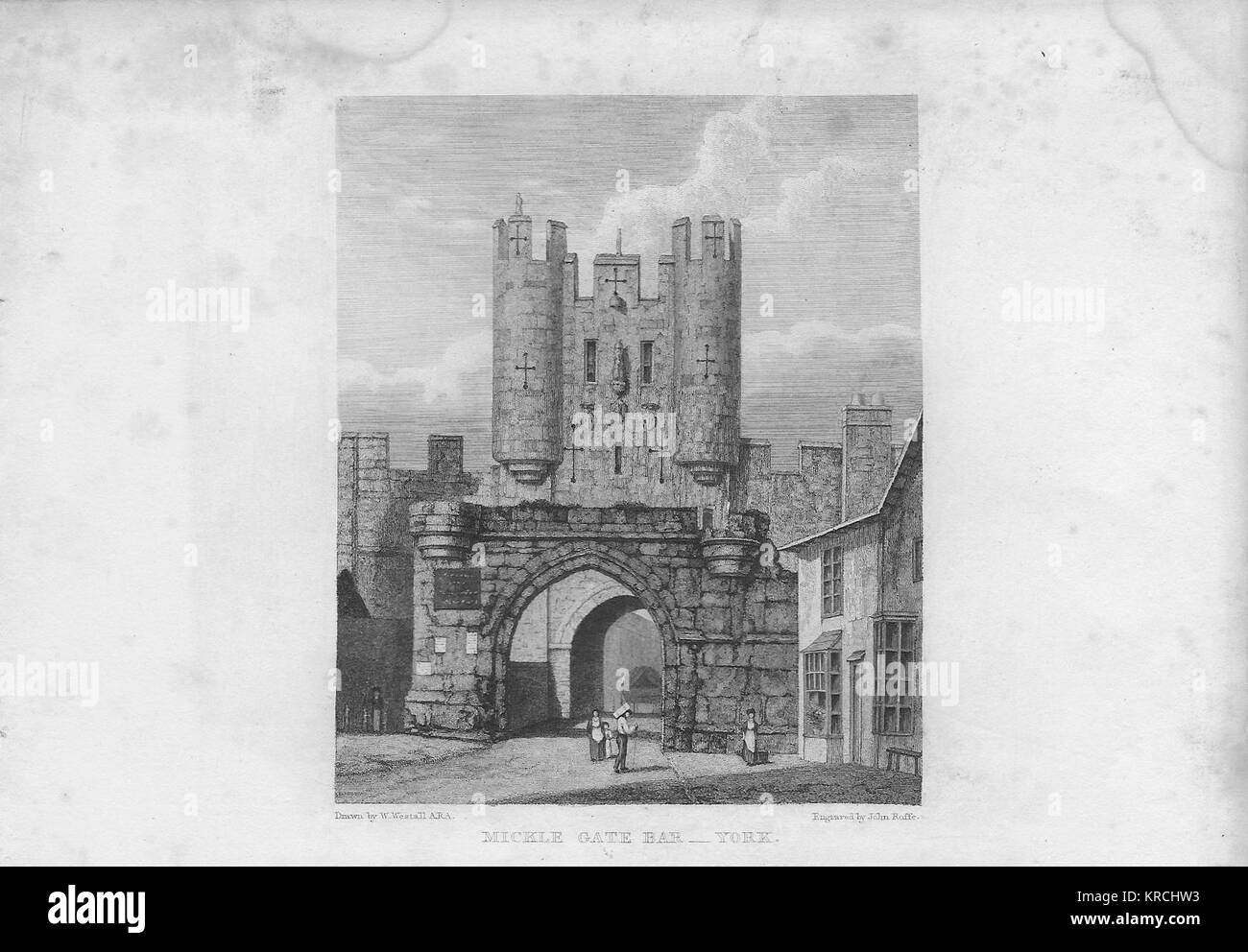
RMKRCHW3–Nineteenth century engraving from 1829, Mickle Gate Bar, York, England, UK drawn by W. Westall
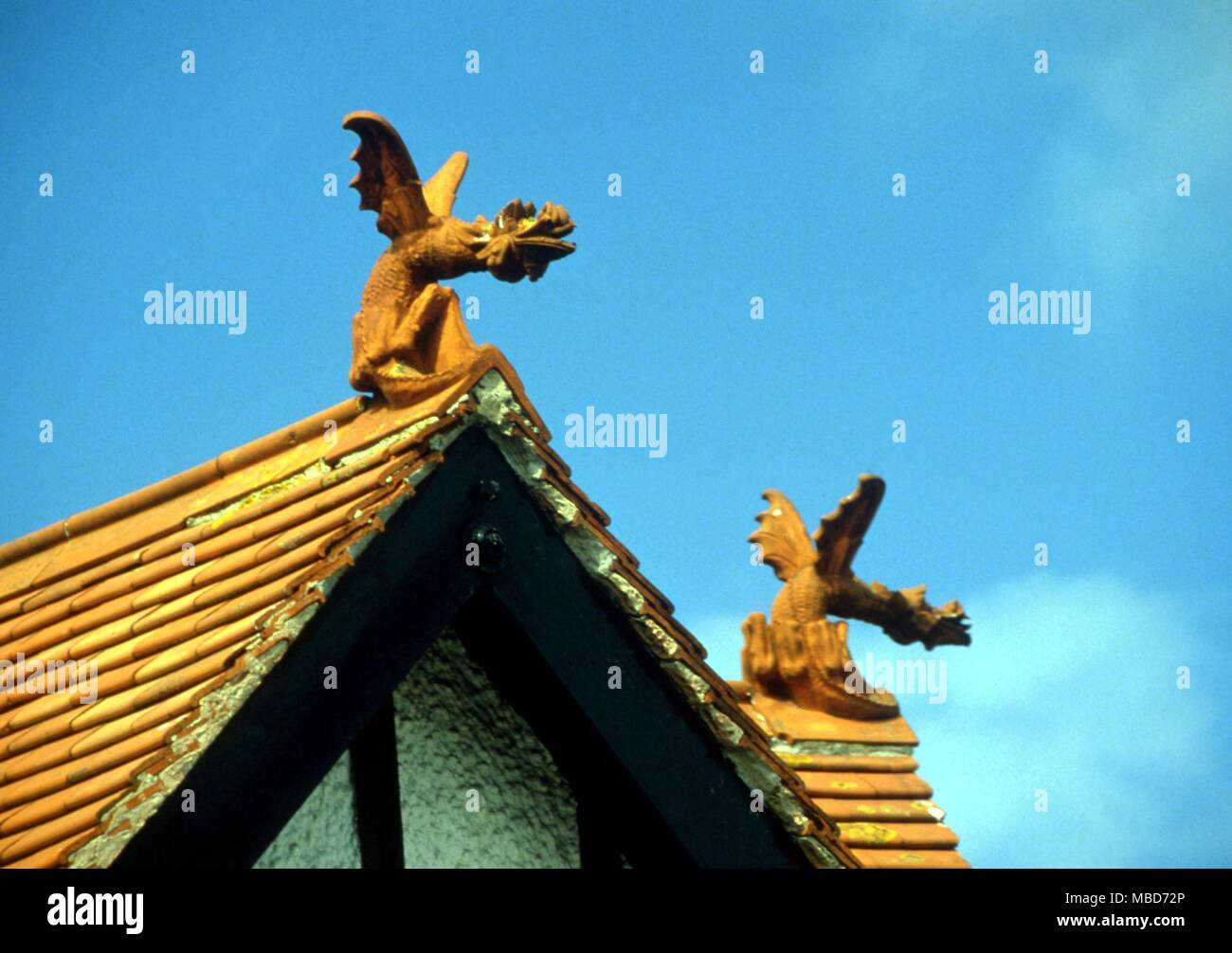
RMMBD72P–Amuletic or protective dragons on the roof of a house at Newquay - nineteenth century European, but of oriental design
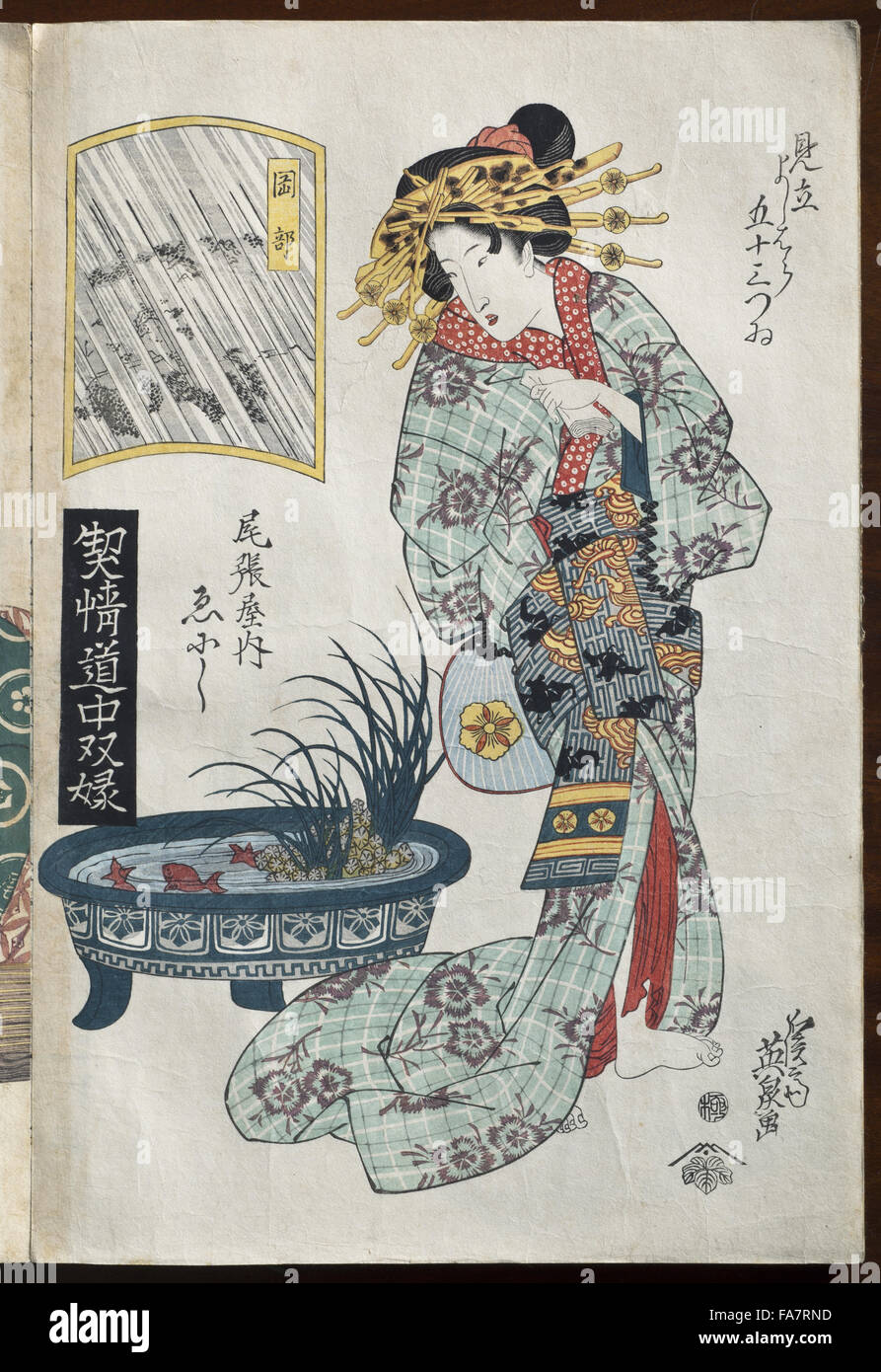
RMFA7RND–Nineteenth century Japanese woodblock prints, part of the Library collection at Tatton Park, Cheshire.
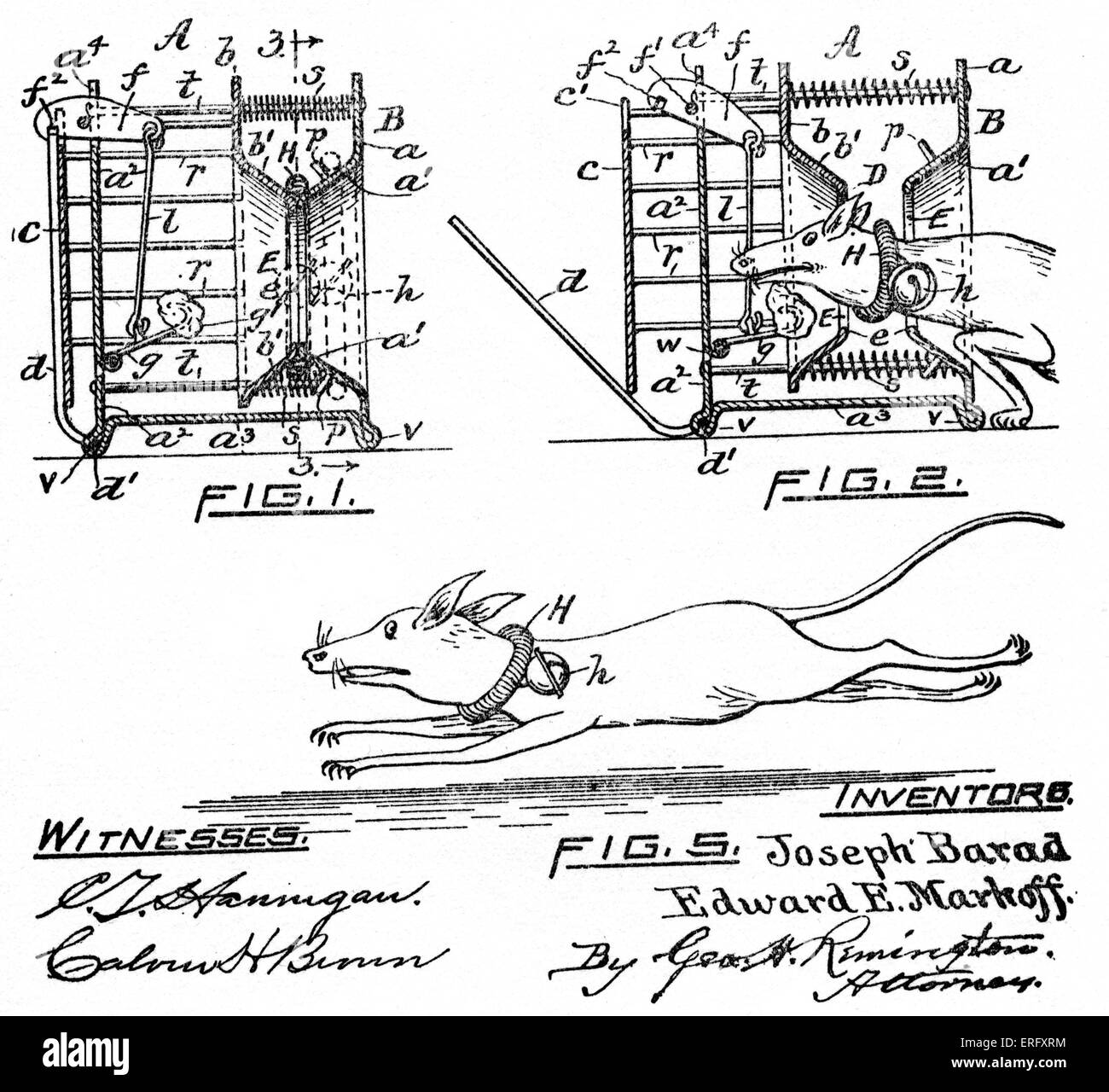
RMERFXRM–Nineteenth-century design for a rat trap. When a rodent, attracted by the bait, triggers the device, a collar with small bells
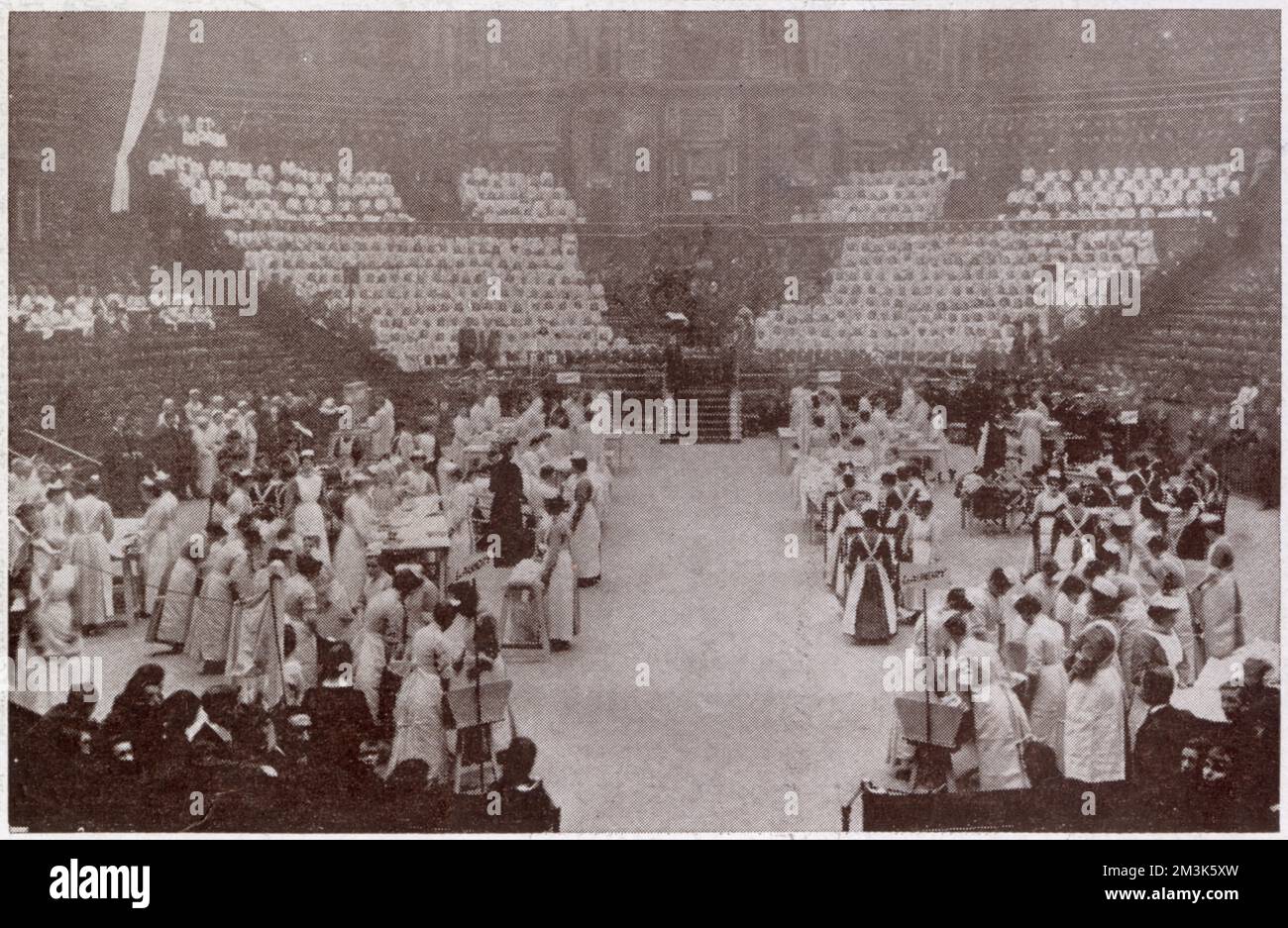
RM2M3K5XW–Scene from the annual celebrations of Dr. Barnardo's Homes in The Royal Albert Hall. Here in the Training Housewives display, the young women demonstrate laundry work. An exhibition of the good work of Dr. Barnardo's Homes was given every year in the Albert Hall. Thomas John Barnardo (1845-1905) is a classically Victorian figure - evangelical, entrepreneurial and philanthropic. His crusade to 'rescue children from the streets' was one the best known social interventions in the last half of the nineteenth century.
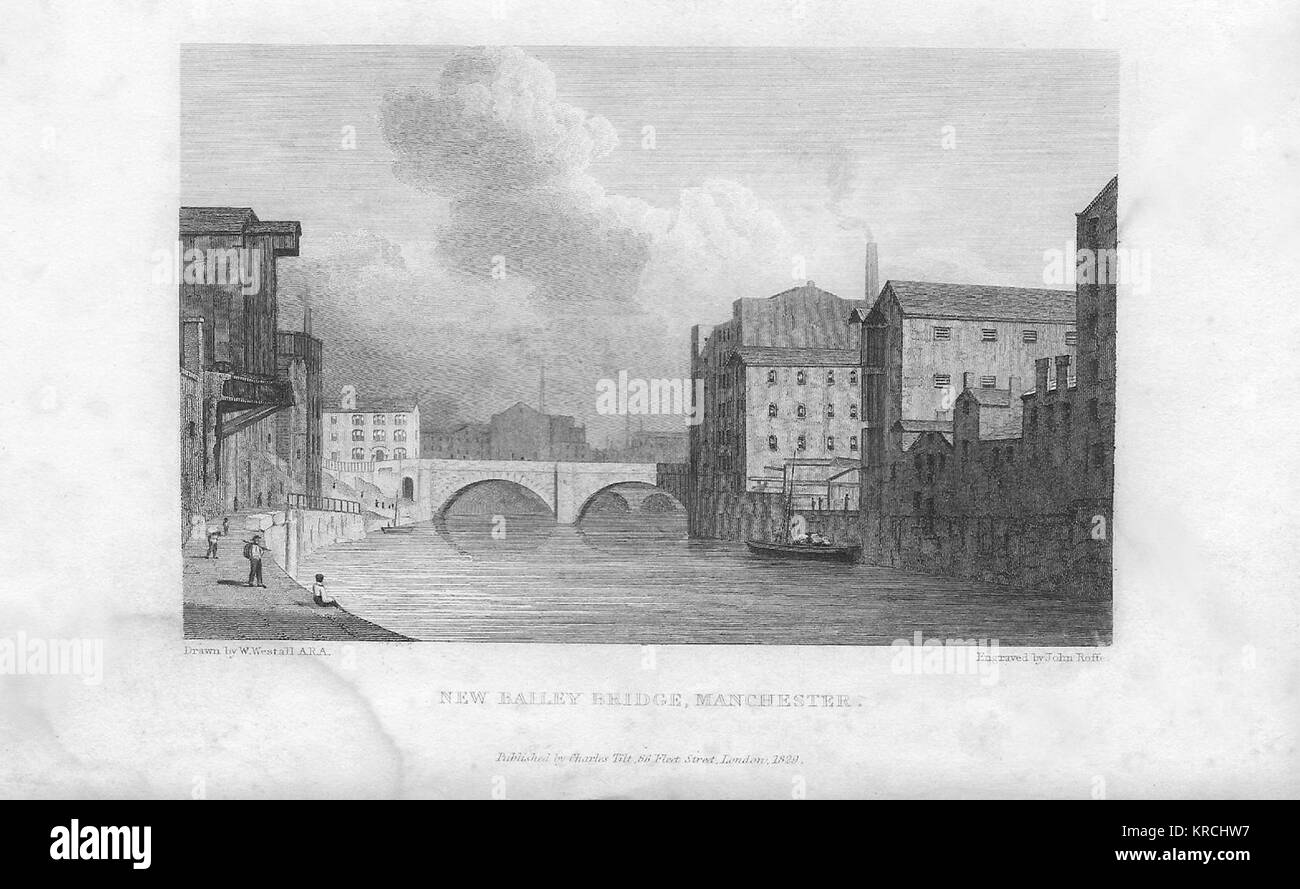
RMKRCHW7–Nineteenth century engraving from 1829, New Bailey Bridge, Manchester, England, UK drawn by W. Westall
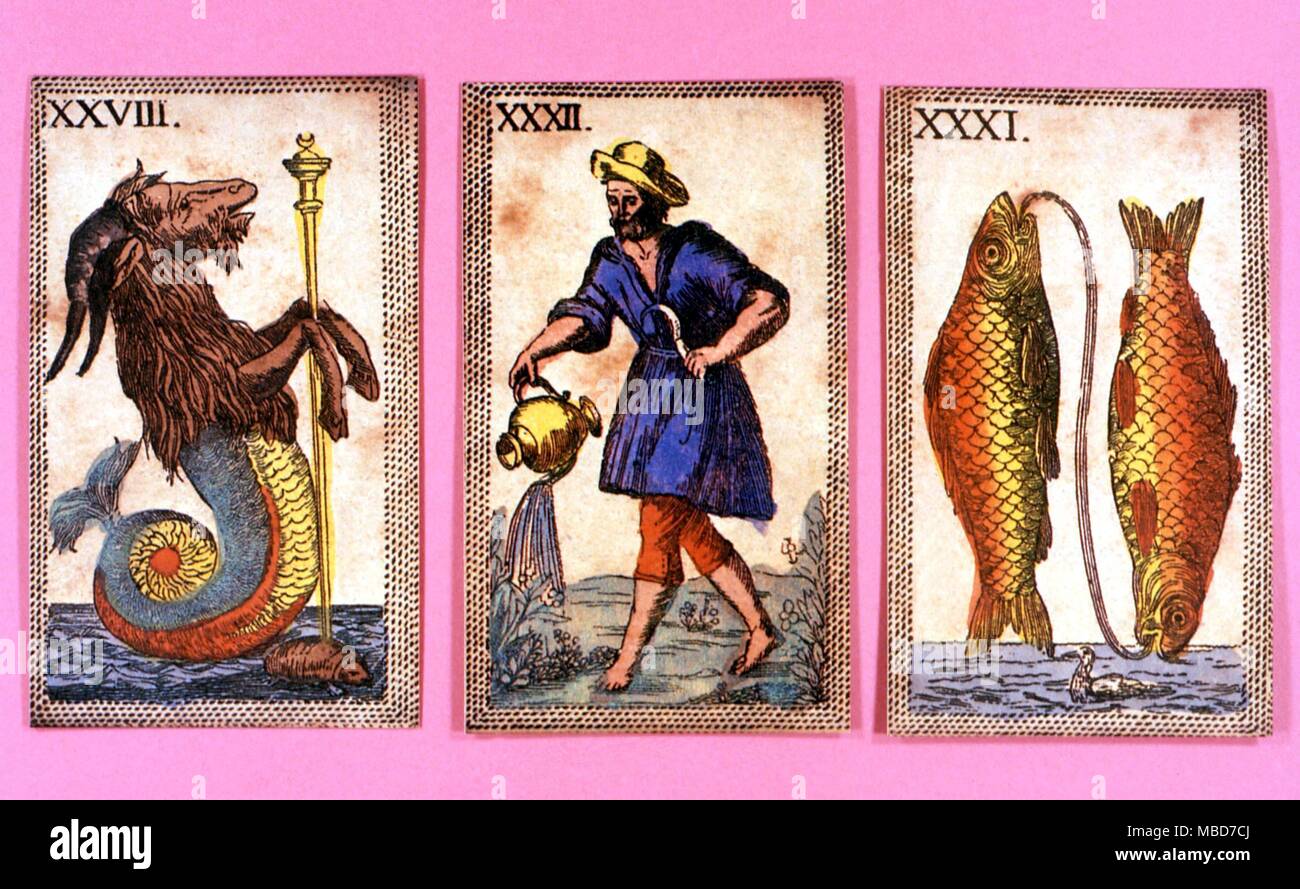
RMMBD7CJ–Three zodiacal images from a nineteenth century Minchiate tarot pack. Capricorn, Aquarius and Pisces.
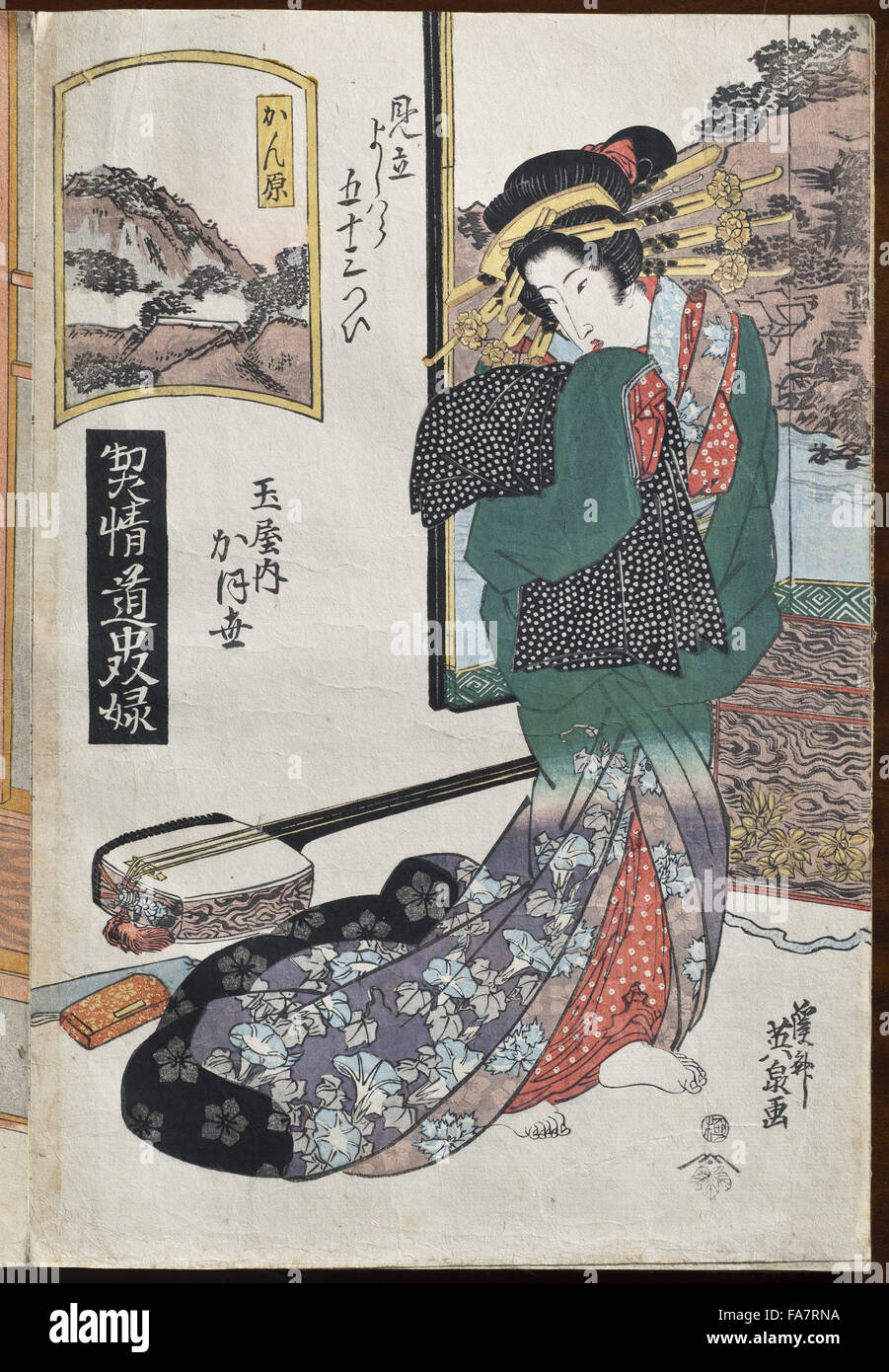
RMFA7RNA–Nineteenth century Japanese woodblock prints, part of the Library collection at Tatton Park, Cheshire.
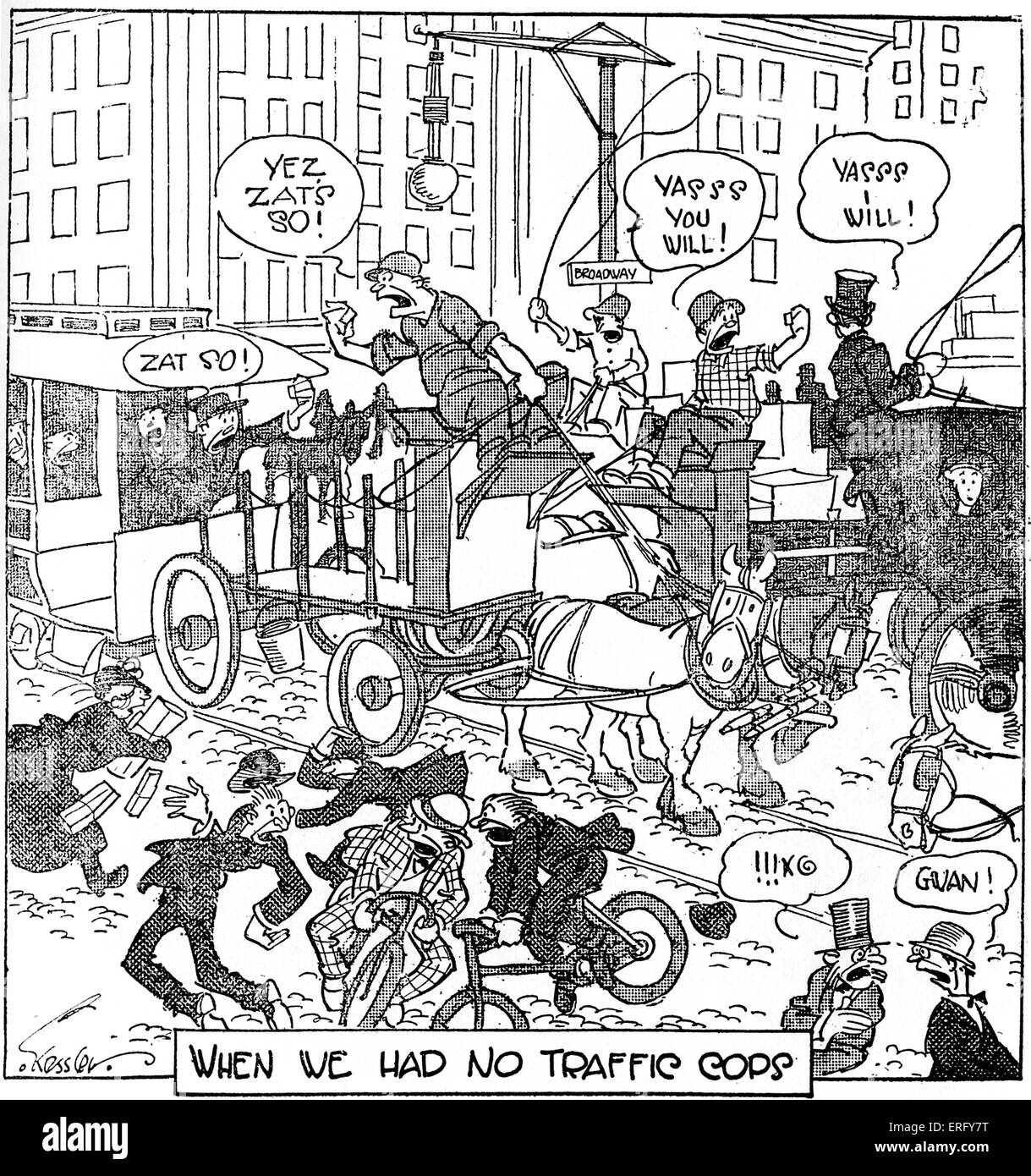
RMERFY7T–Traffic in New York, late nineteenth century. Humorous cartoon: 'When we had no traffic cops'. Carriage drivers shout out to

RF2HJT5E8–St. John's old priory church, rebuilt in the nineteenth century, is now the cathedral of the diocese of Swansea and Brecon. Wales (1923)
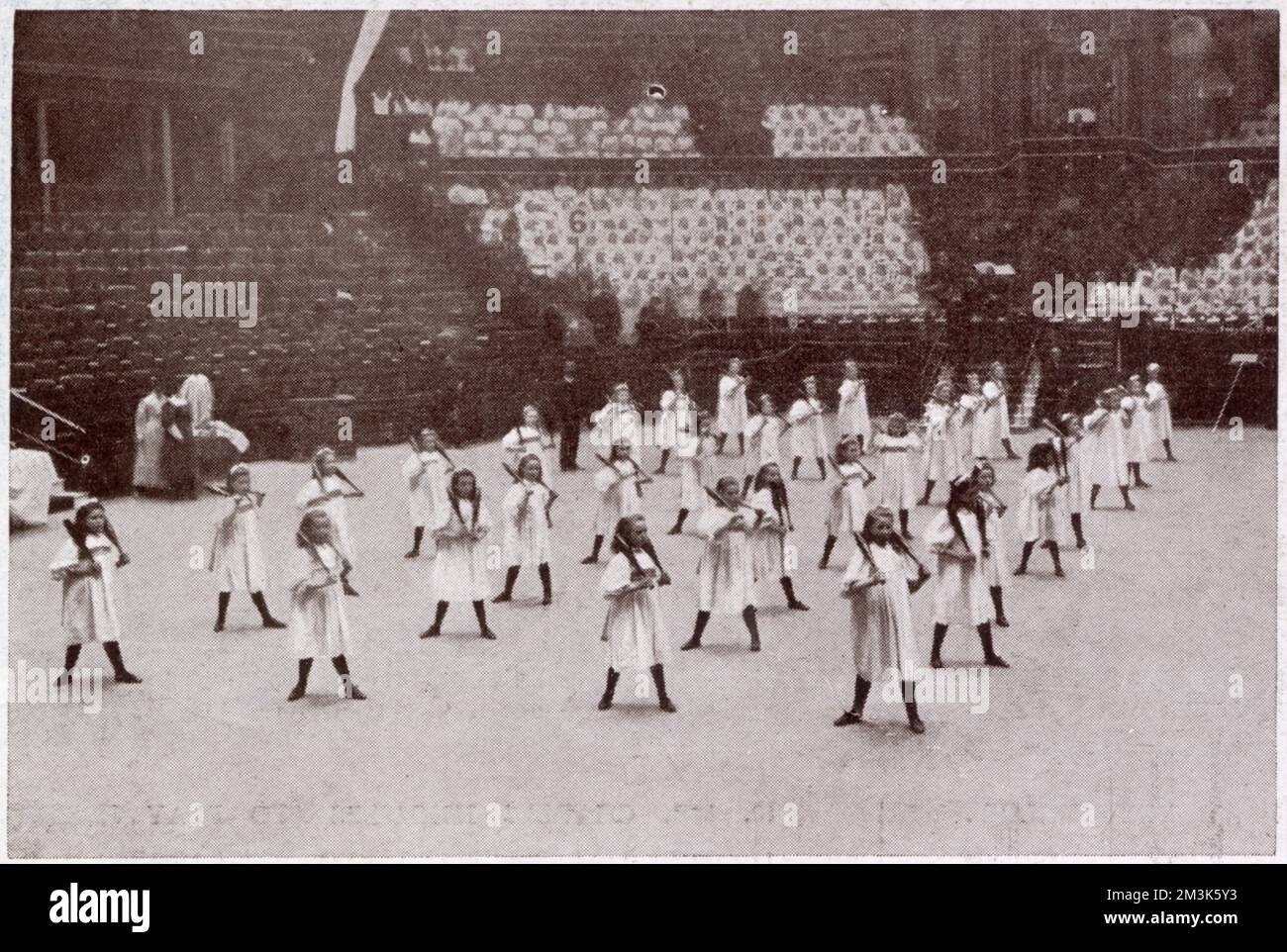
RM2M3K5Y3–Scene from the annual celebrations of Dr. Barnardo's Homes in The Royal Albert Hall. Here young girls perform physical exercise in the Indian Club Drill display. An exhibition of the good work of Dr. Barnardo's Homes was given every year in the Albert Hall. Thomas John Barnardo (1845-1905) is a classically Victorian figure - evangelical, entrepreneurial and philanthropic. His crusade to 'rescue children from the streets' was one the best known social interventions in the last half of the nineteenth century.
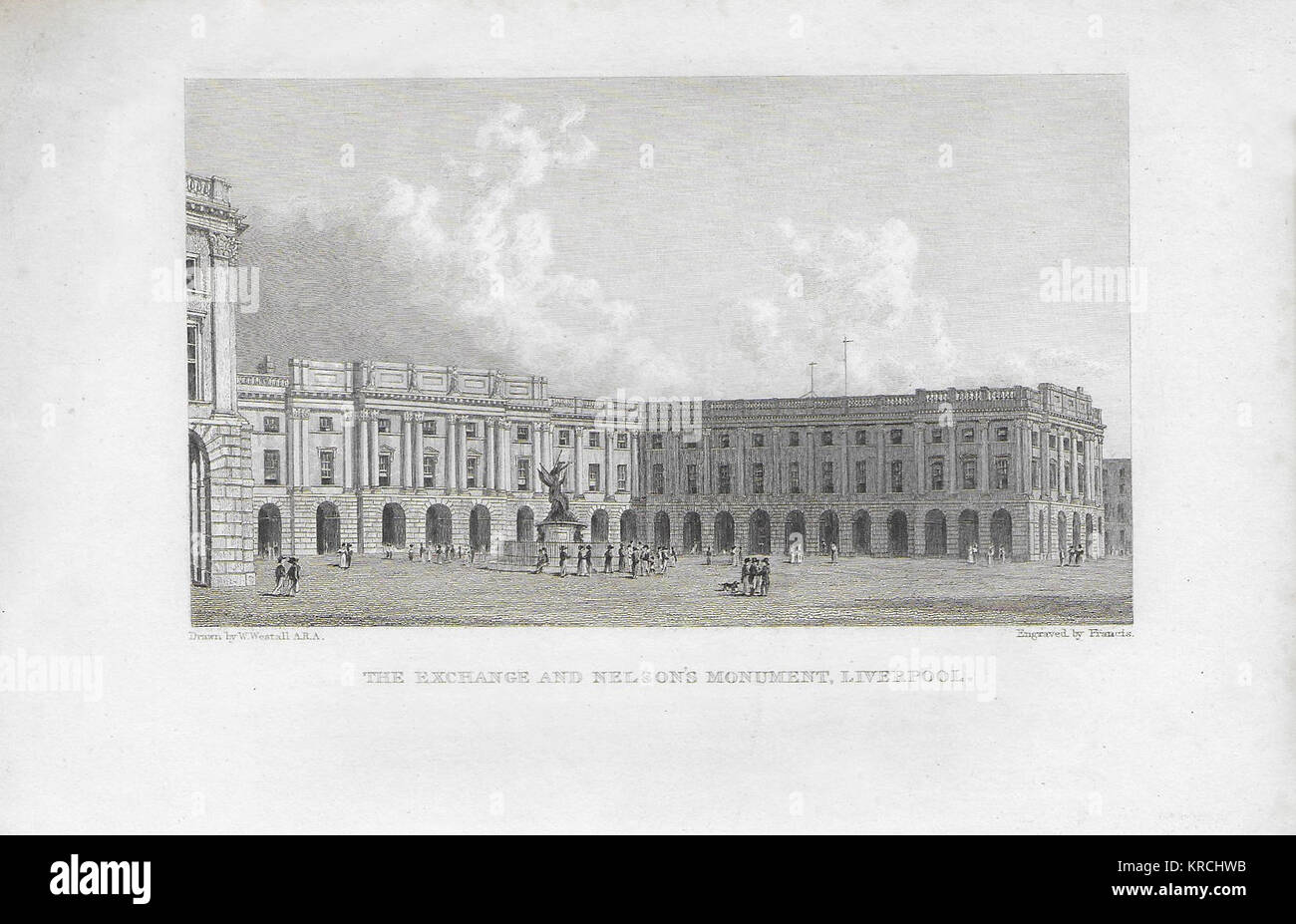
RMKRCHWB–Nineteenth century engraving from 1829, The Exchange and Nelson's Monument, Liverpool, England, UK drawn by W. Westall
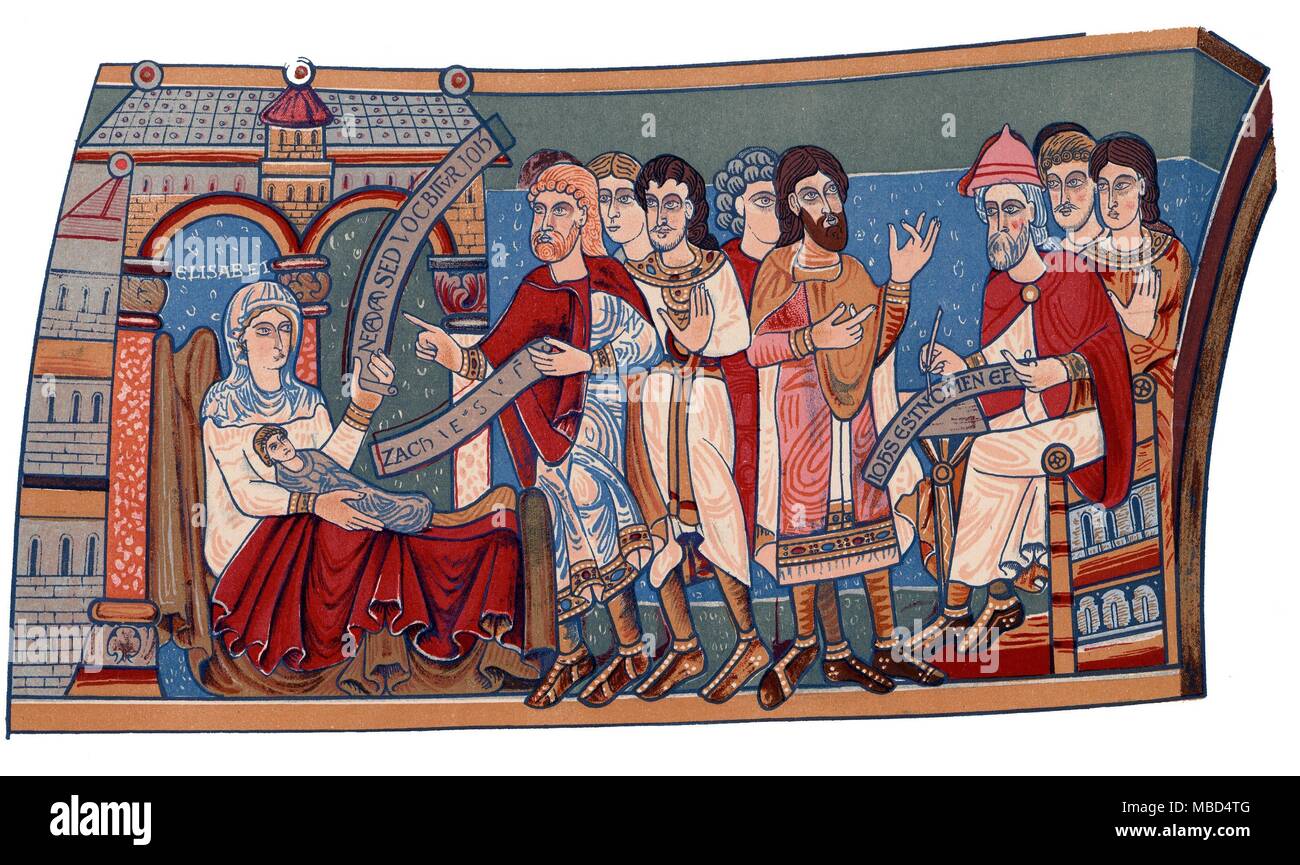
RMMBD4TG–SAINTS - JOHN THE BAPTIST 'The Naming of John the Baptist' - with Elisabeth the mother, and Saint John as a child. Nineteenth century lithograph of the twelfth-century crypt fresco in Canterbury Cathedral.
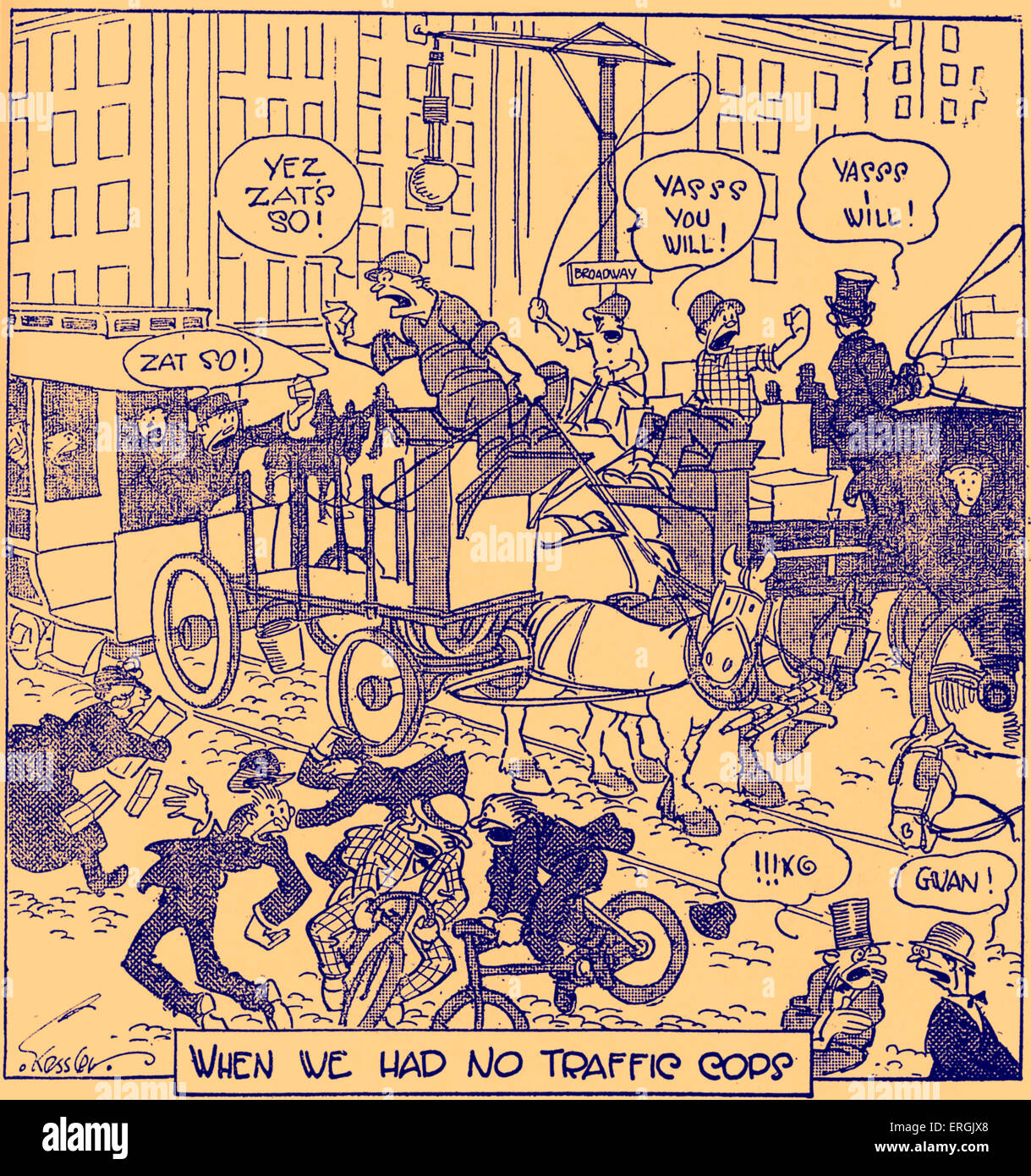
RMERGJX8–Traffic in New York, late nineteenth century. Humorous cartoon: 'When we had no traffic cops'. Carriage drivers shout out to
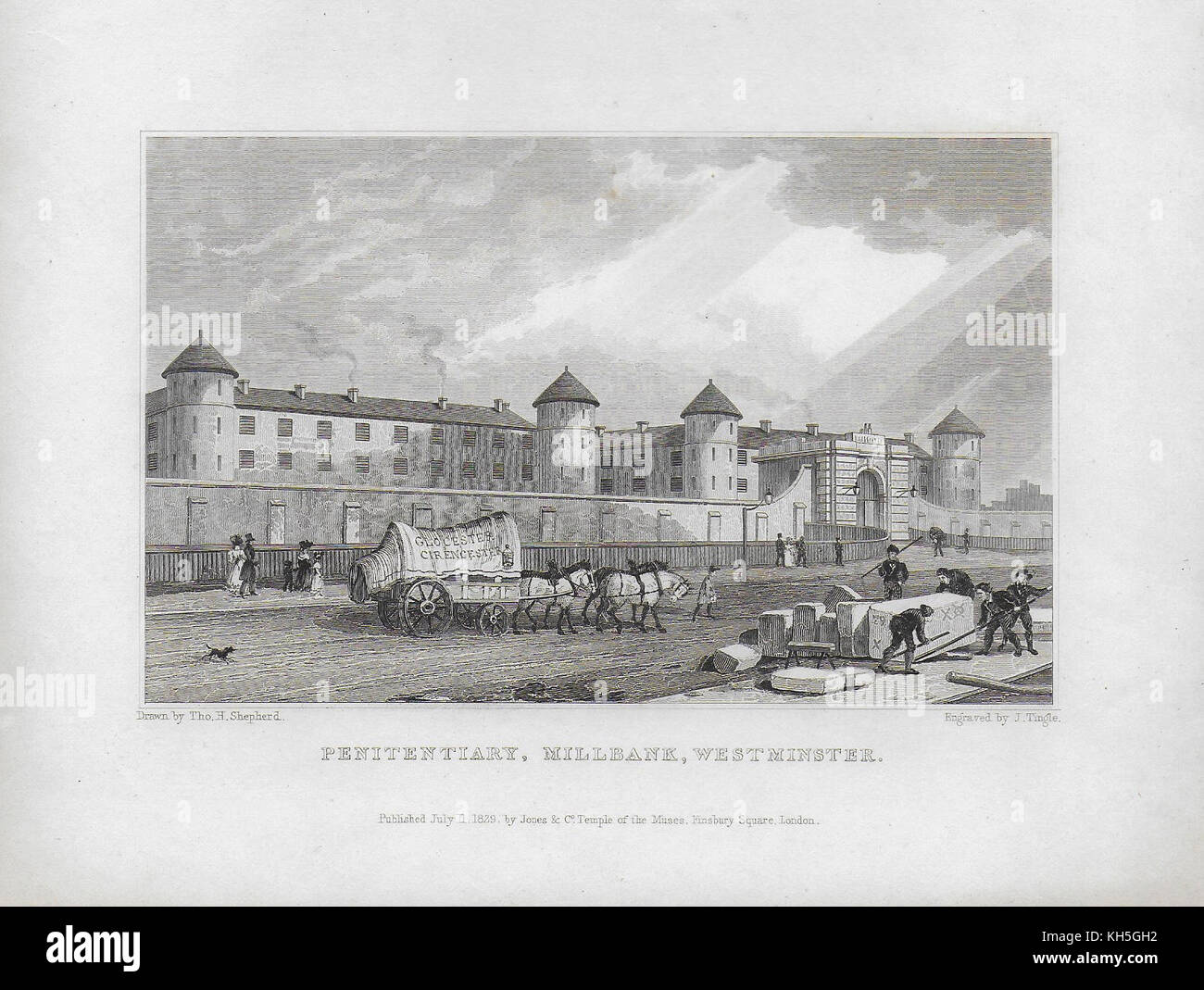
RMKH5GH2–Penitentiary, Millbank, Westminster, Engraving from 'Metropolitan Improvements, or London in the Nineteenth Century' London, England, UK
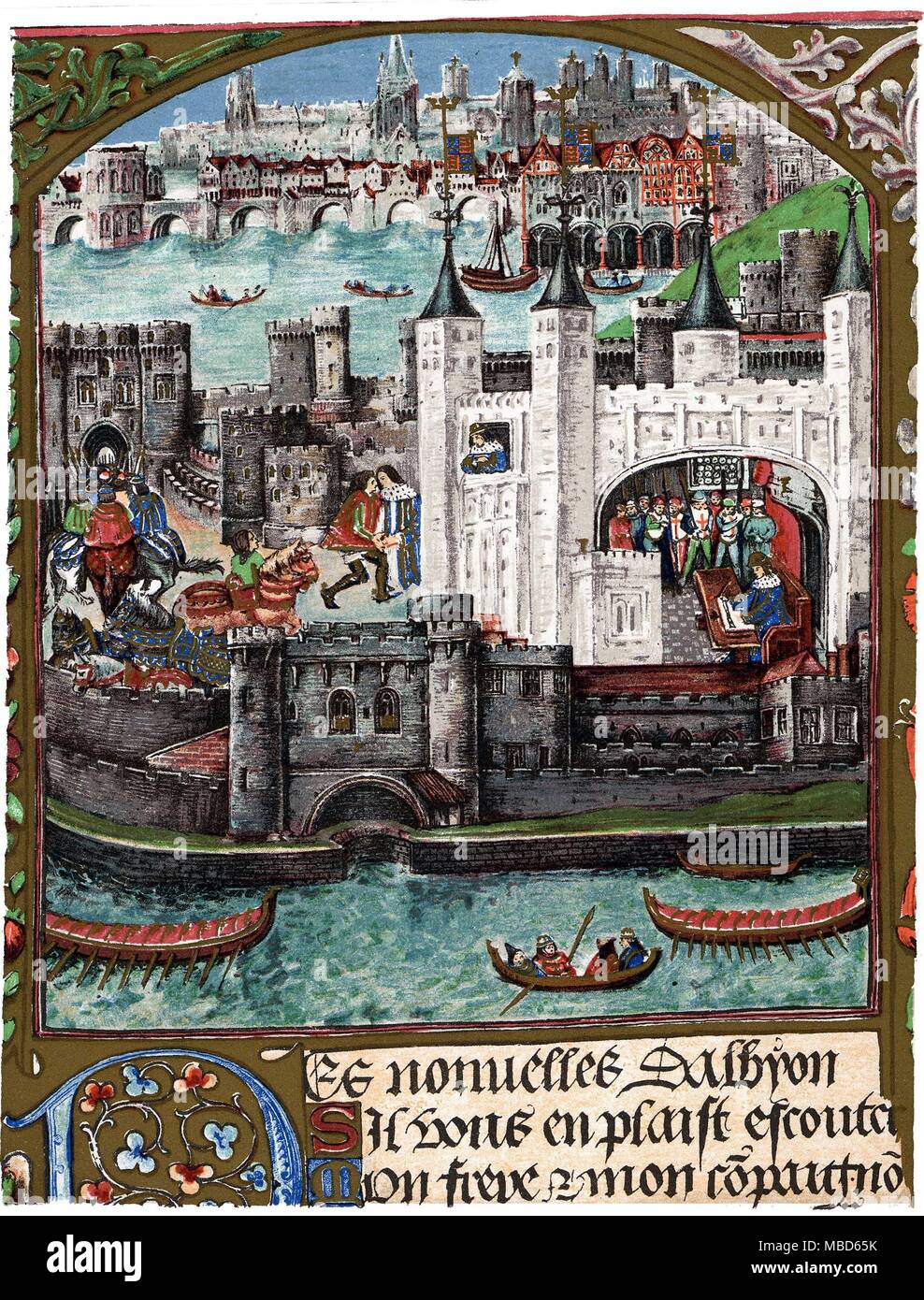
RMMBD65K–HISTORY OF BRITAIN - TOWER OF LONDON - HENRY VII Nineteenth century lithographic print, based on the late 15th century British Library manuscript, Royal 16, f. ii. The manuscript depicts Henry VII at his desk, in the White Tower, of the Tower of London.
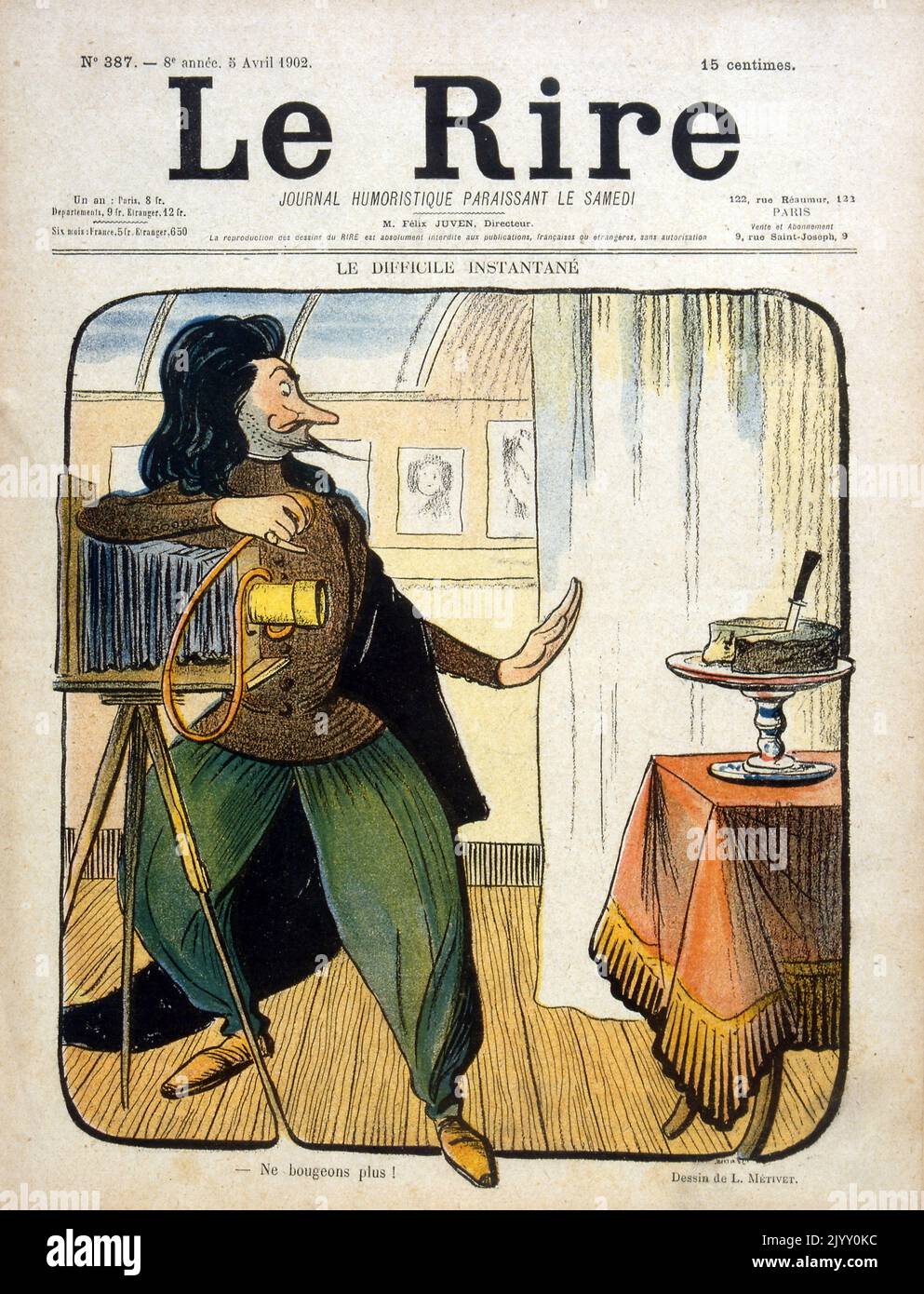
RM2JYY0KC–Caricature Illustration depicting a nineteenth century photographer. 'Le Rire' magazine 1902.
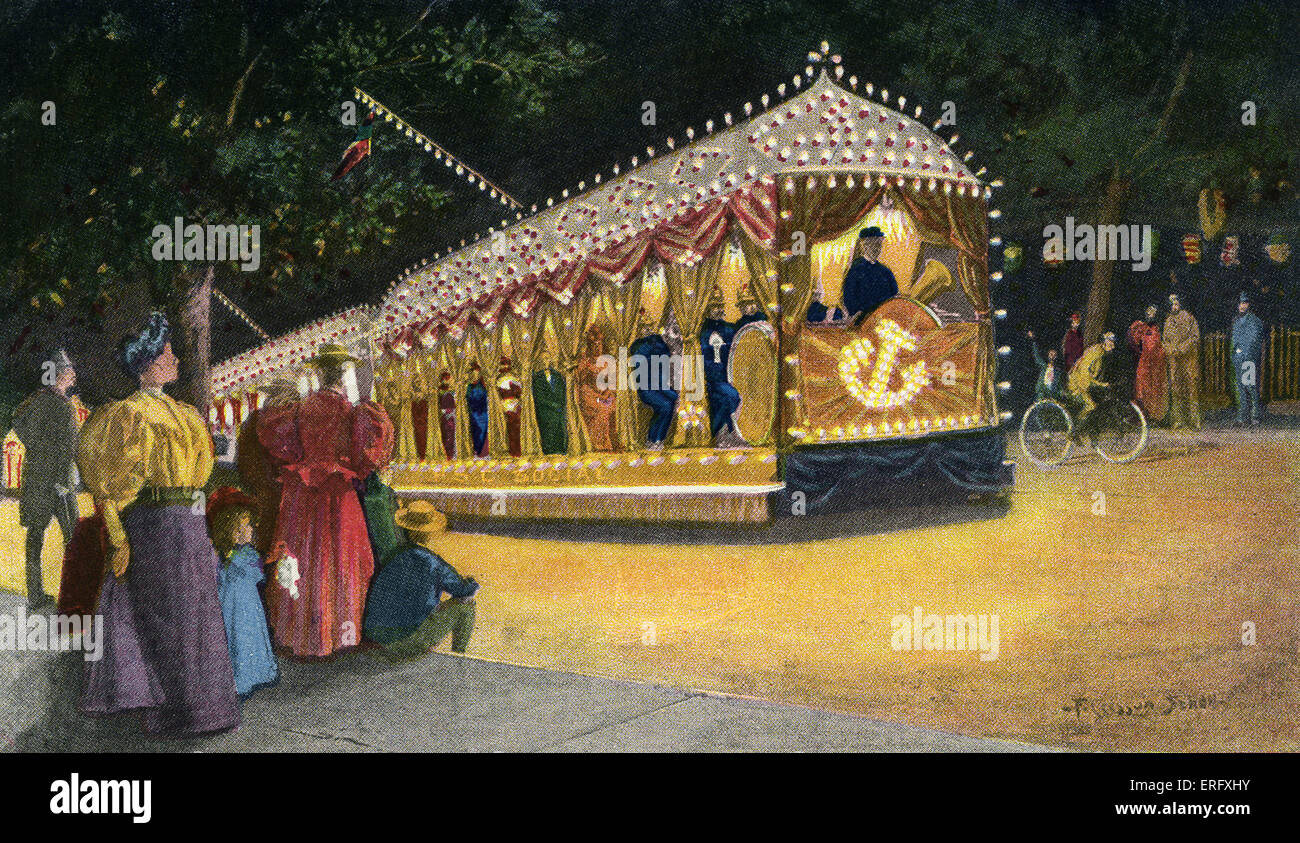
RMERFXHY–Nineteenth-century American tram, New York. Caption reads: 'Do you remember when we went joy riding in trolley cars all lighted
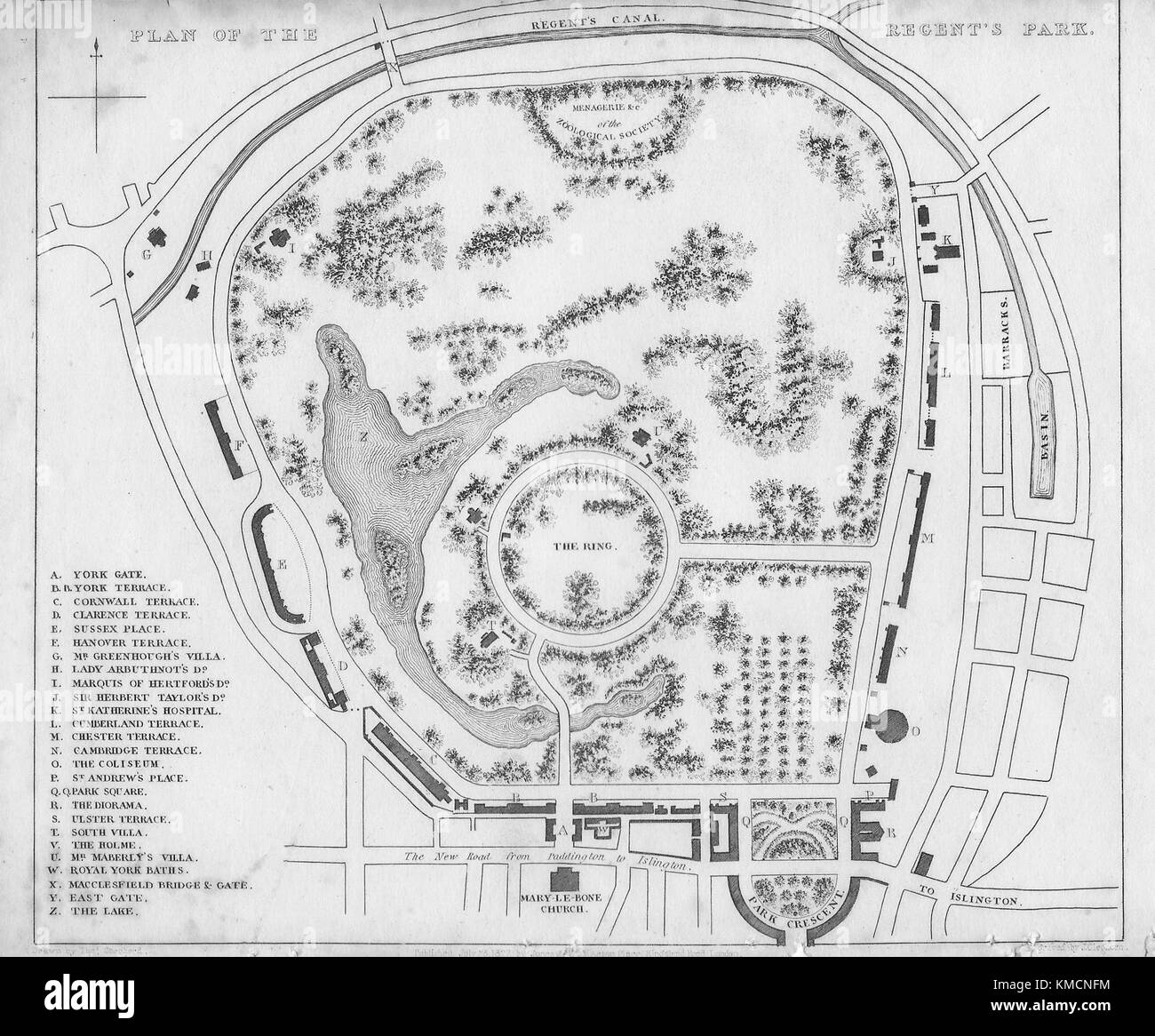
RMKMCNFM–Plan of the Regent's Park, engraving 'Metropolitan Improvements, or London in the Nineteenth Century' London, England, UK 1828
Search Results for Nineteenth century Stock Photos and Images (435,845)
Page 1 of 500
